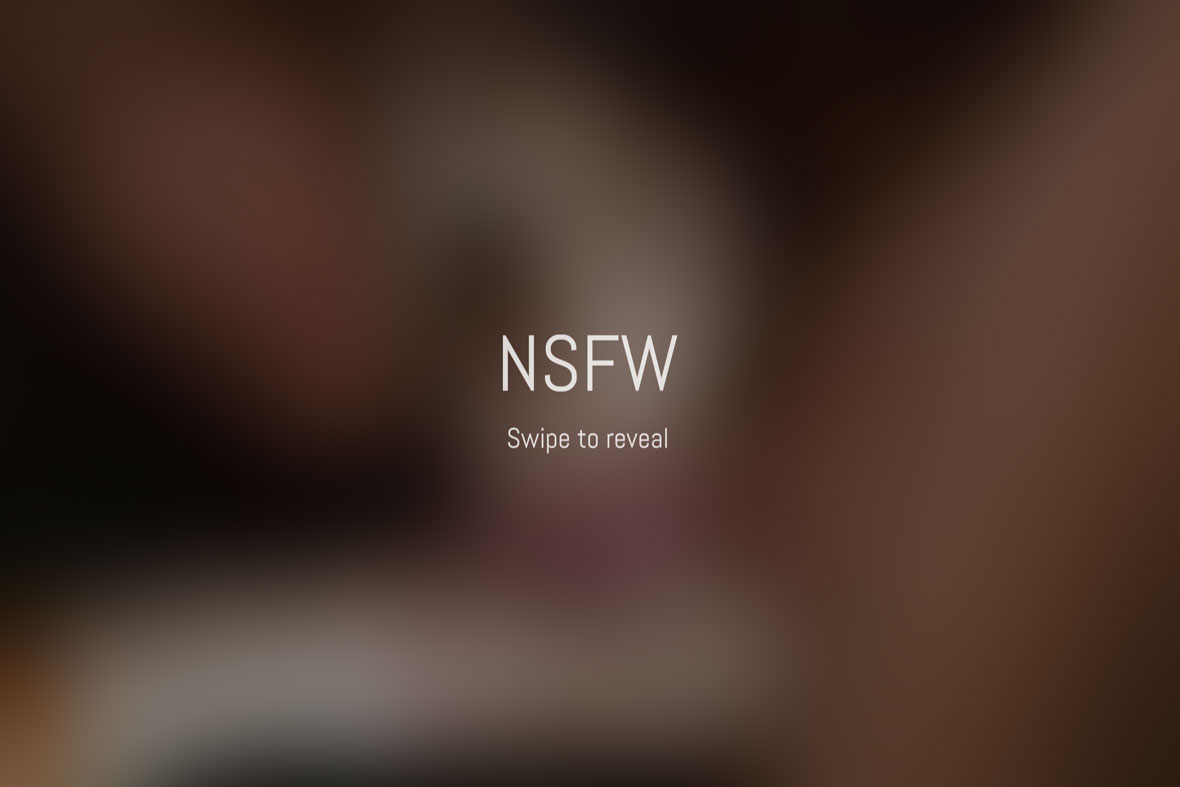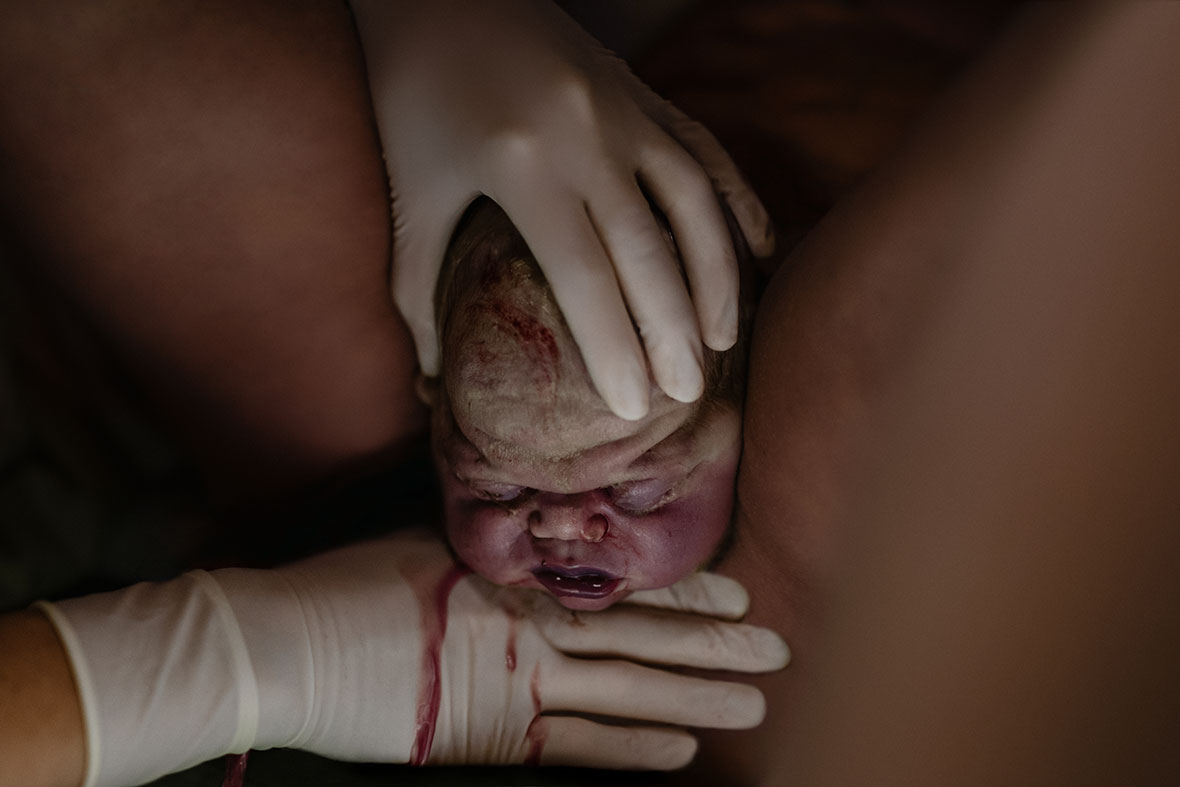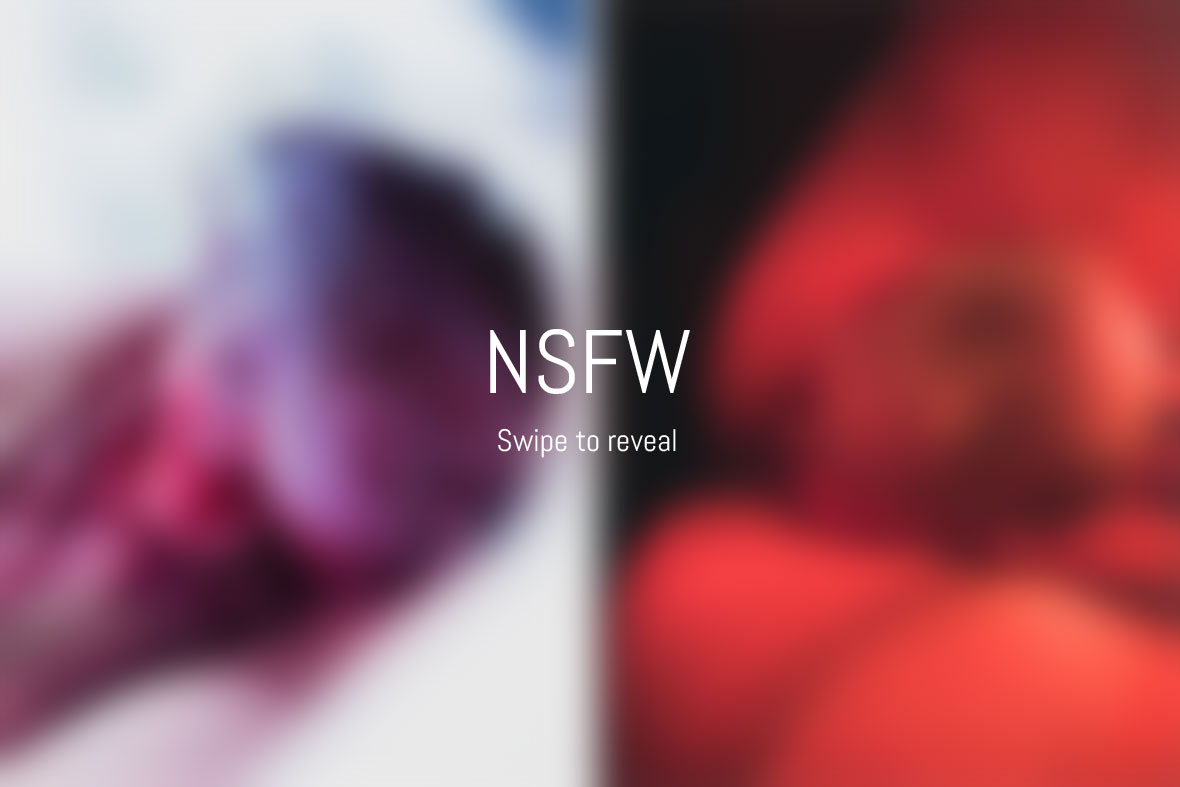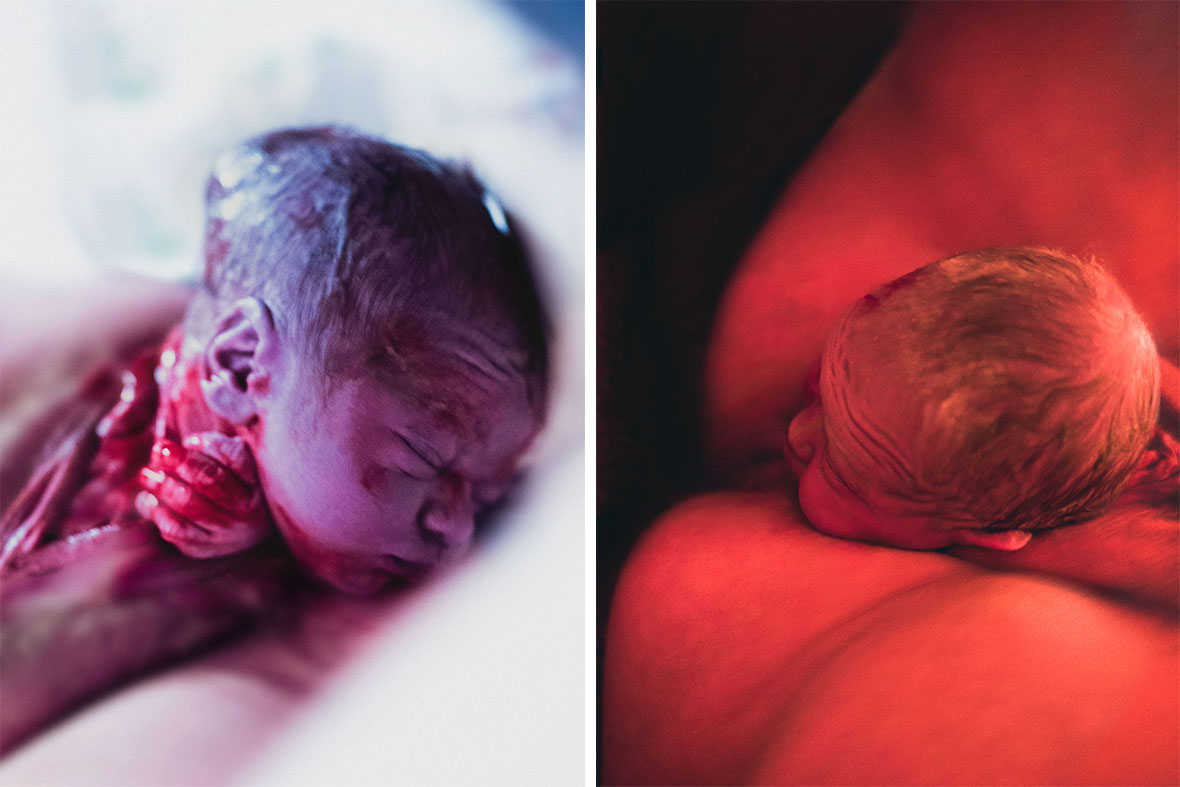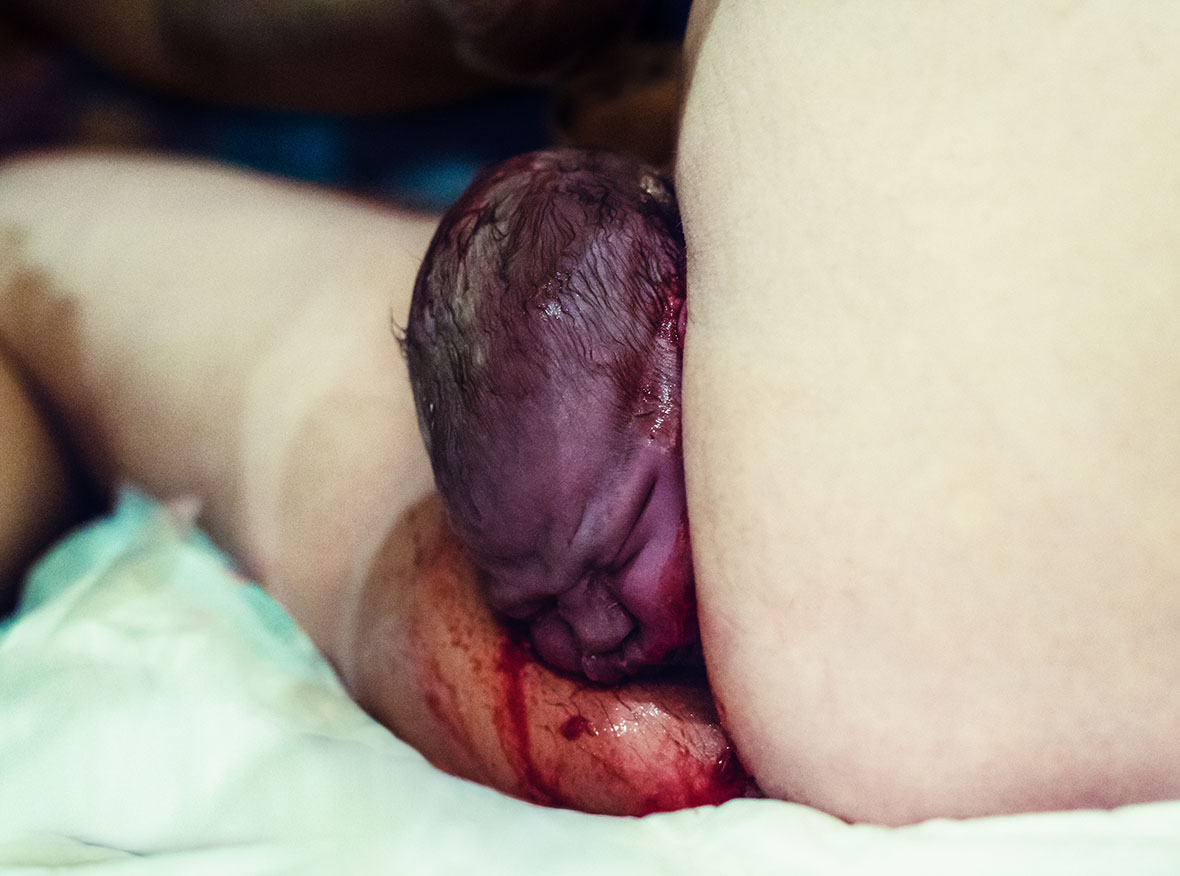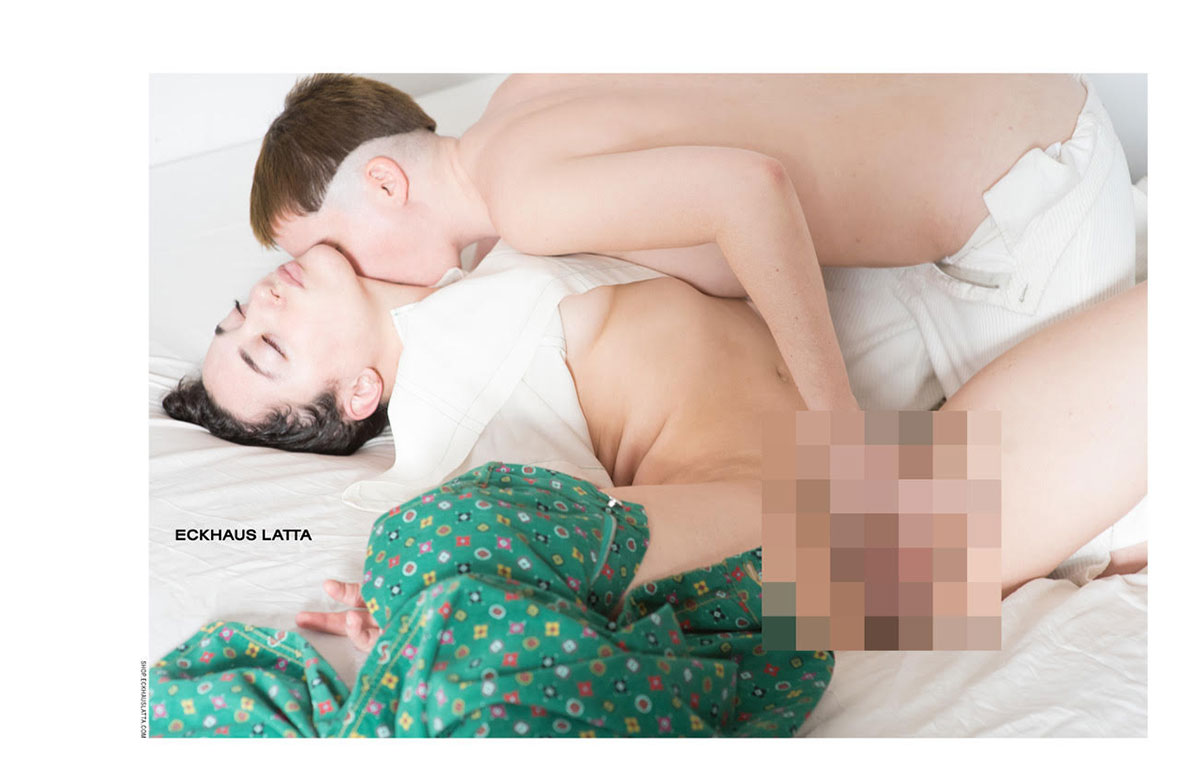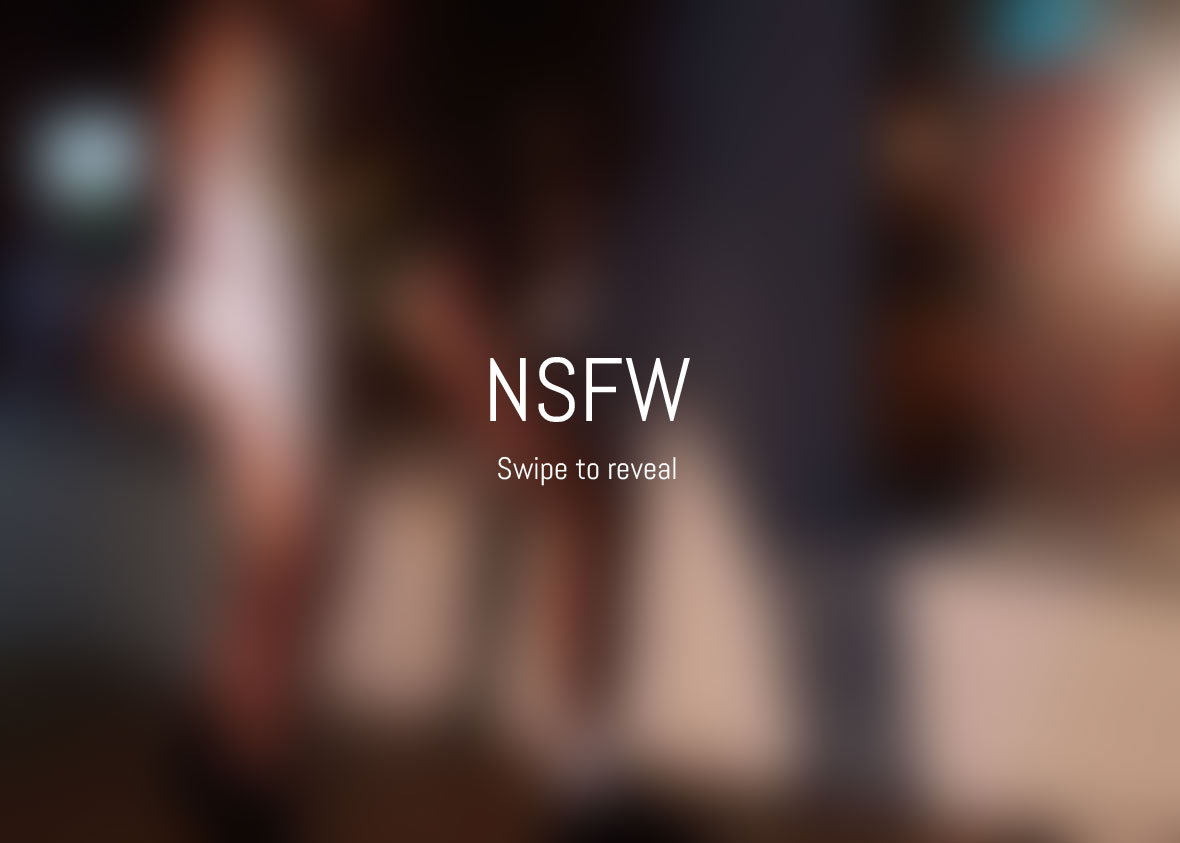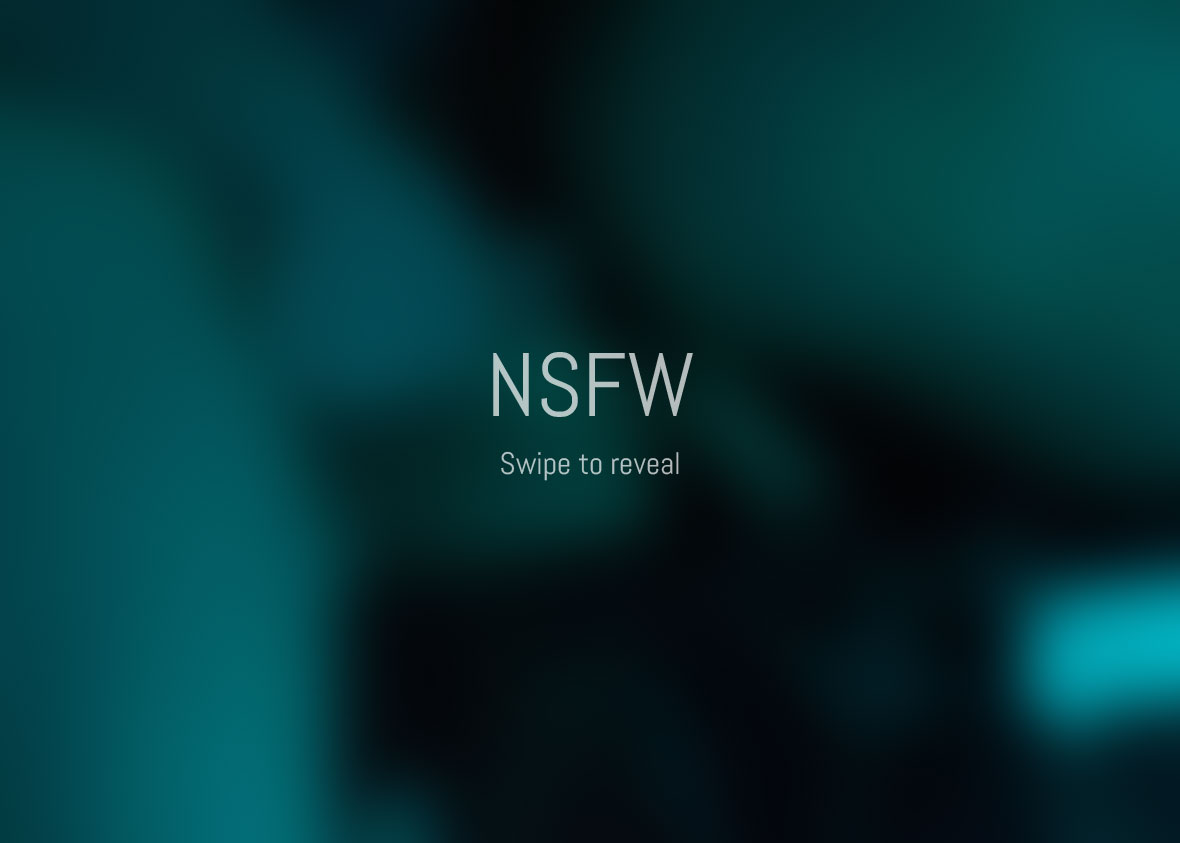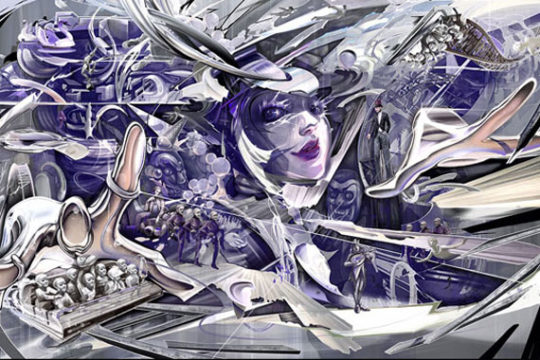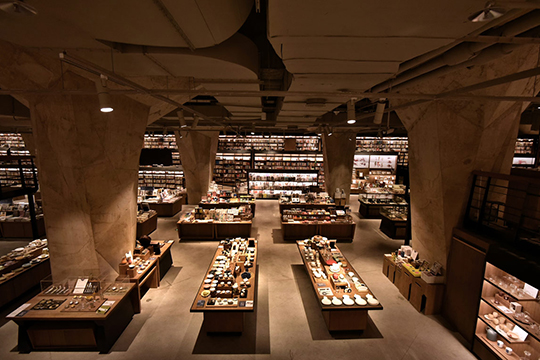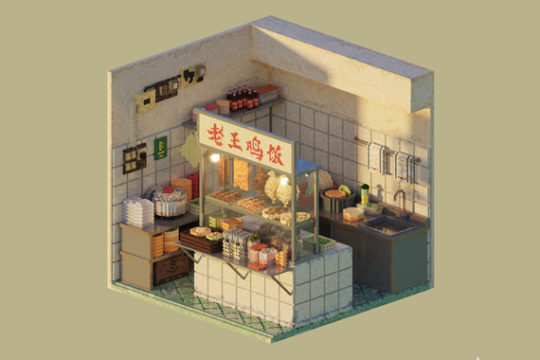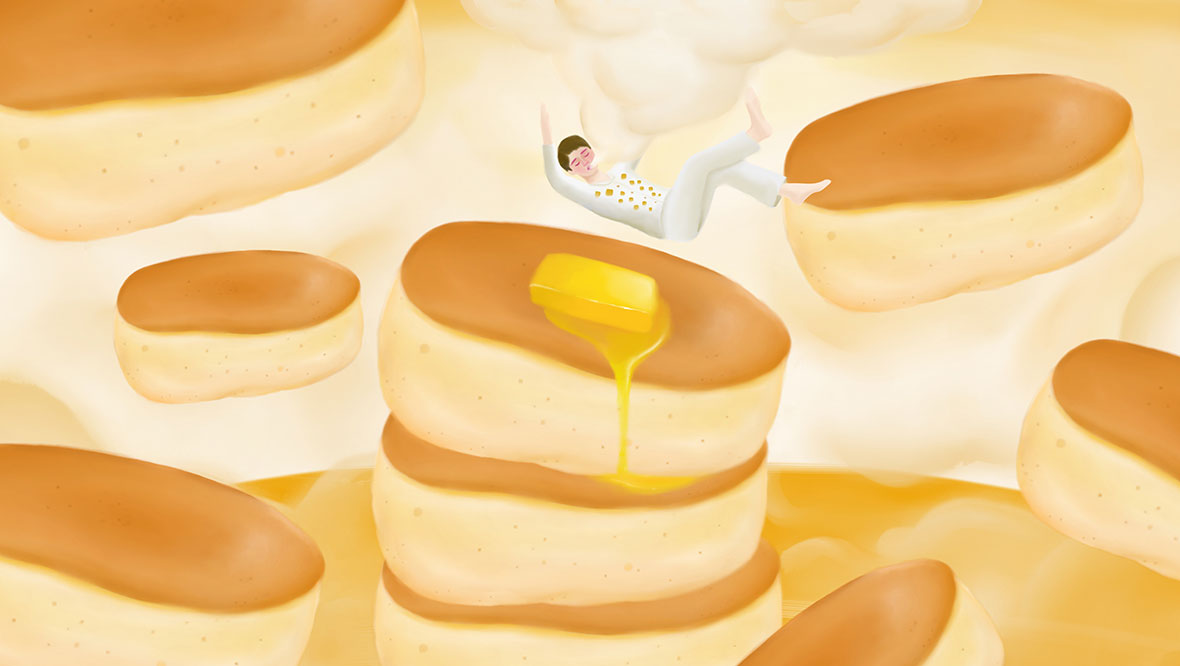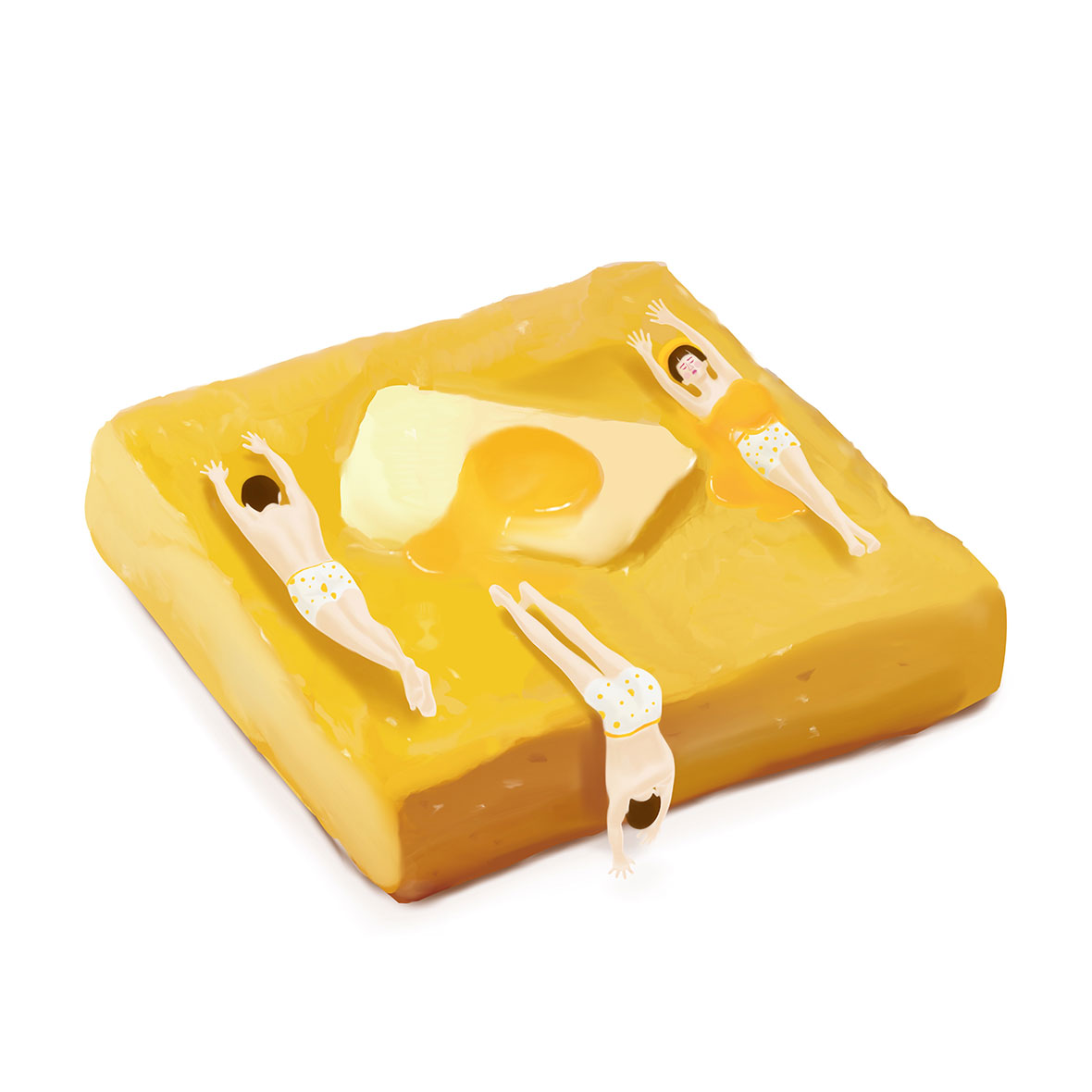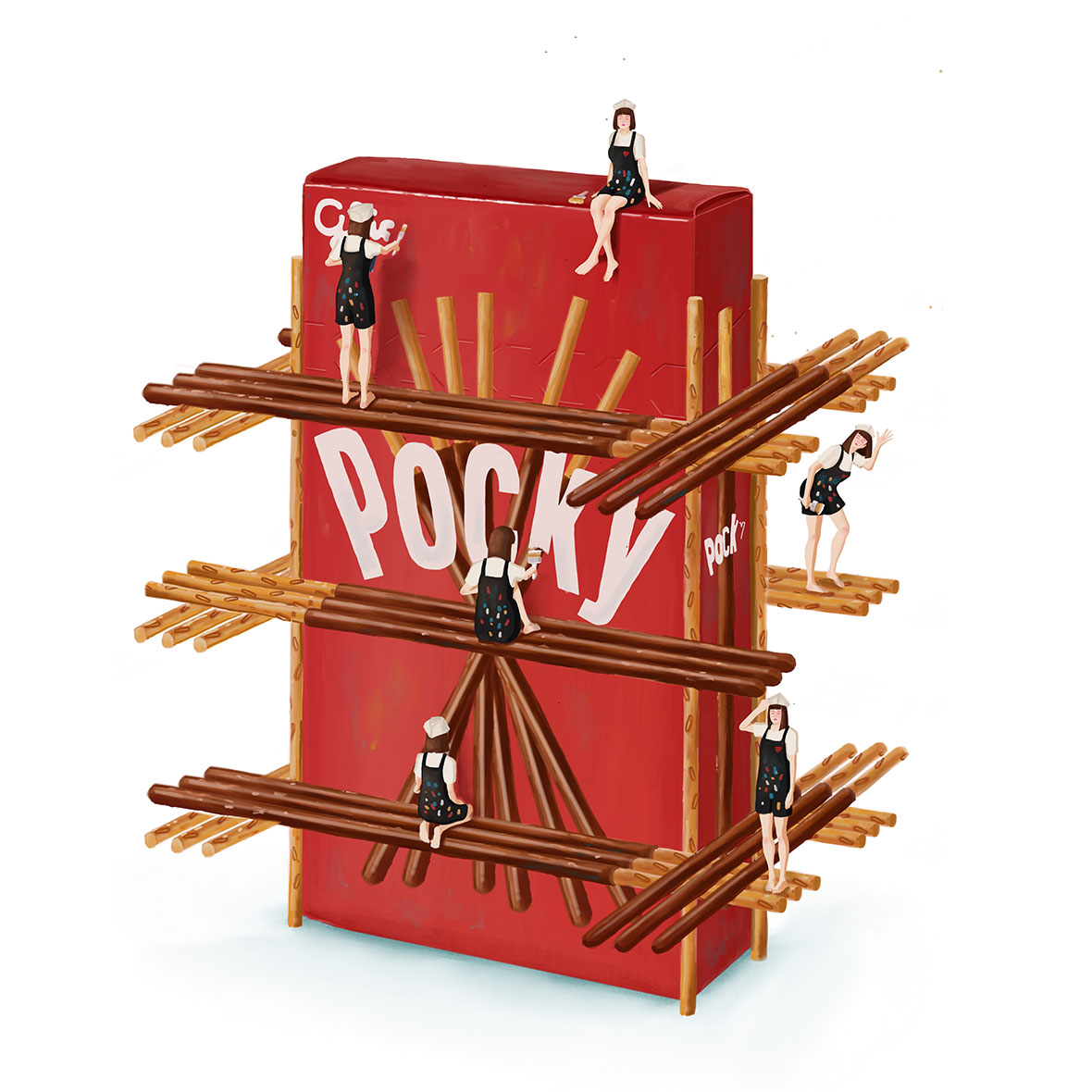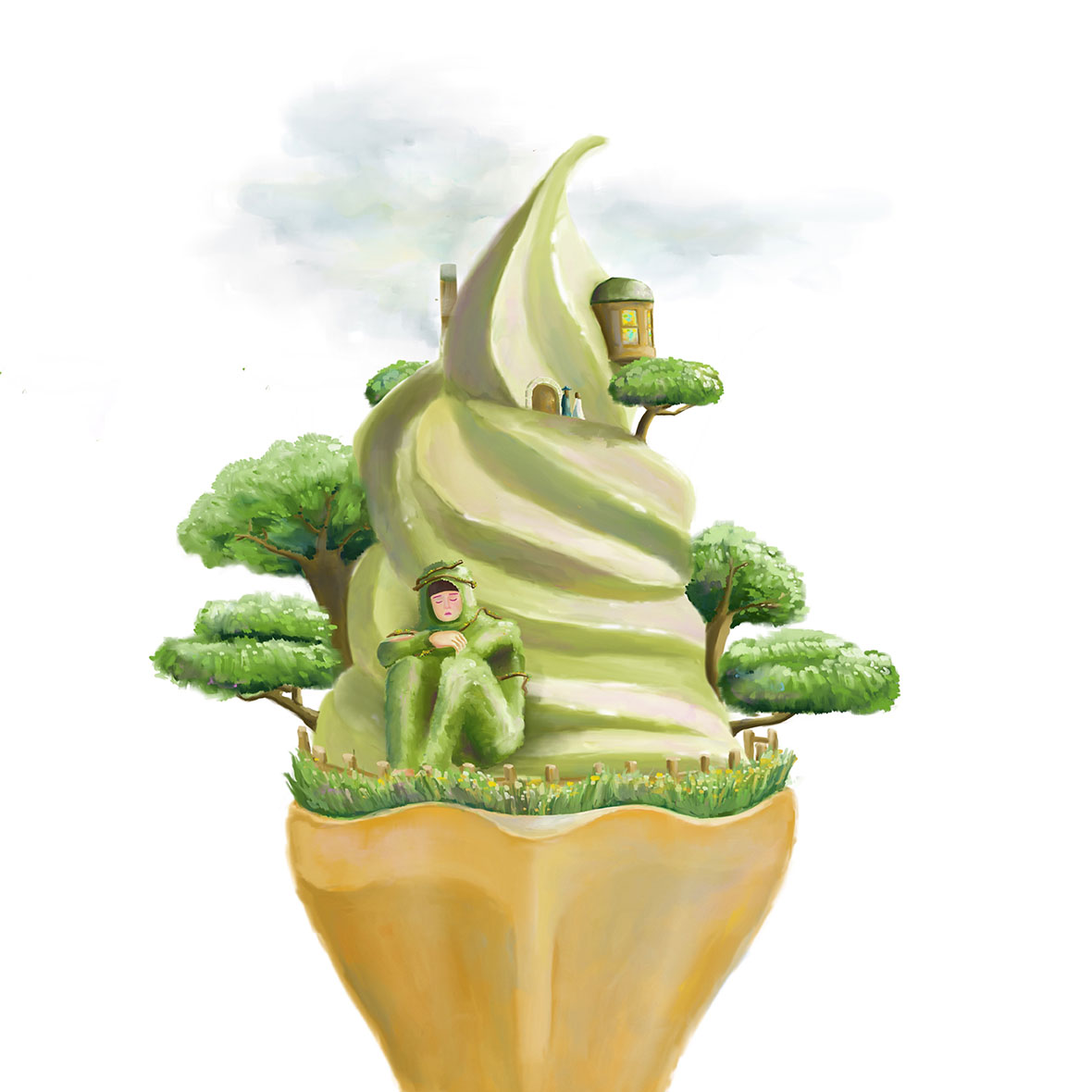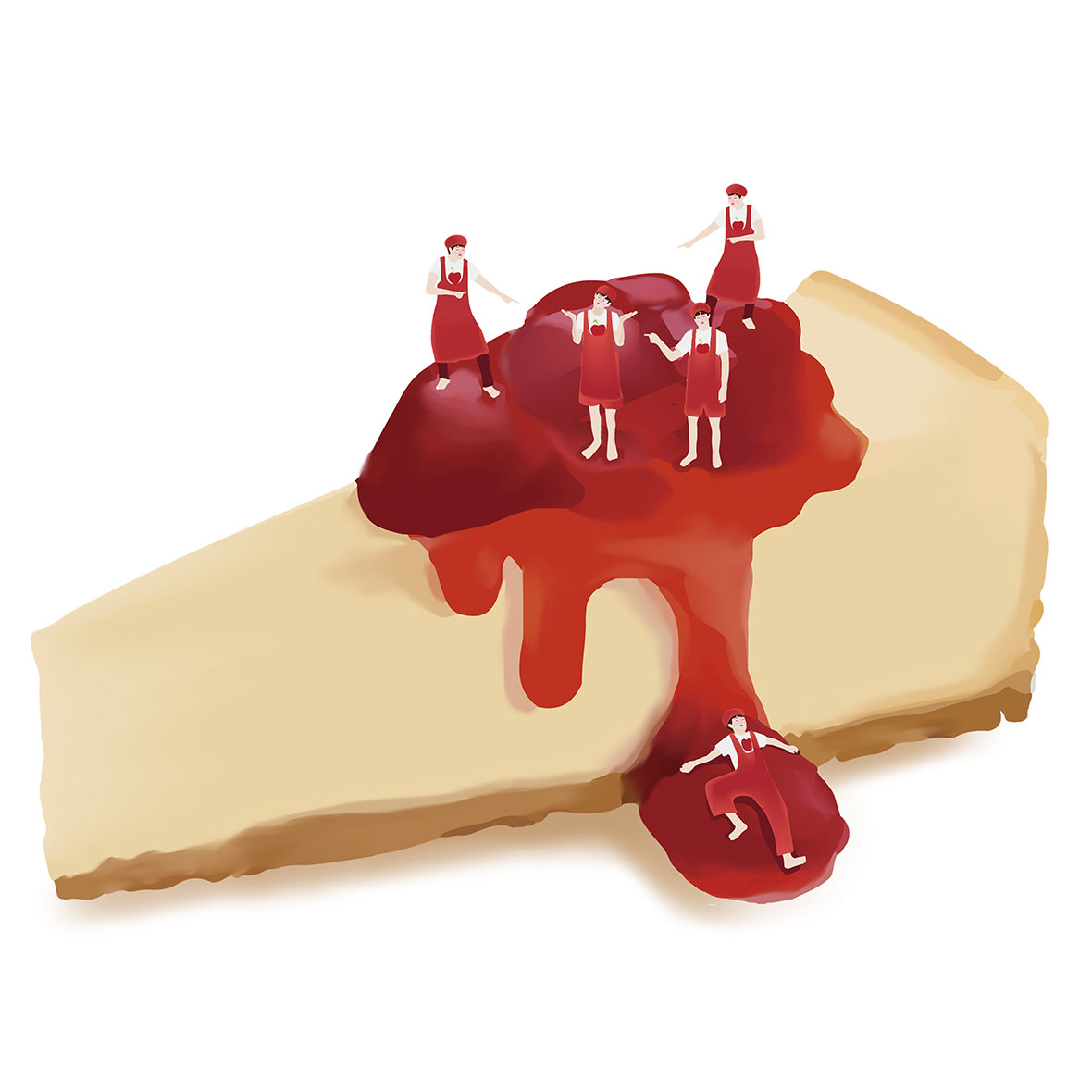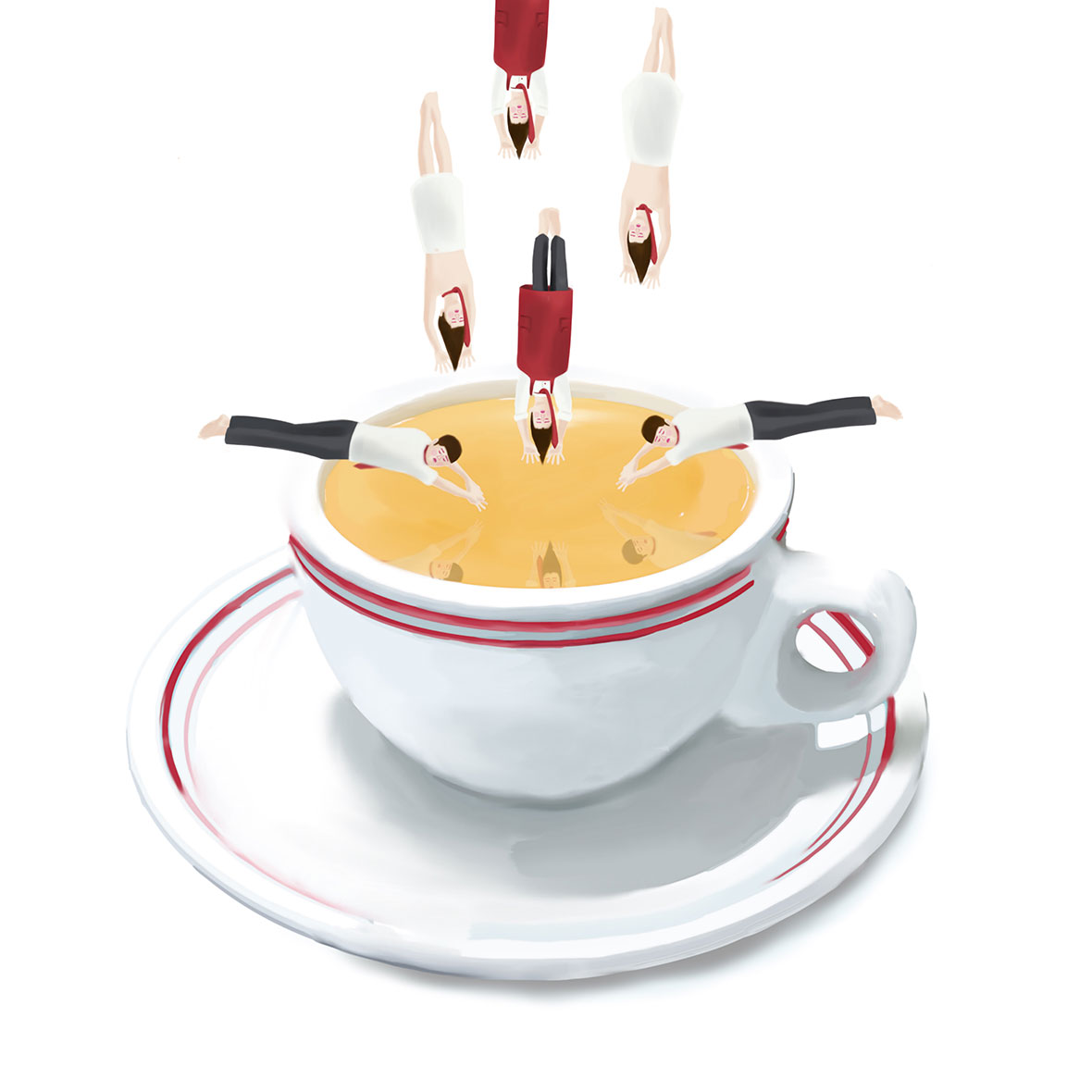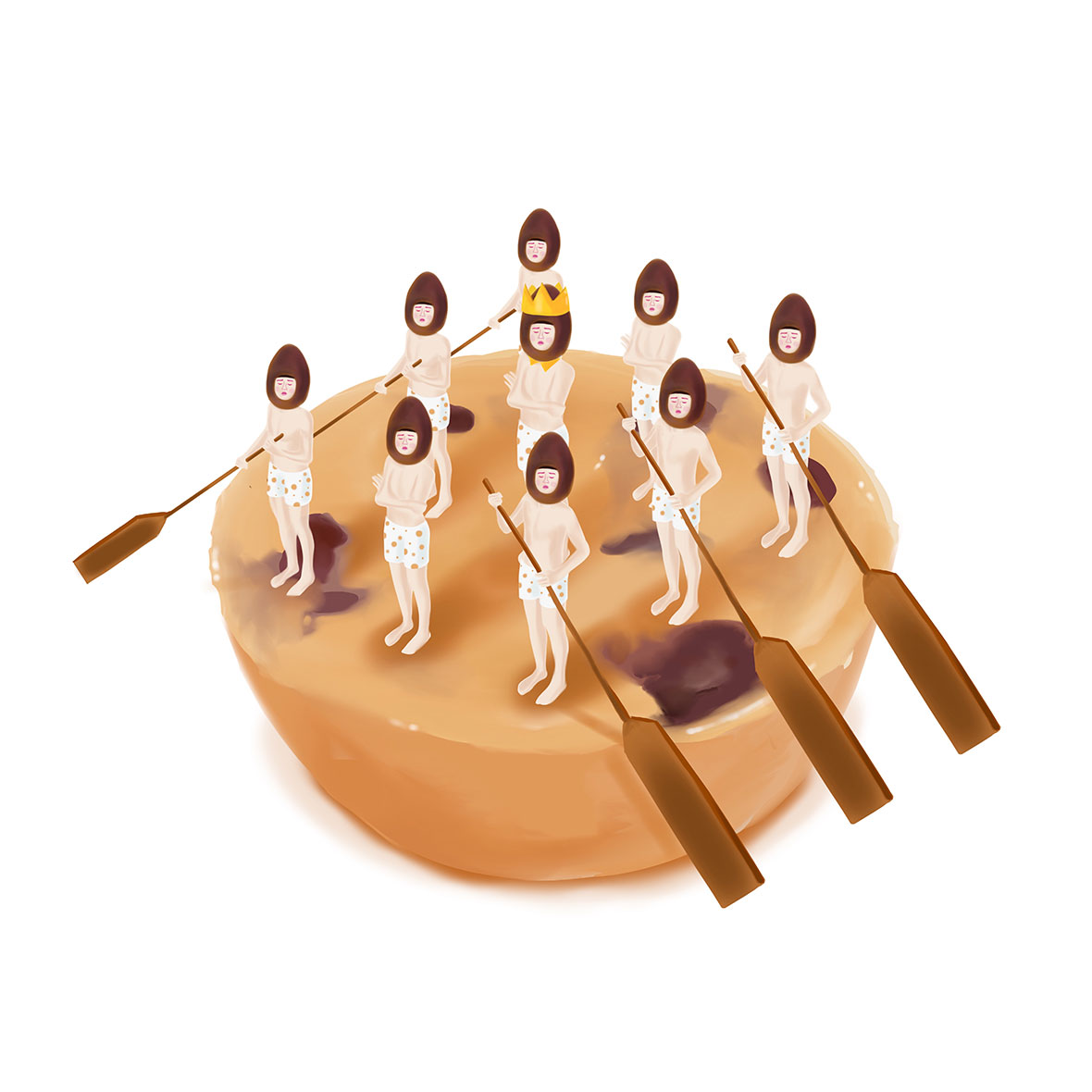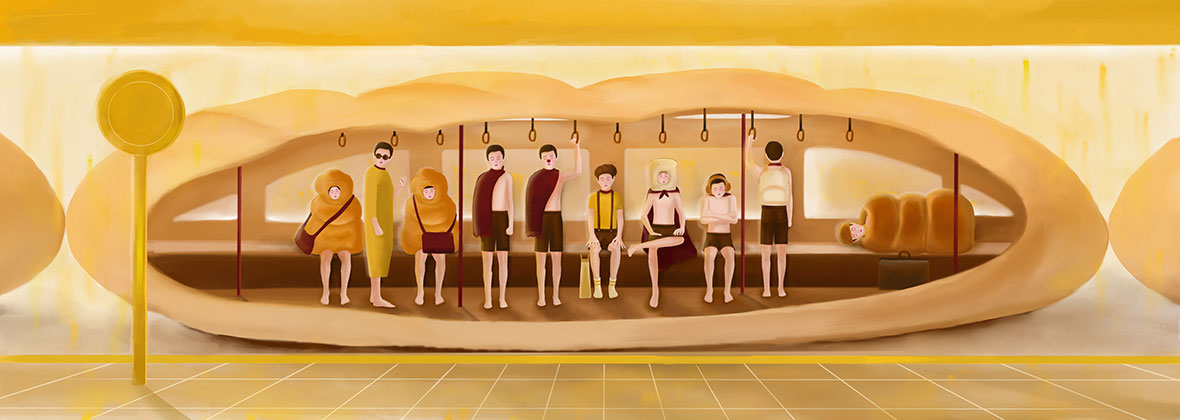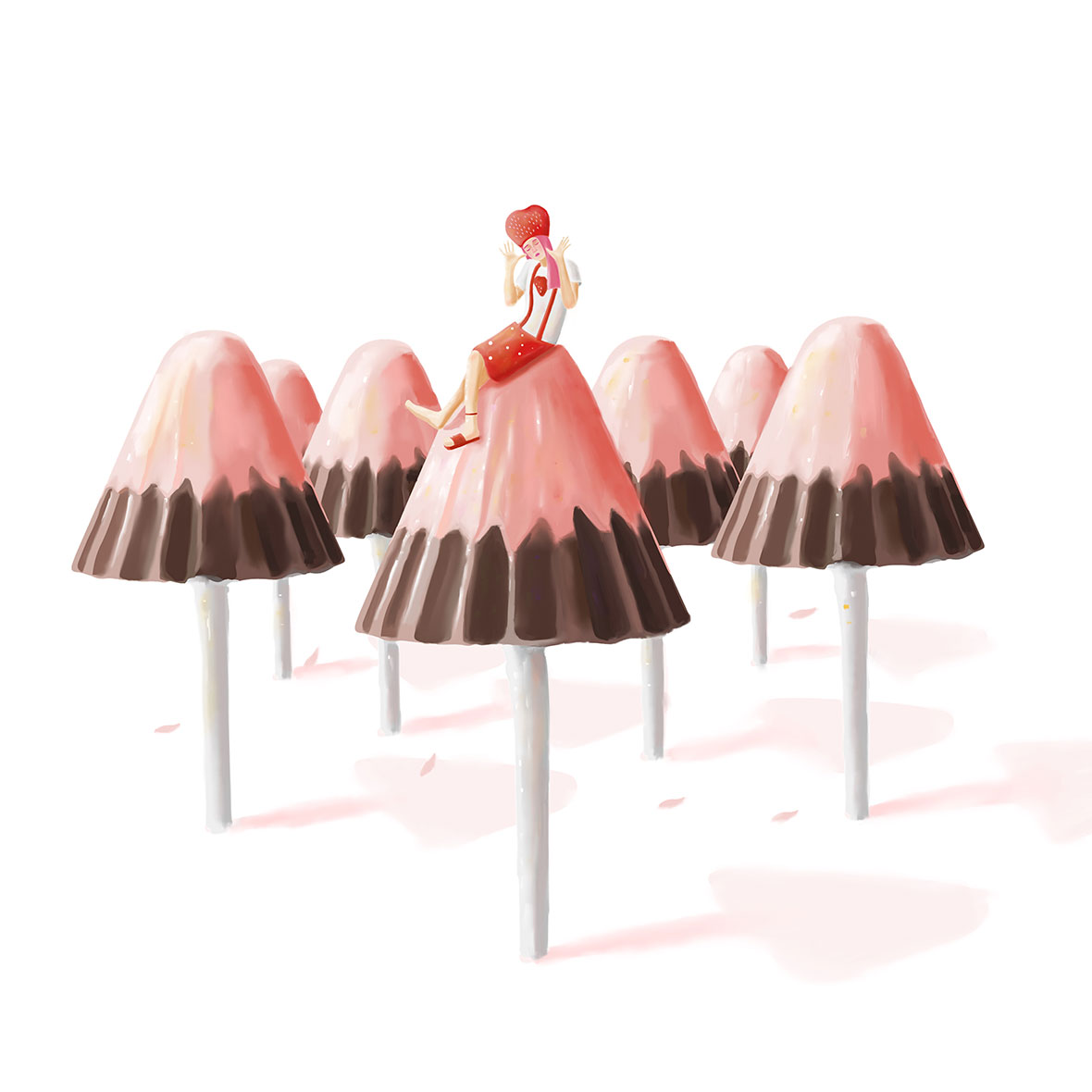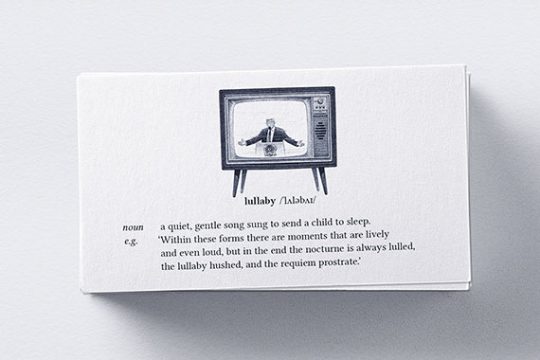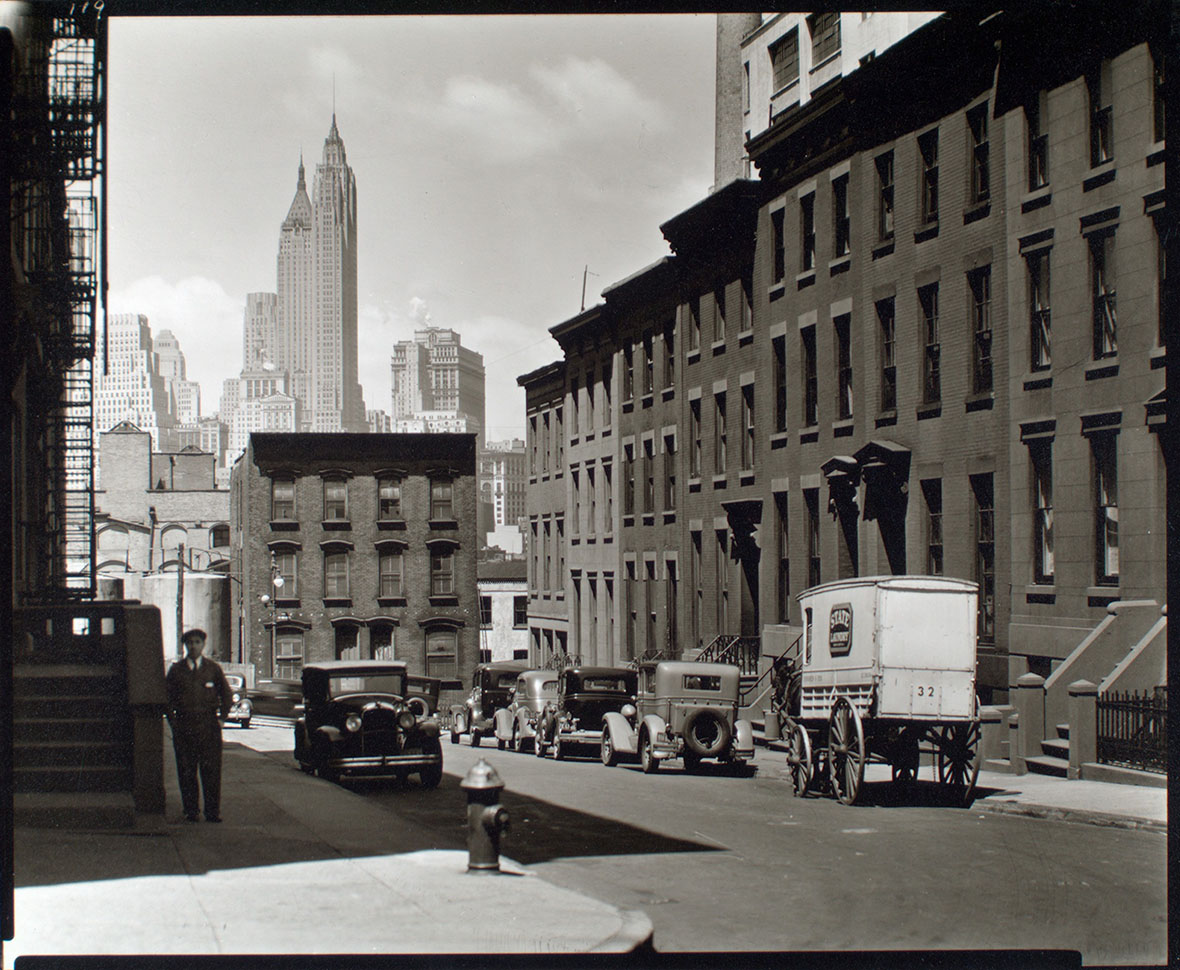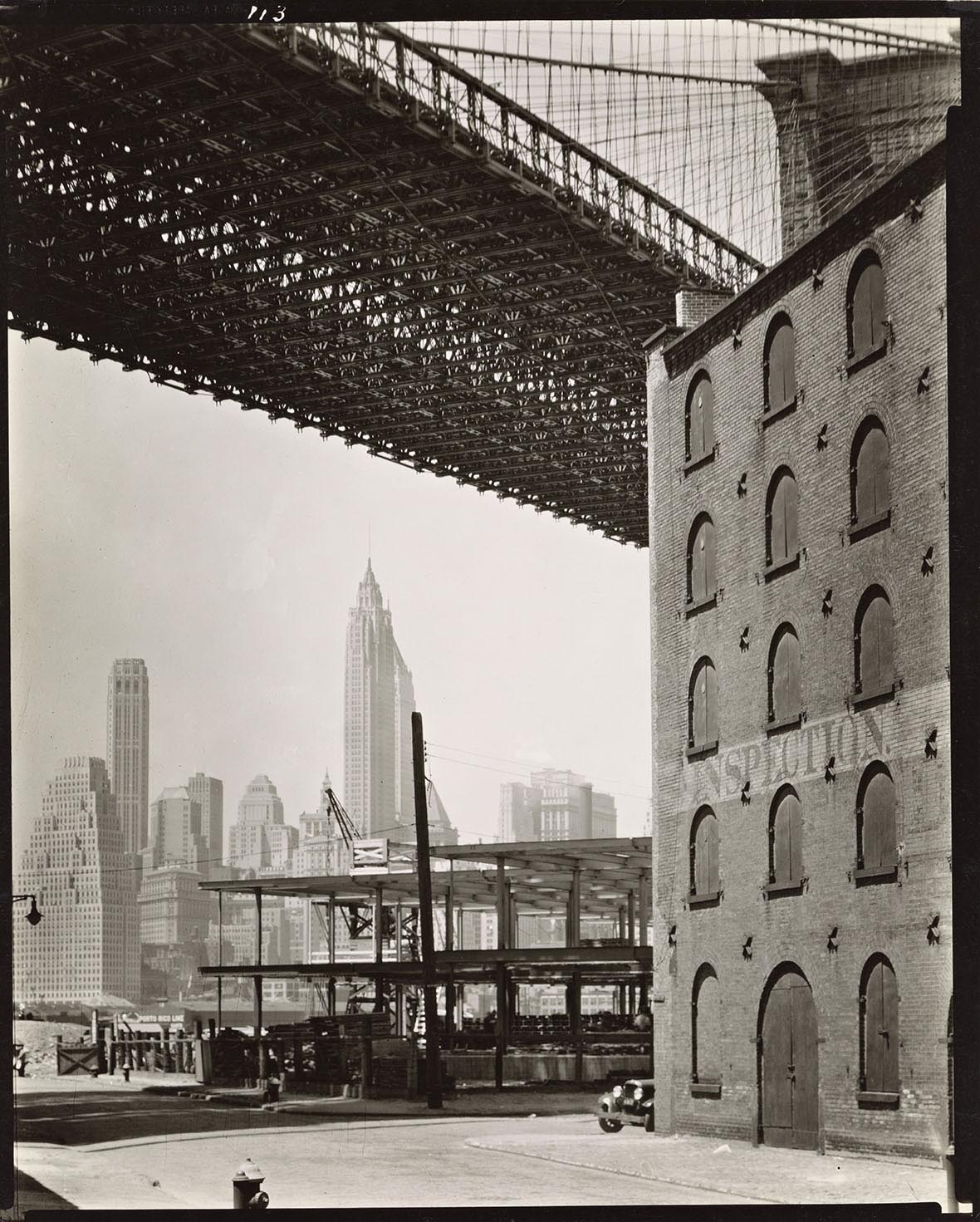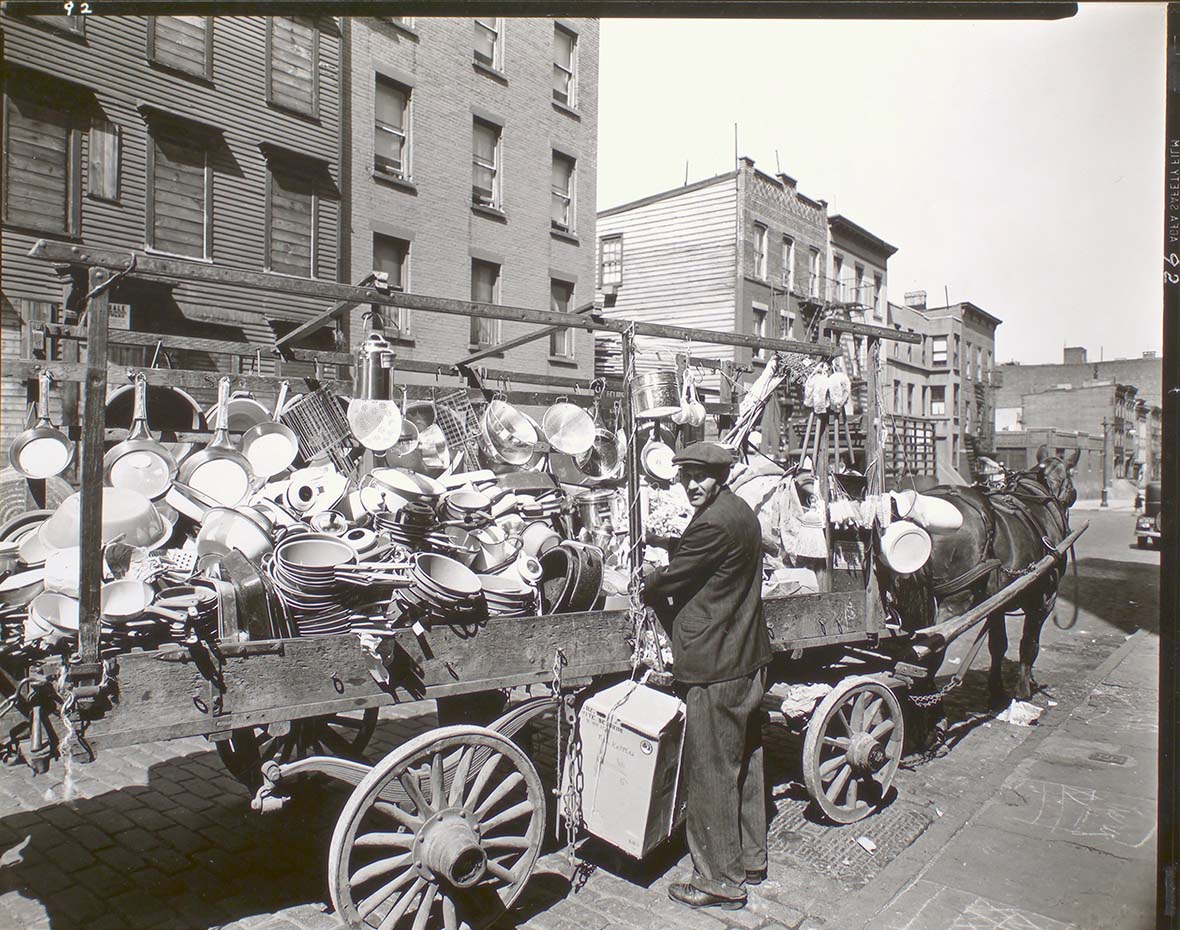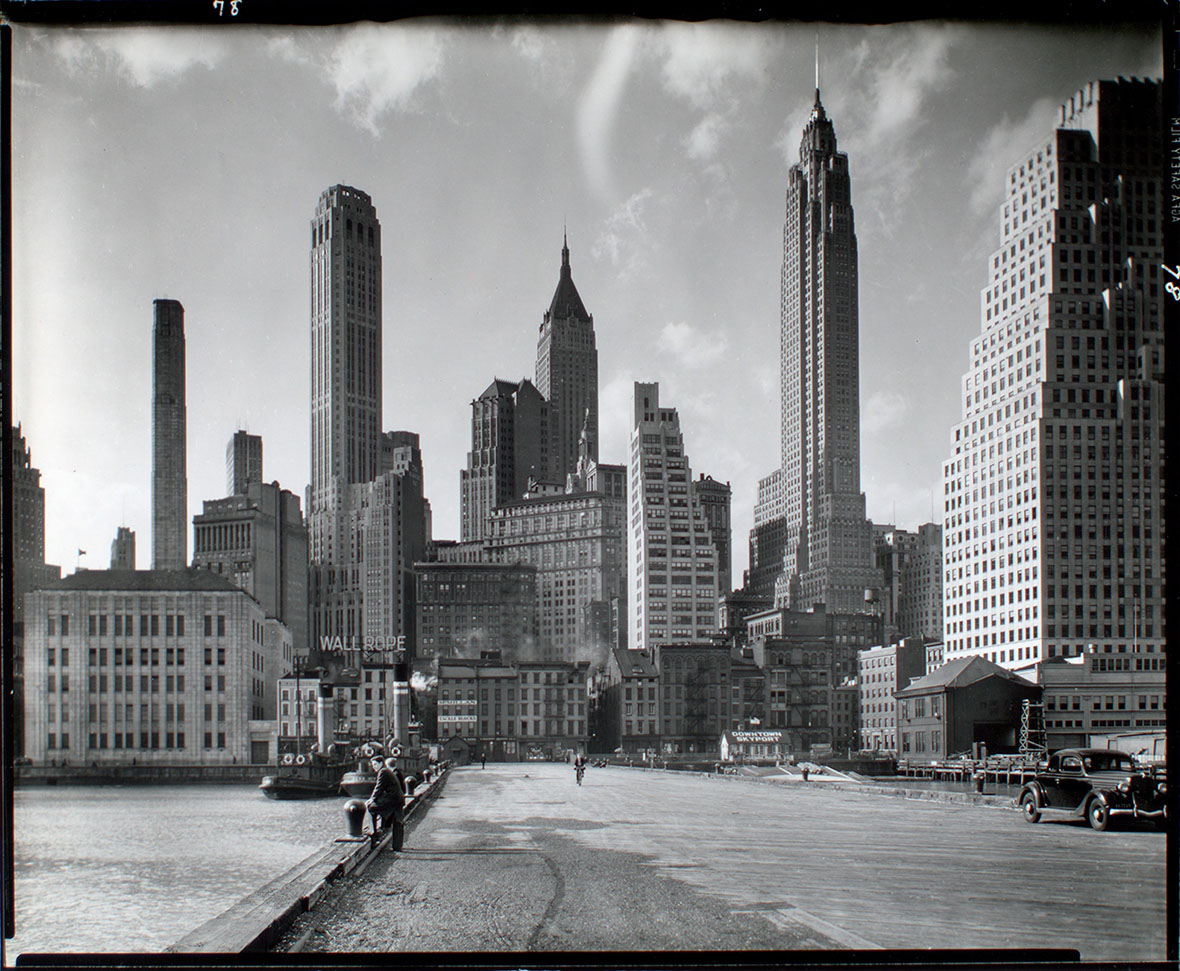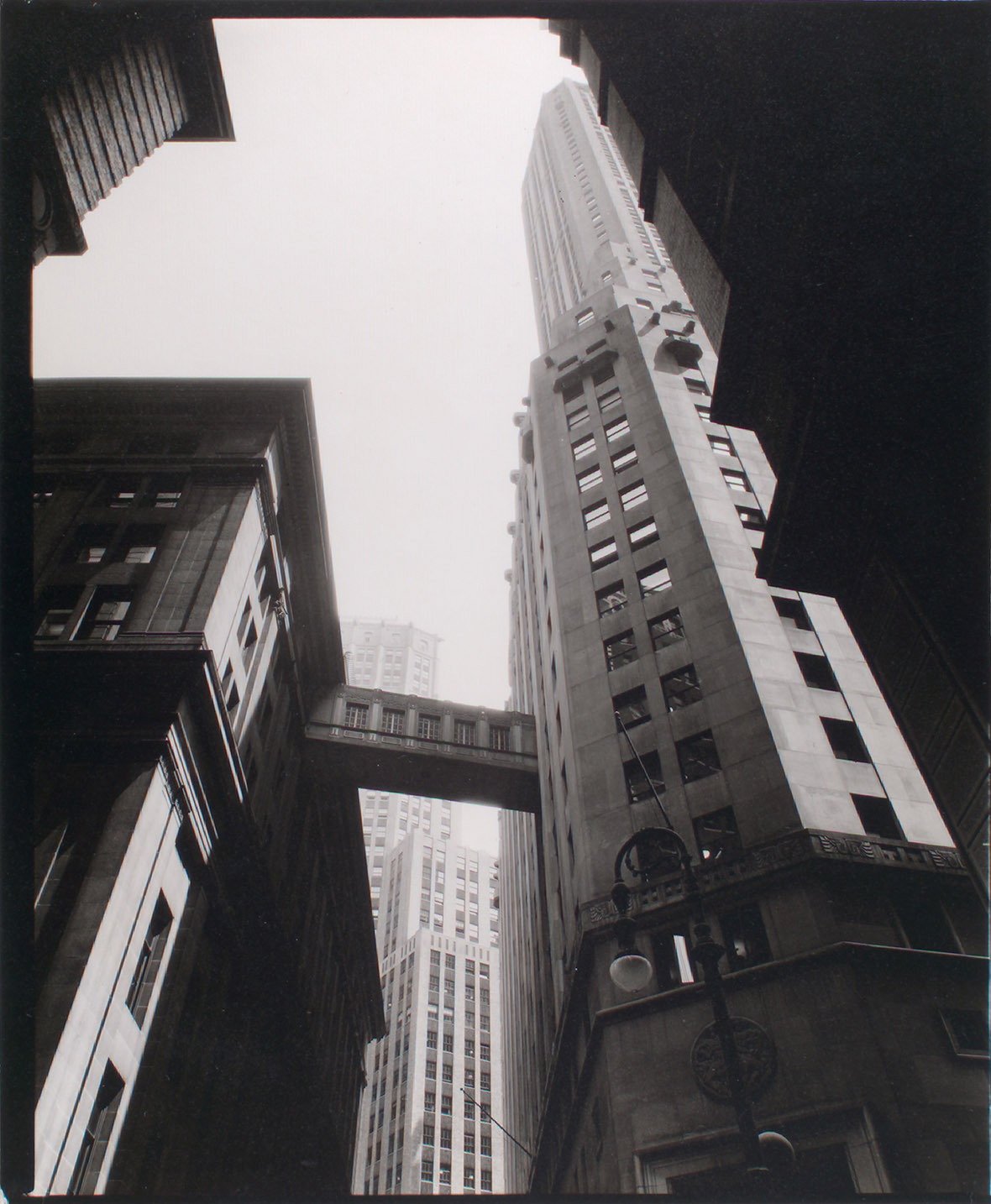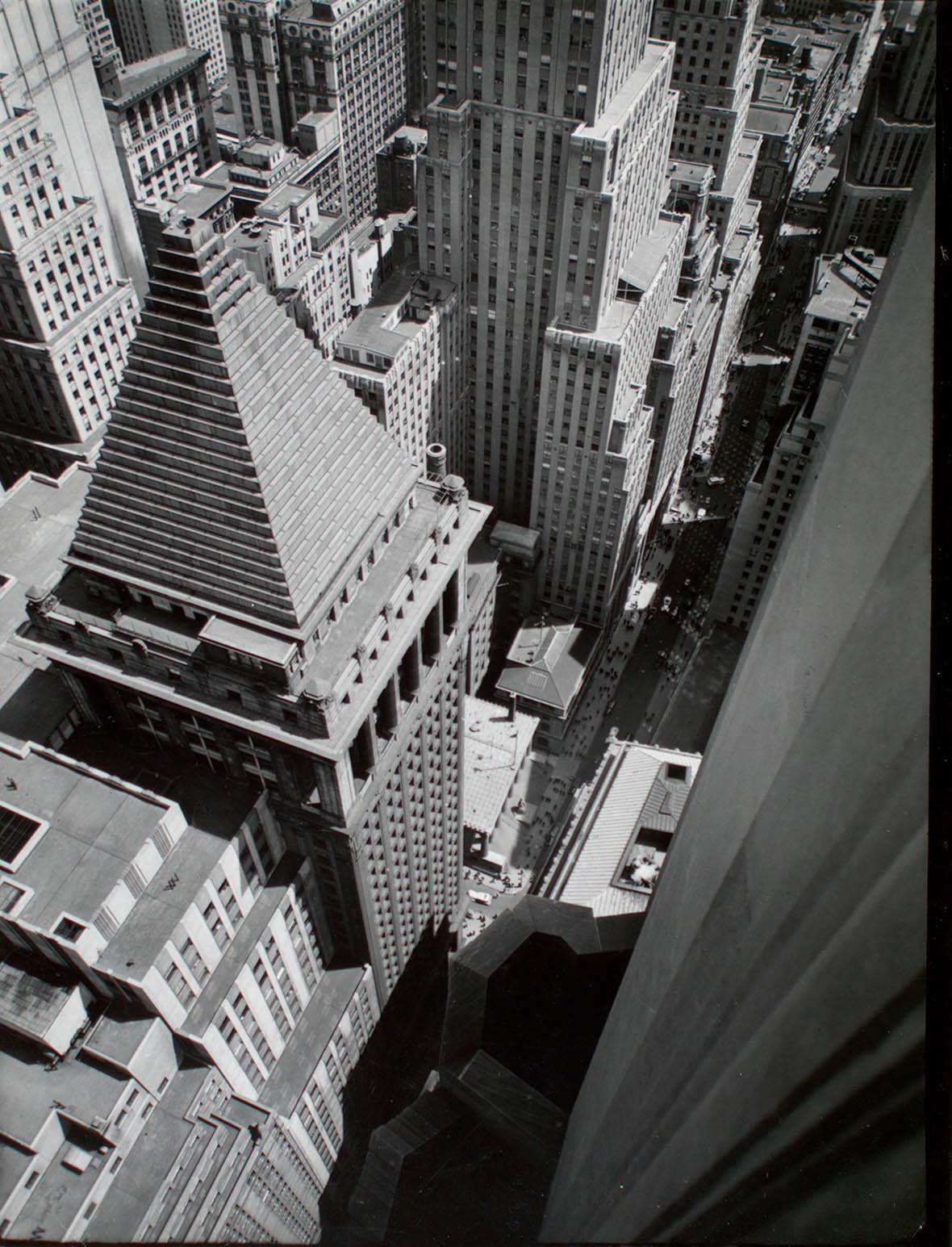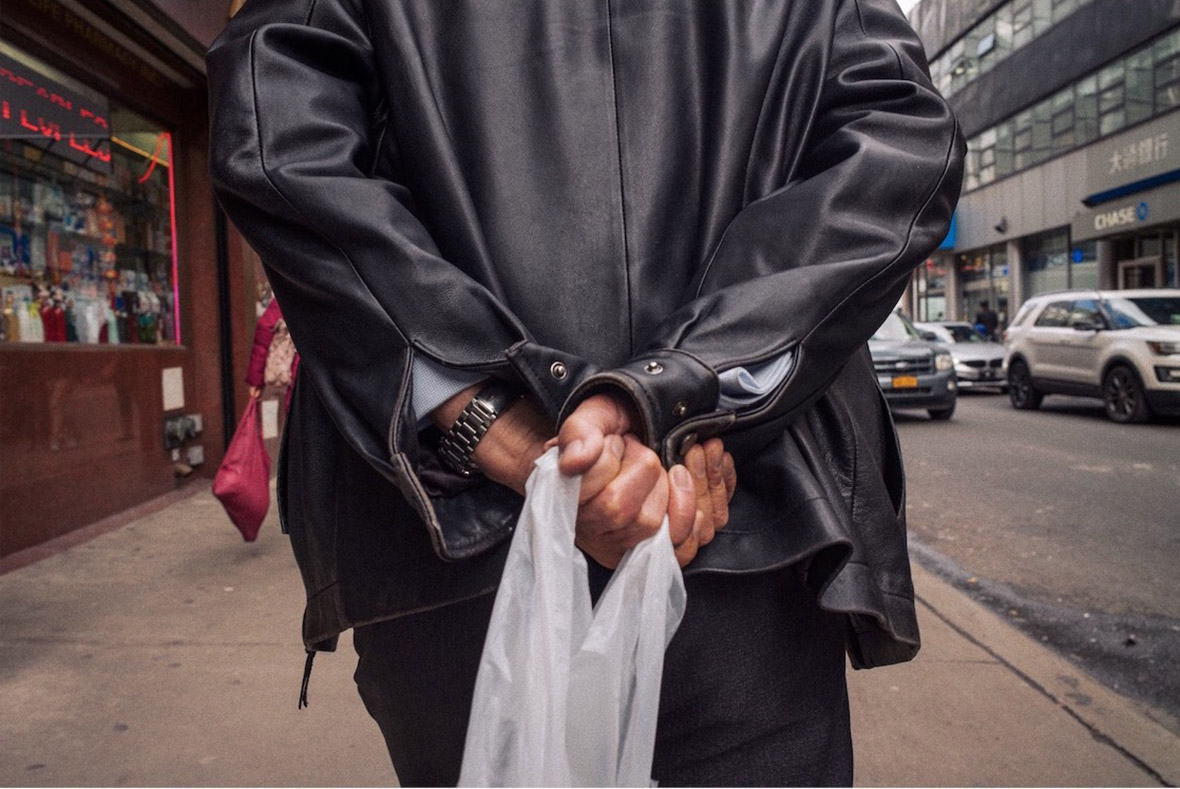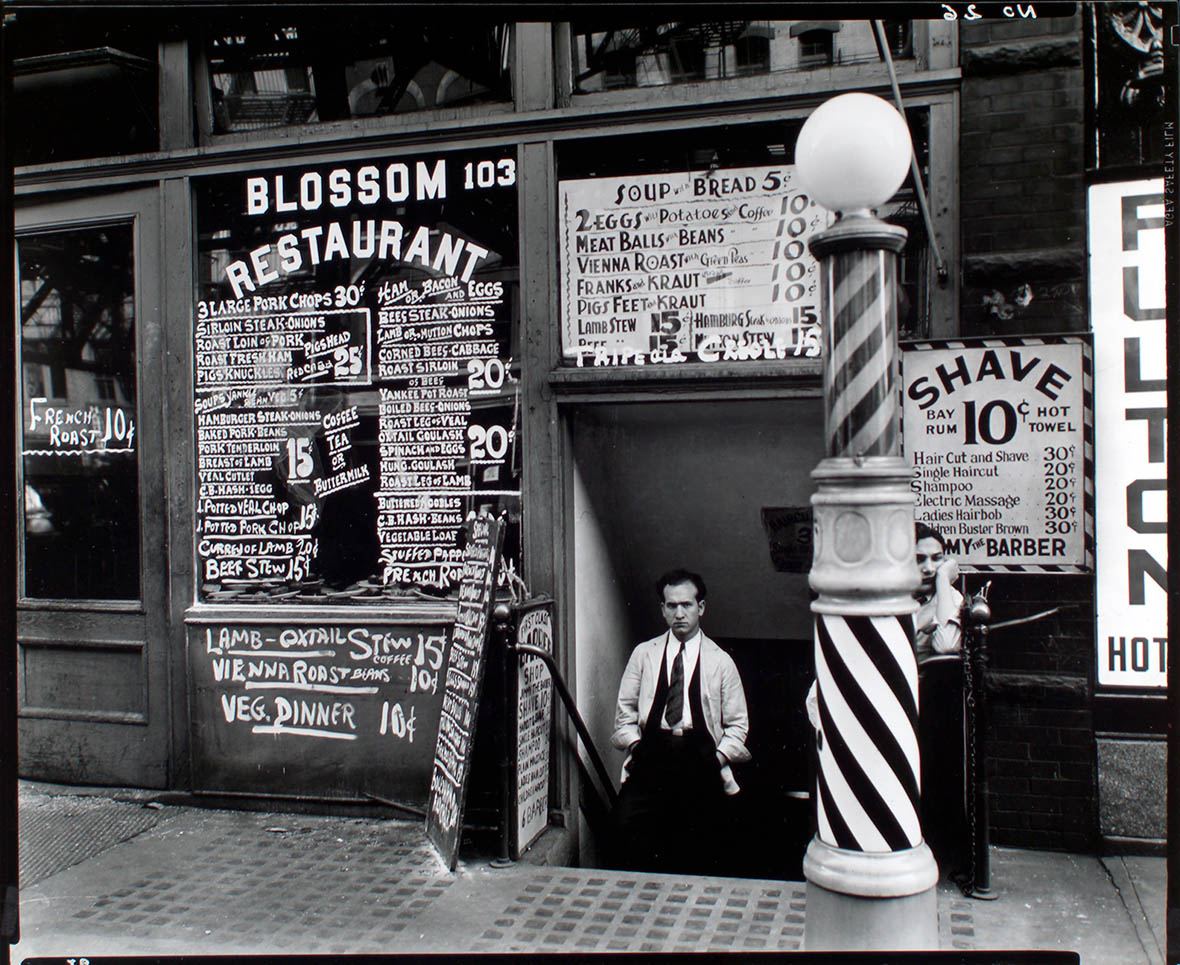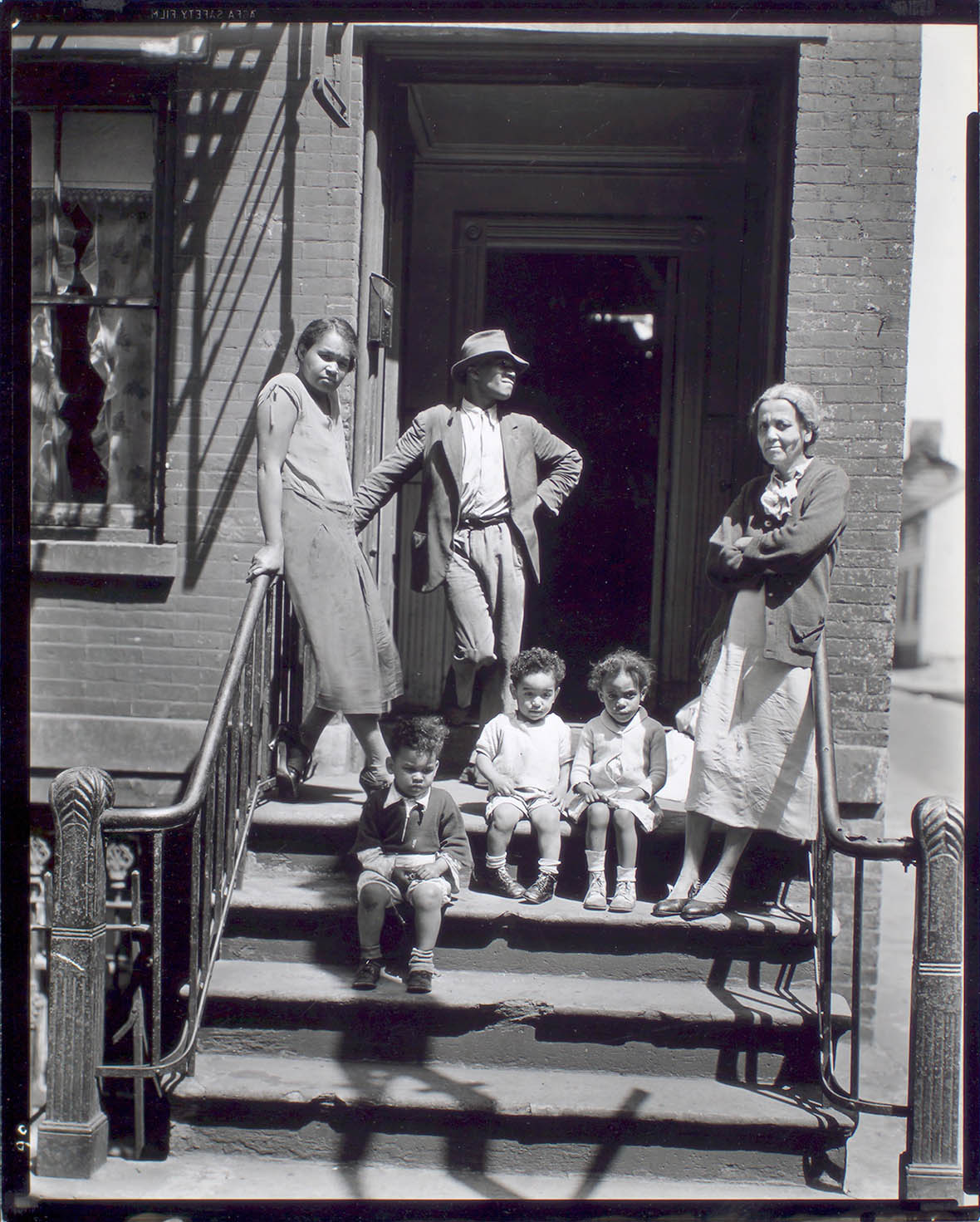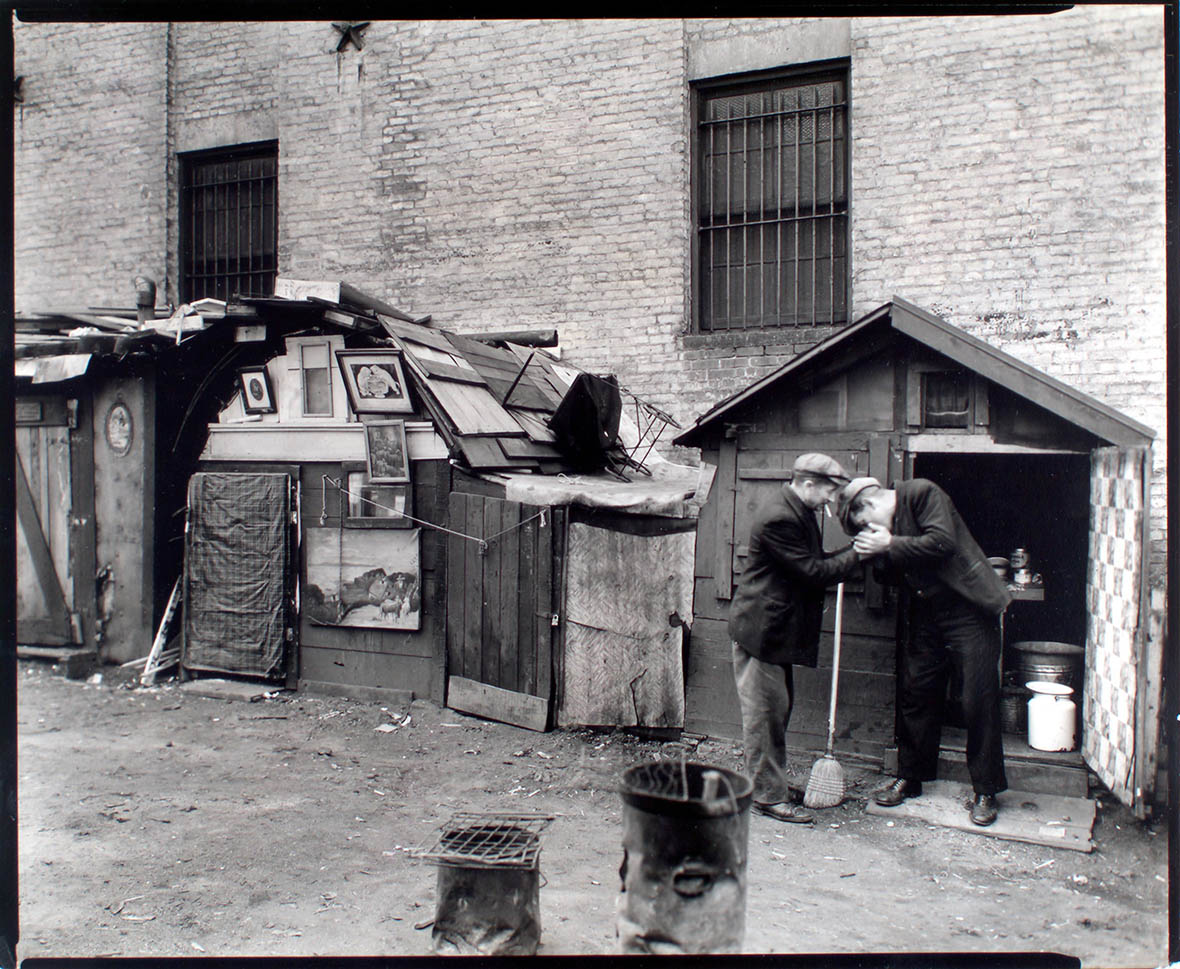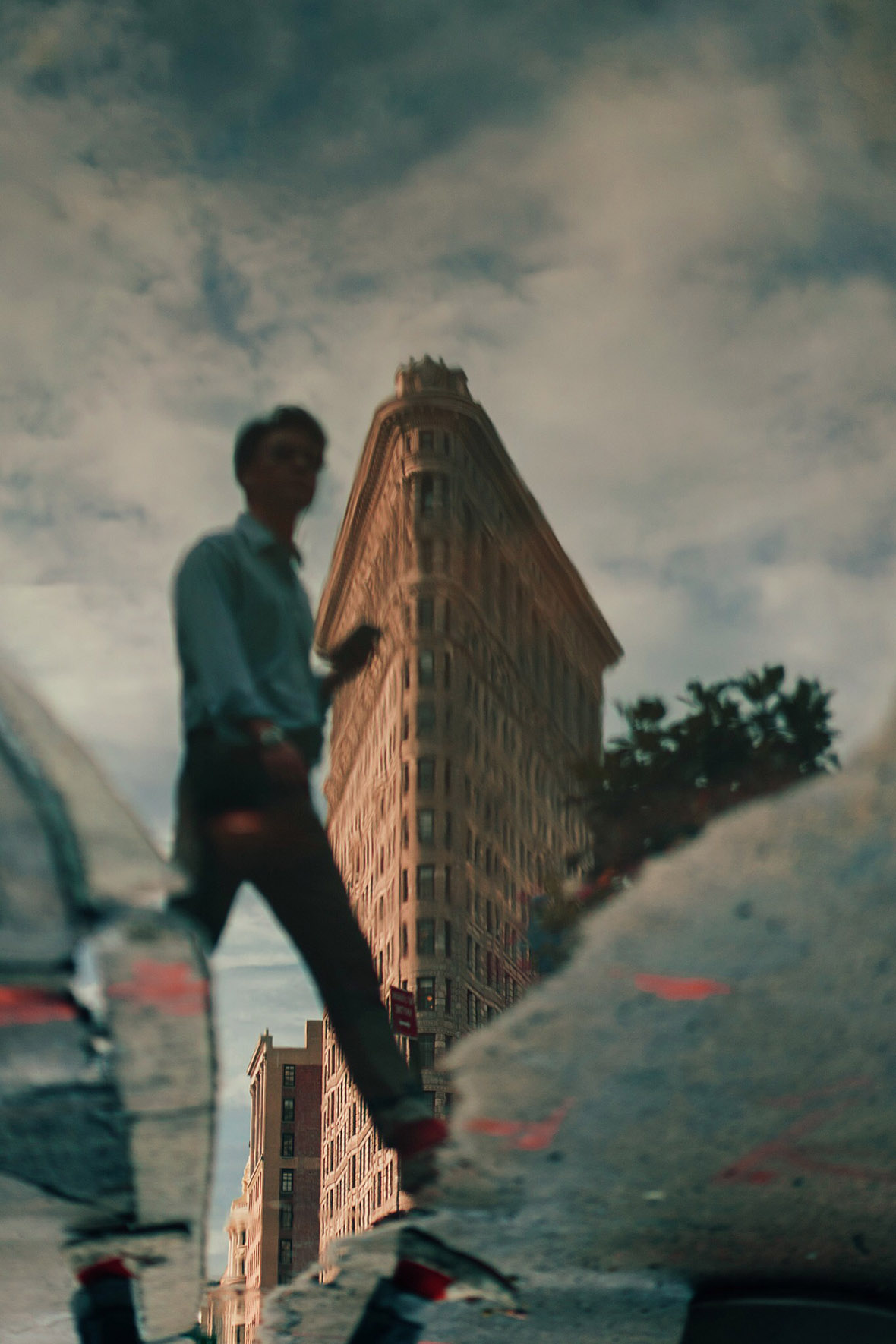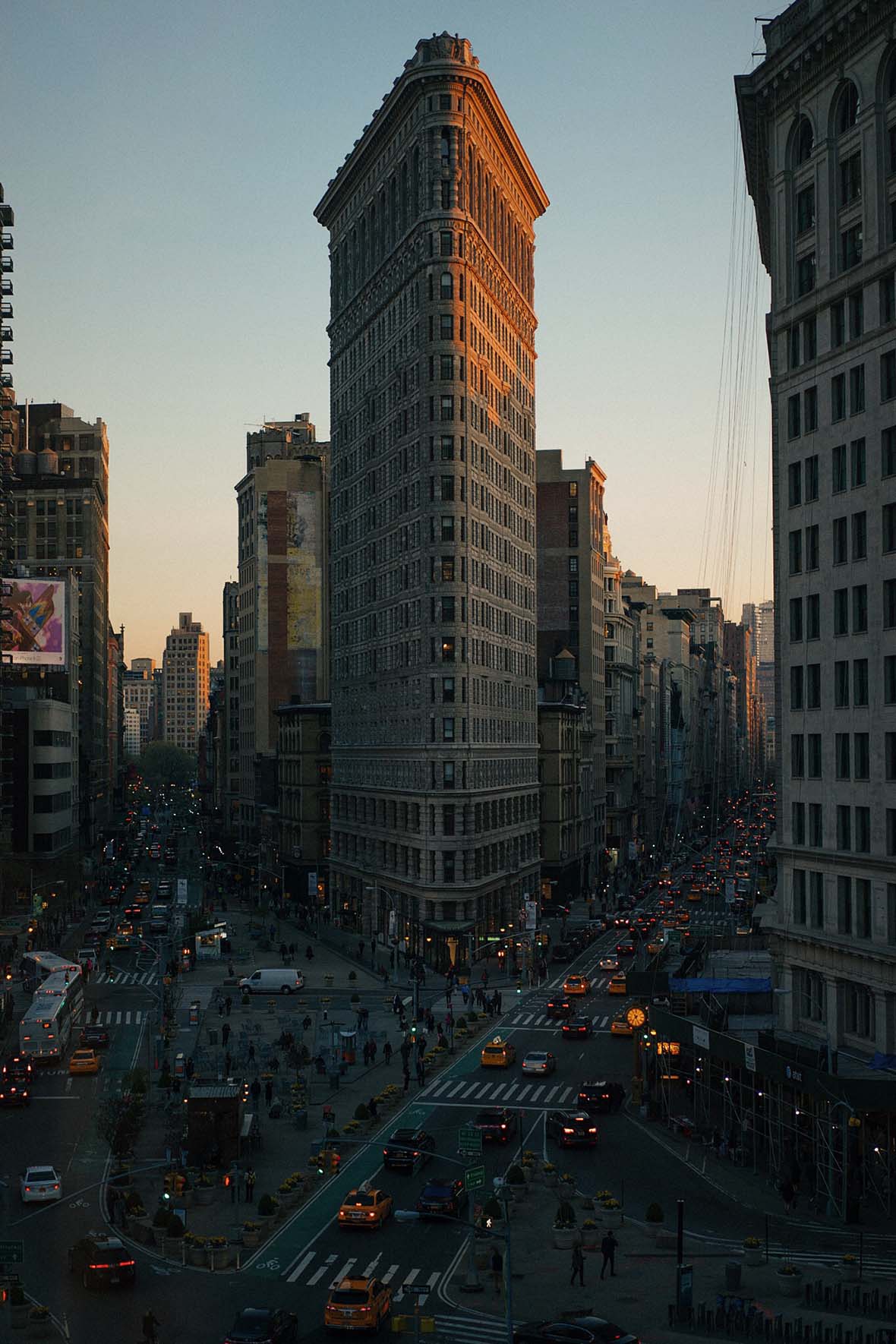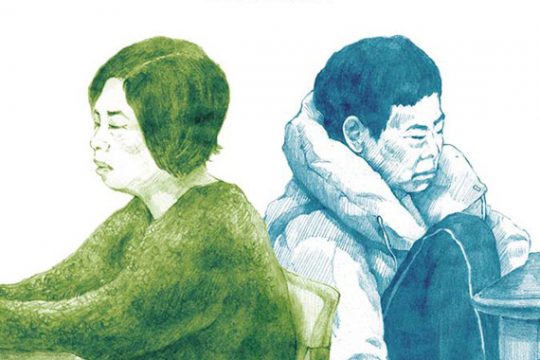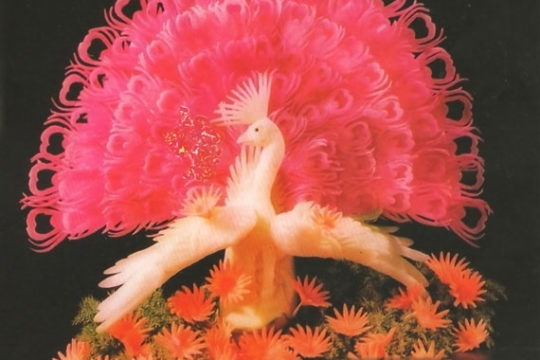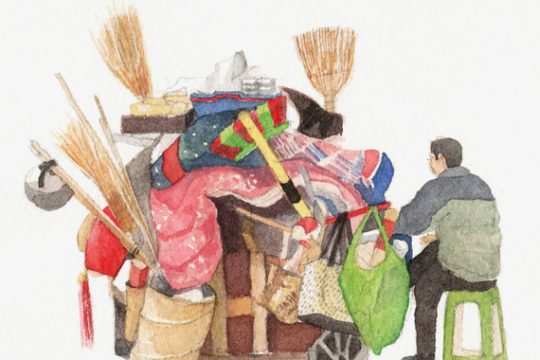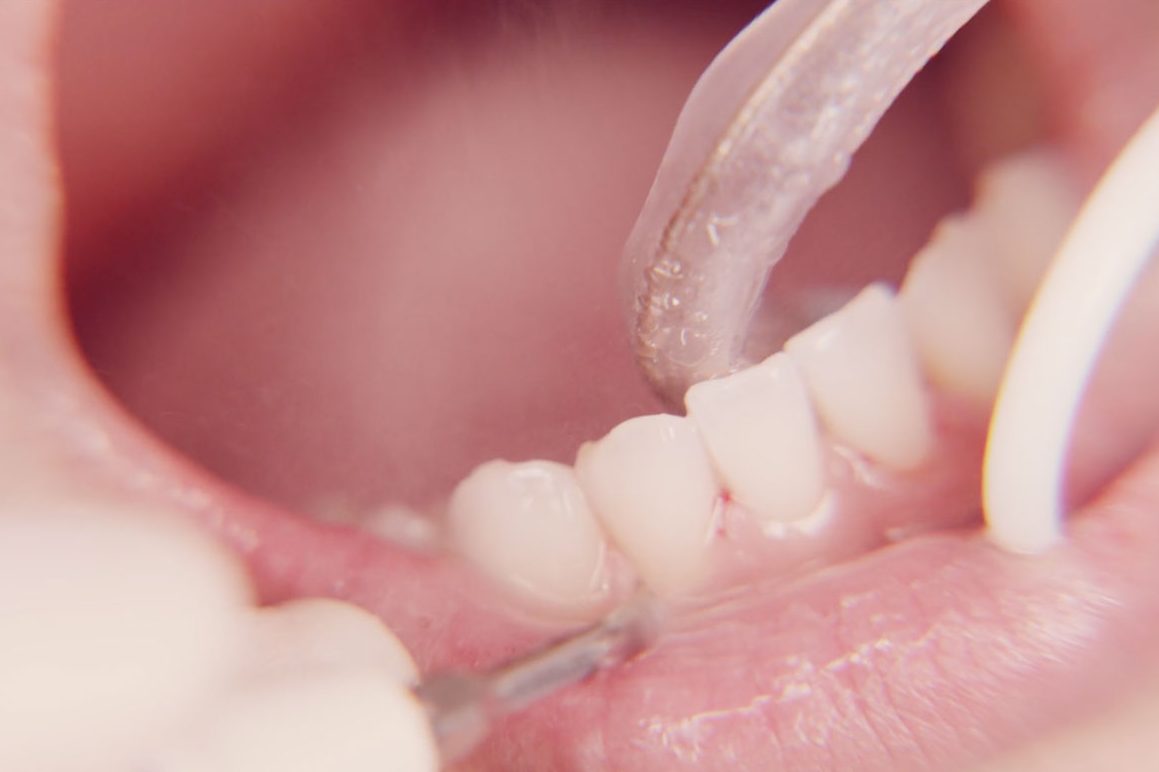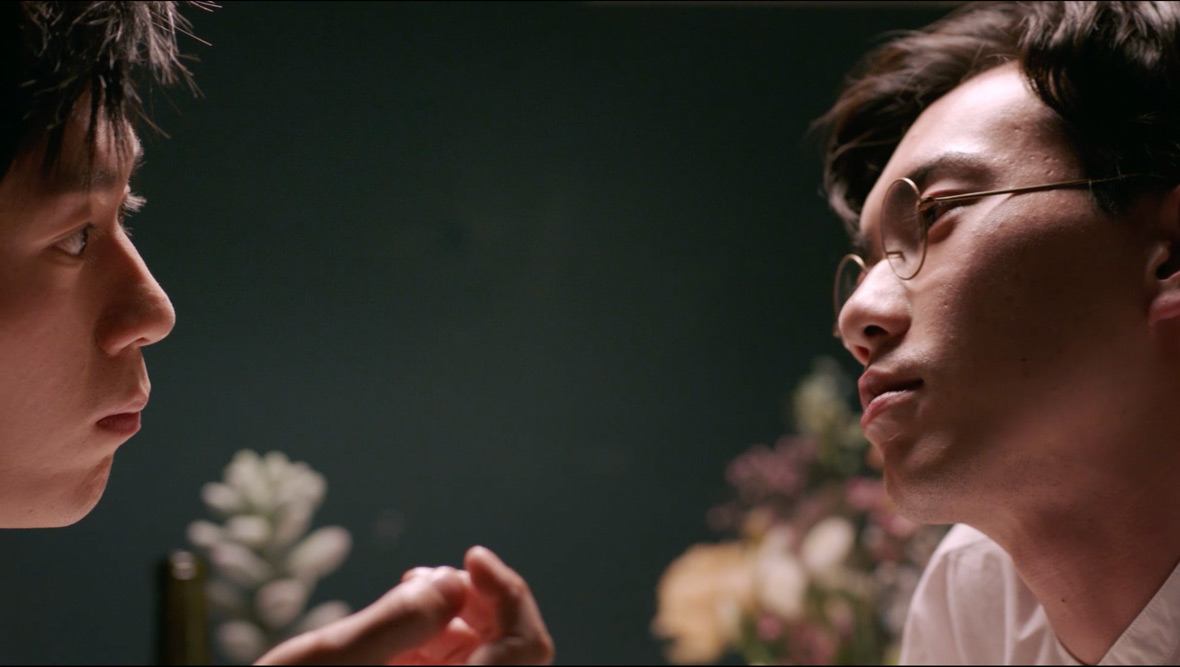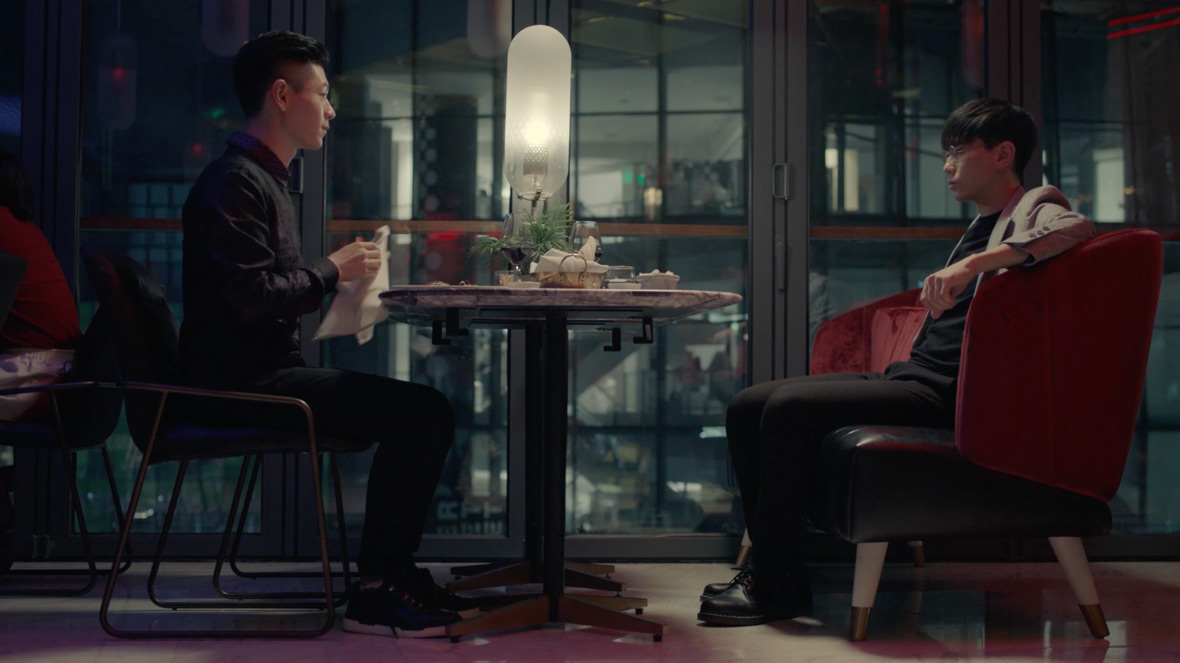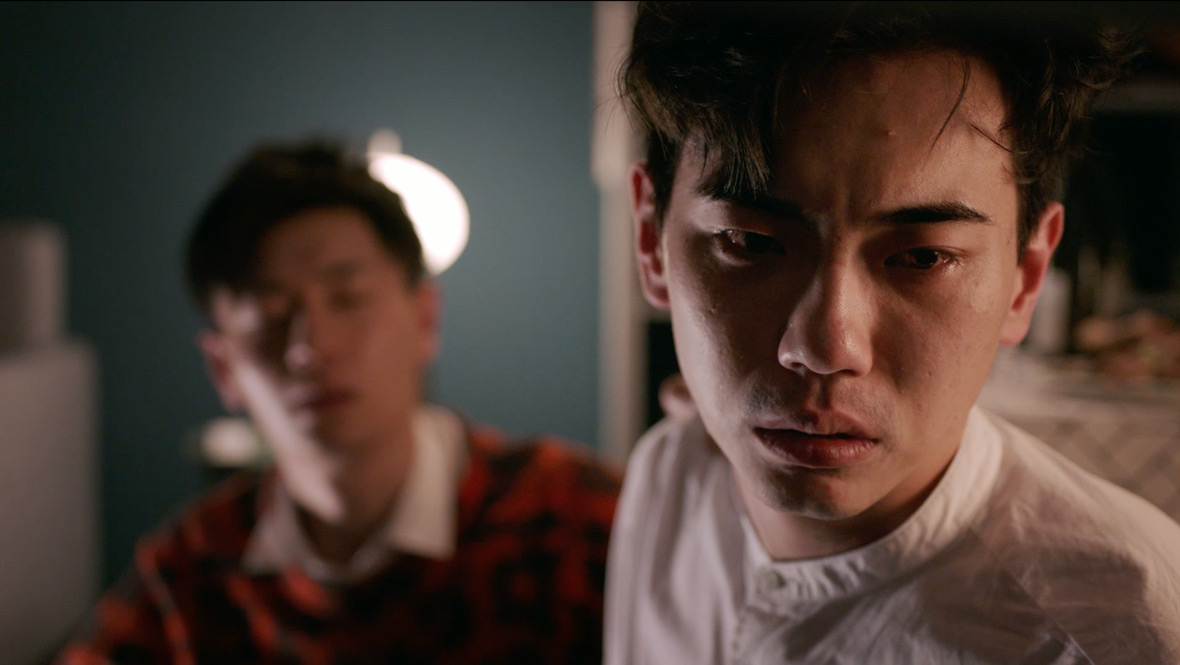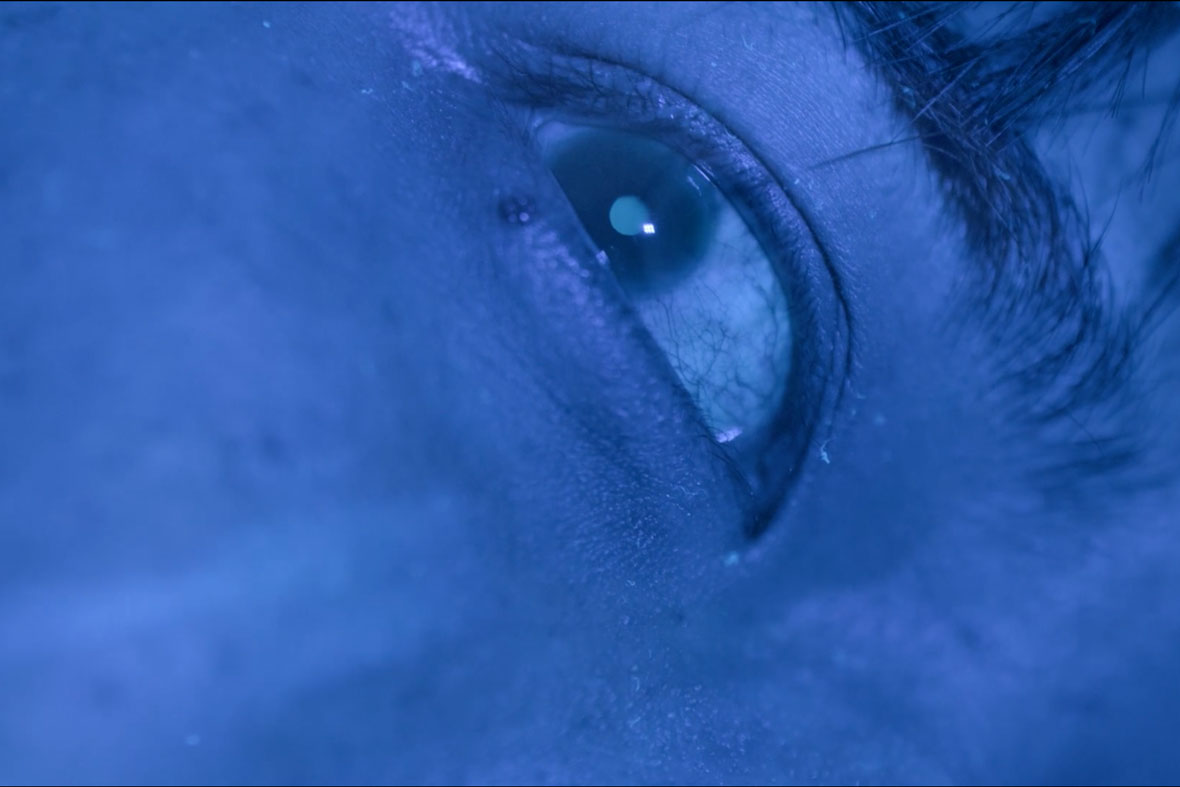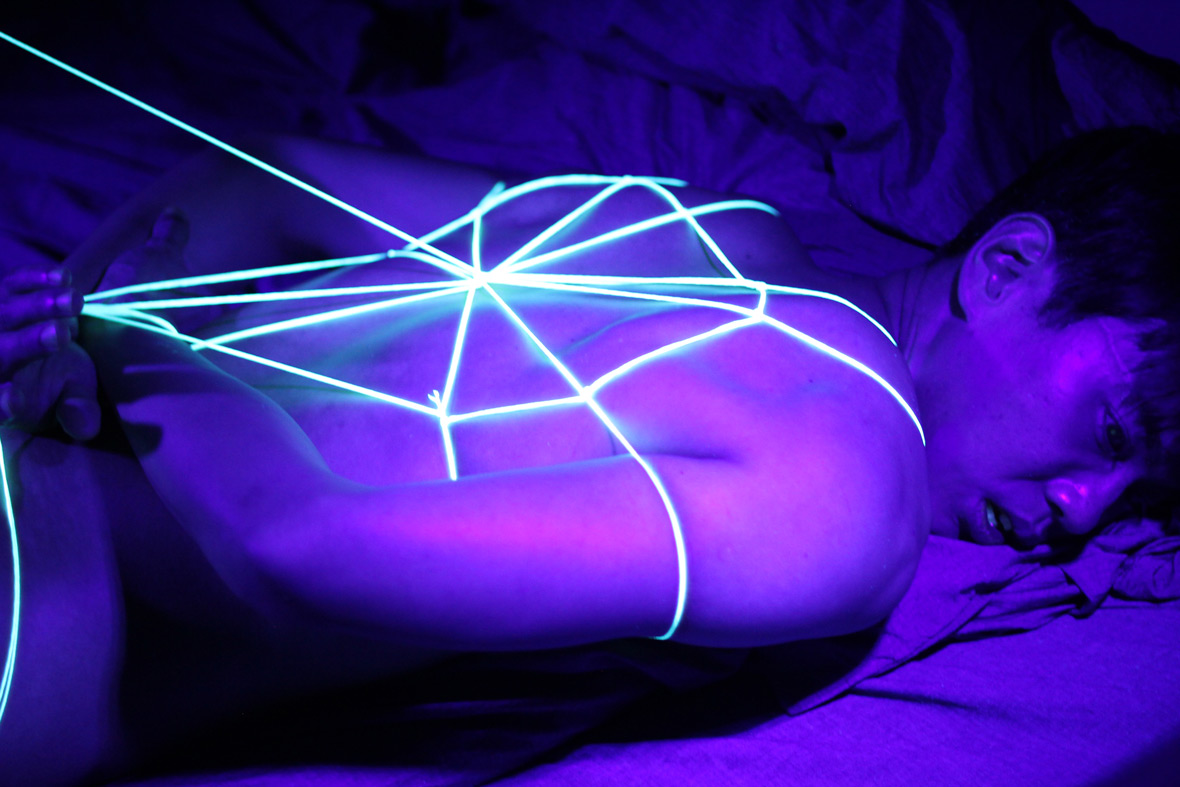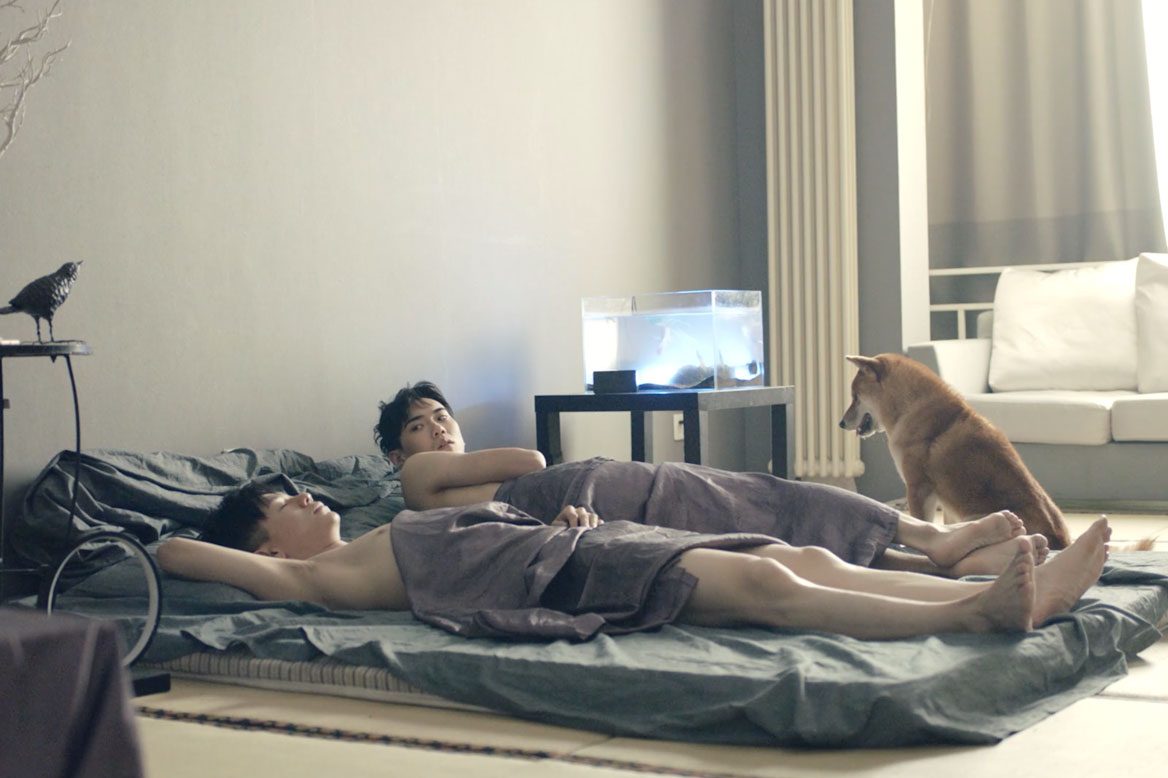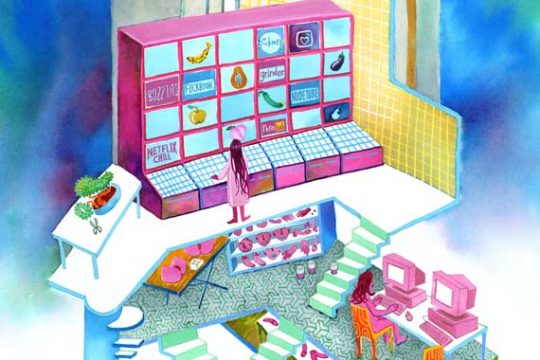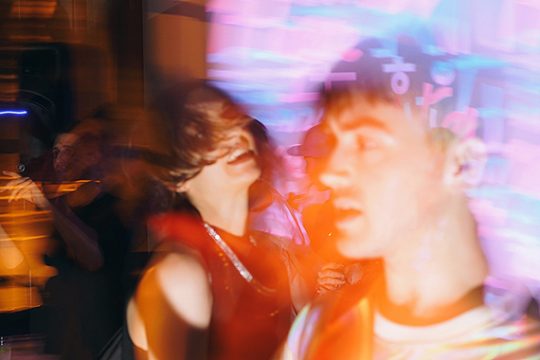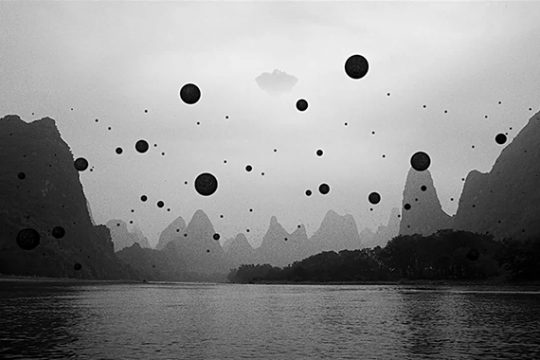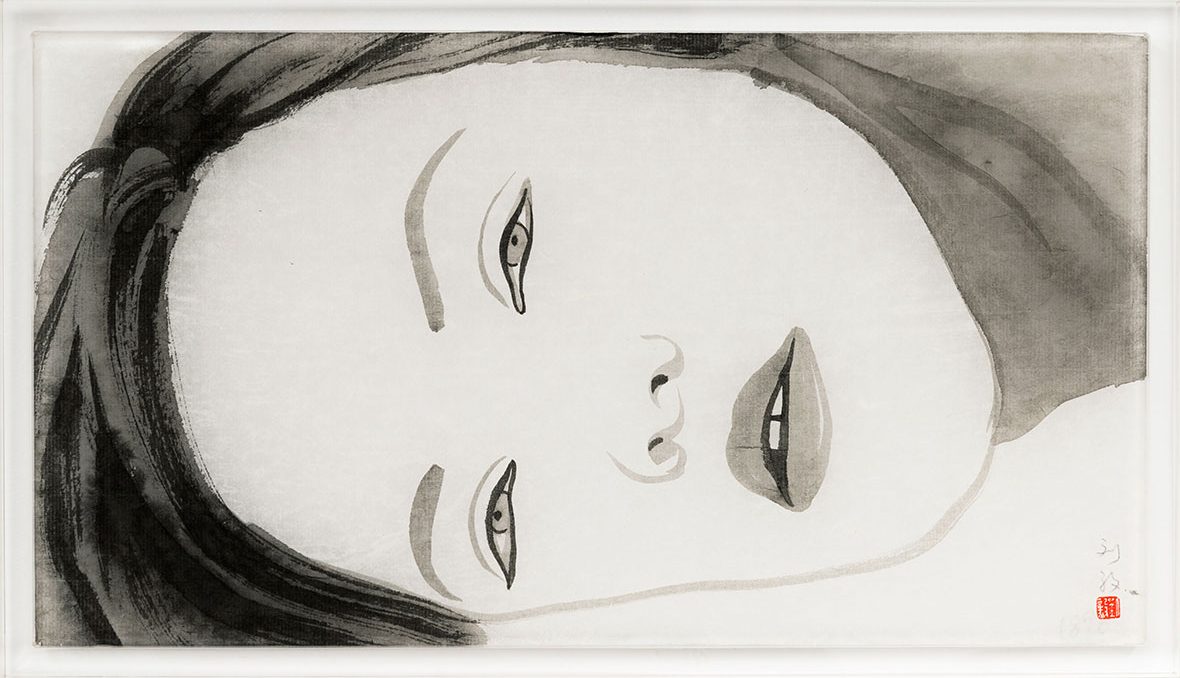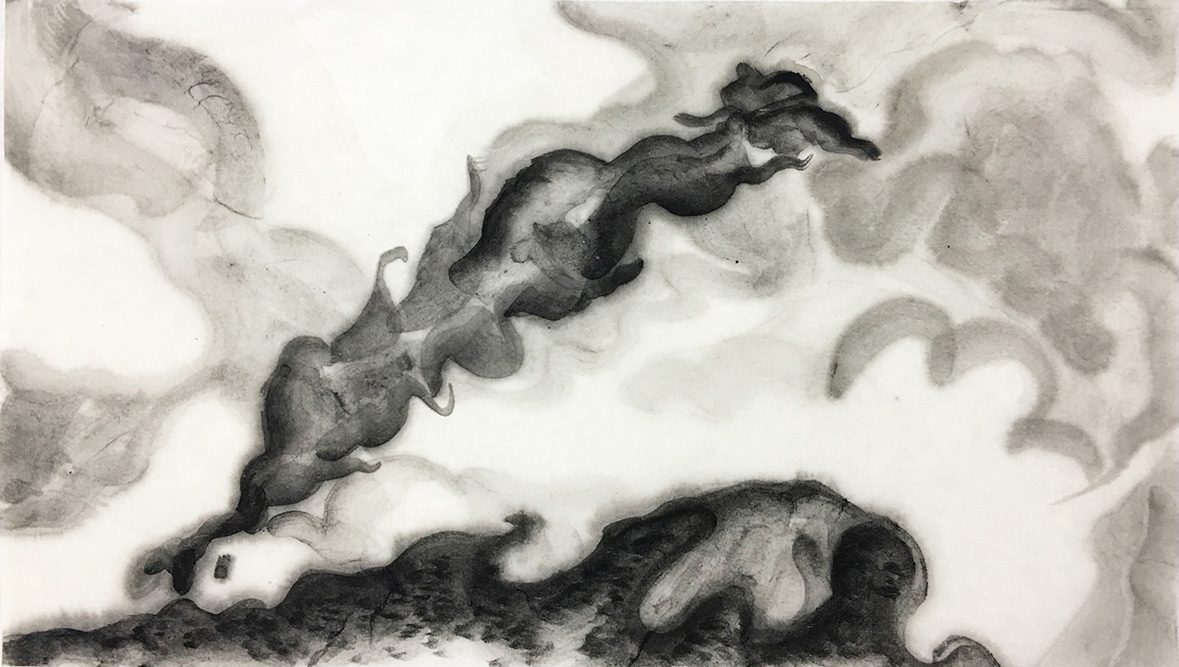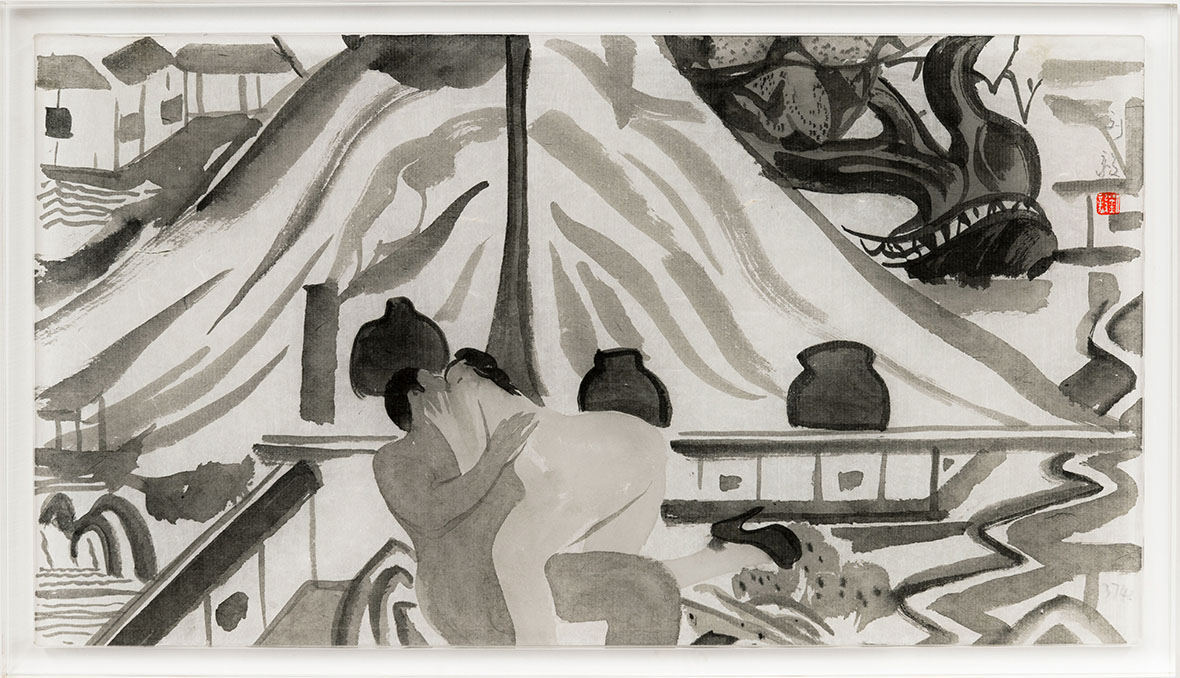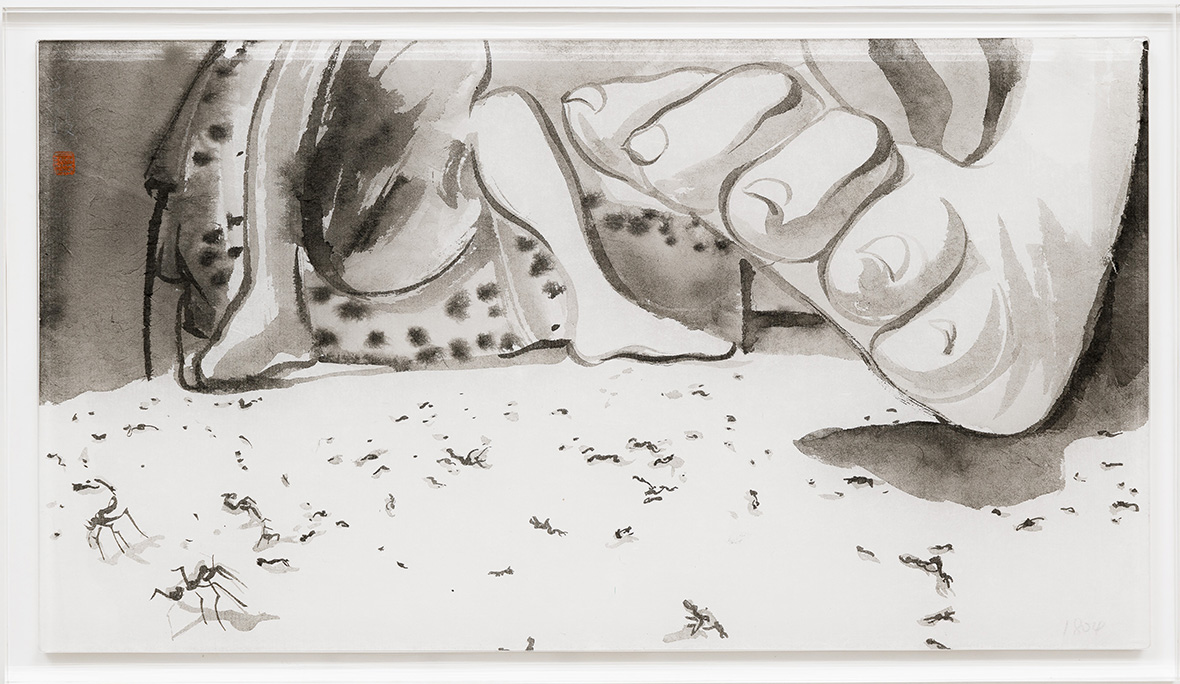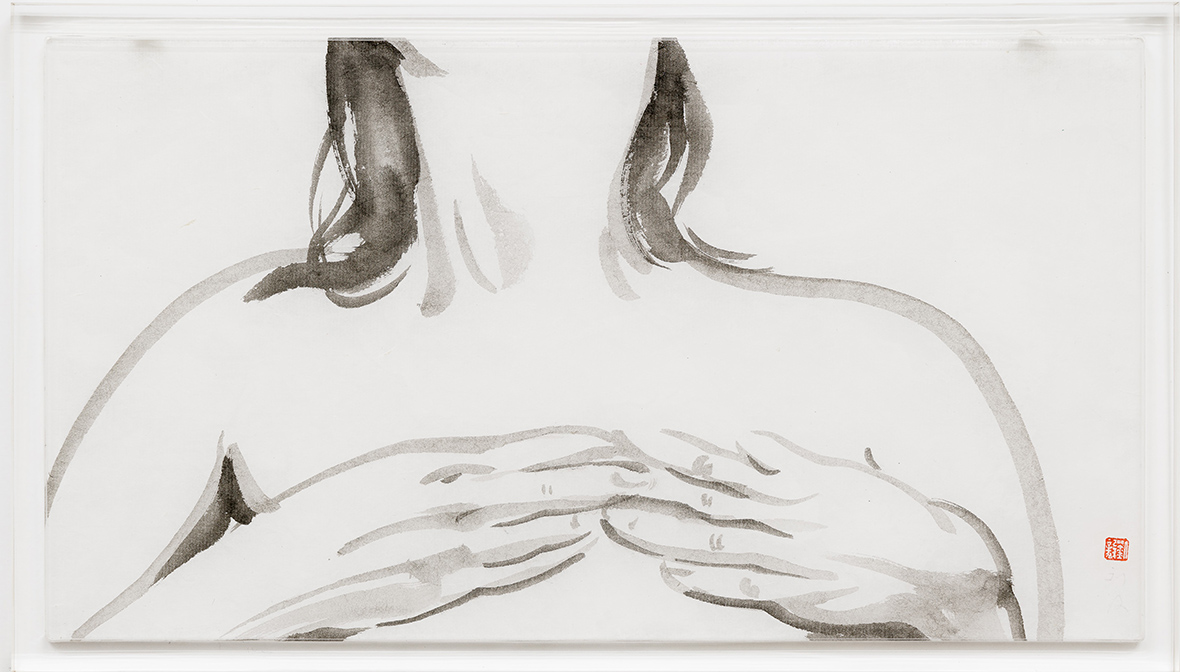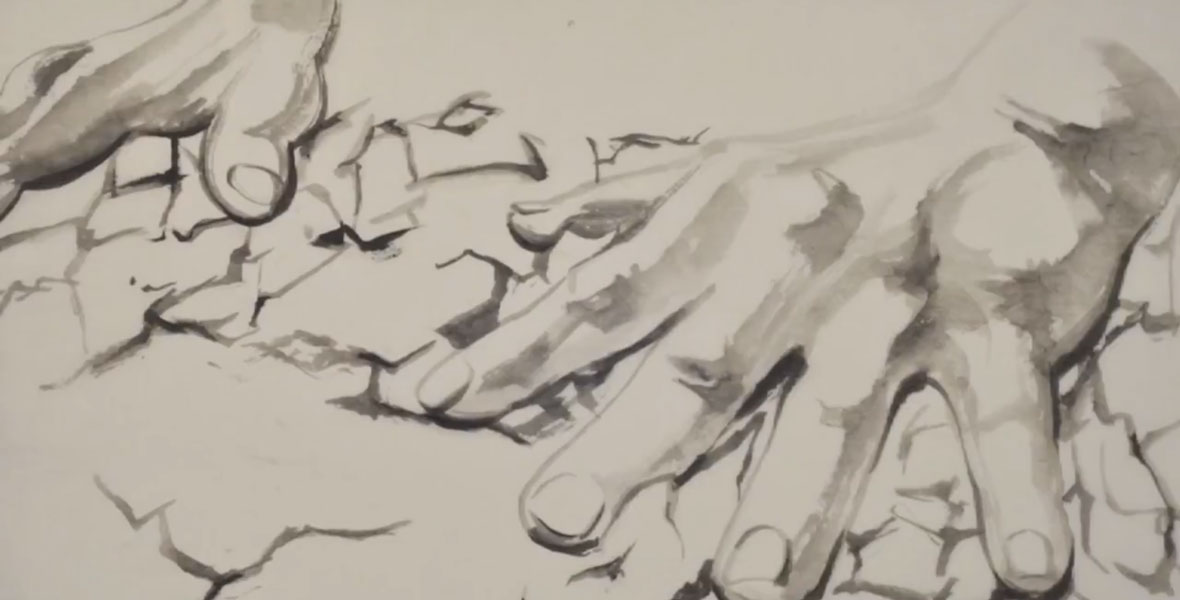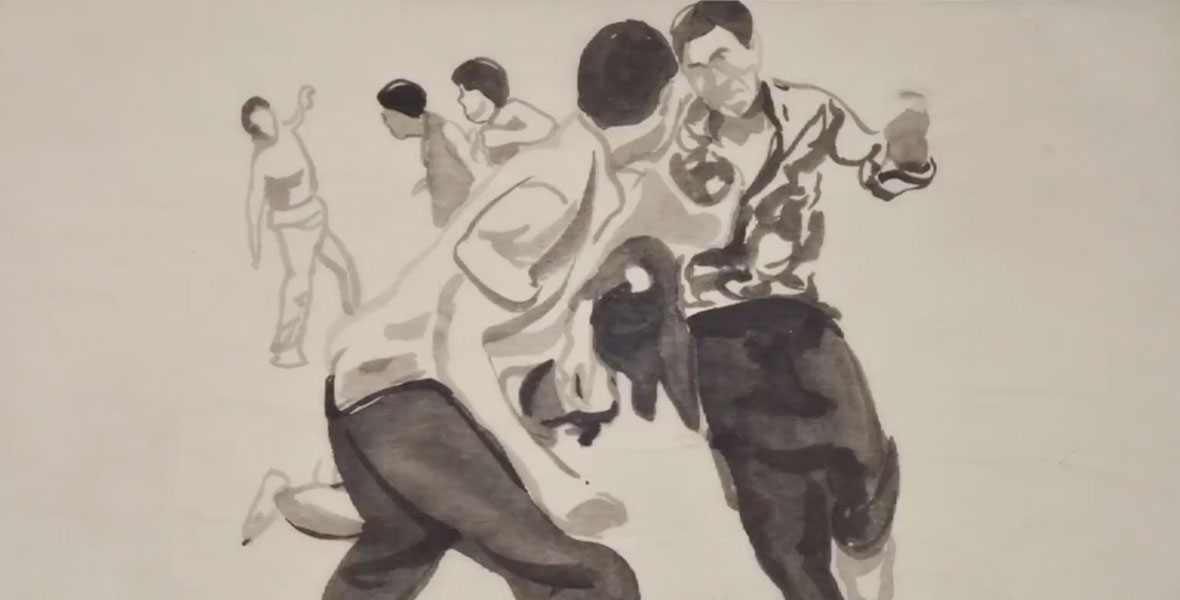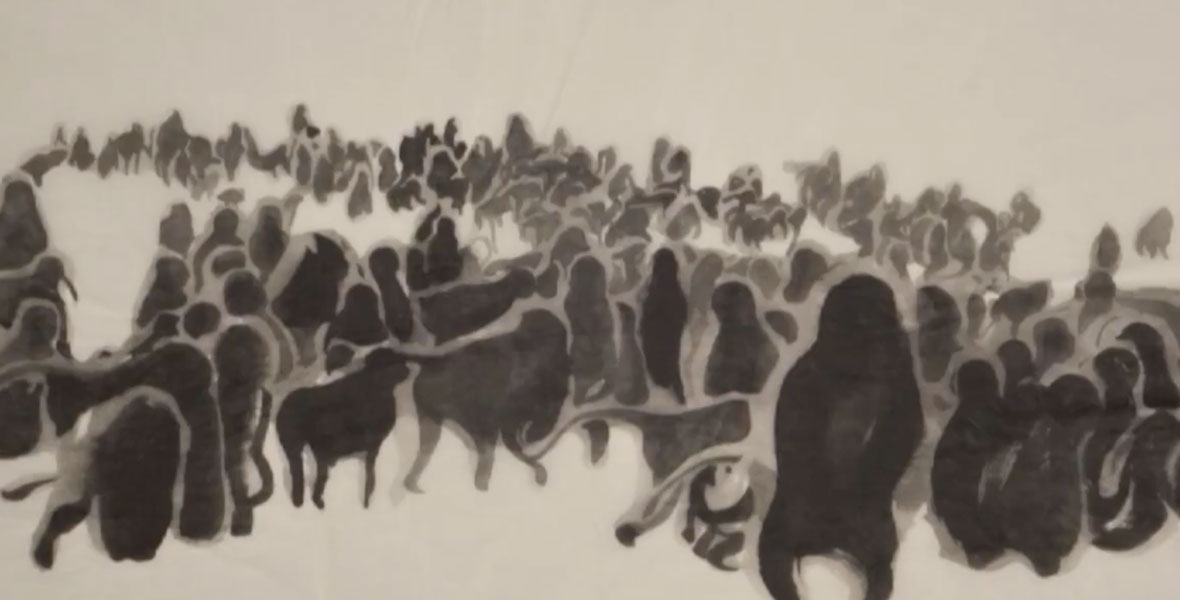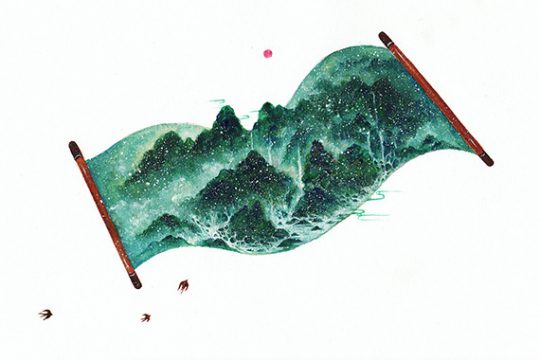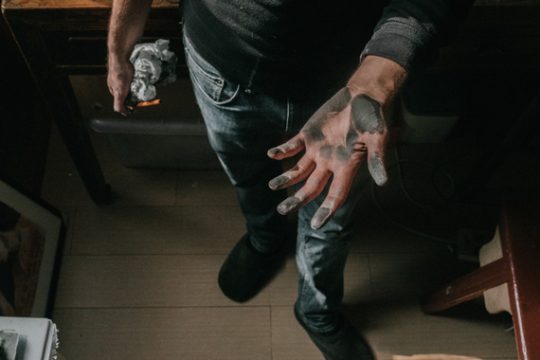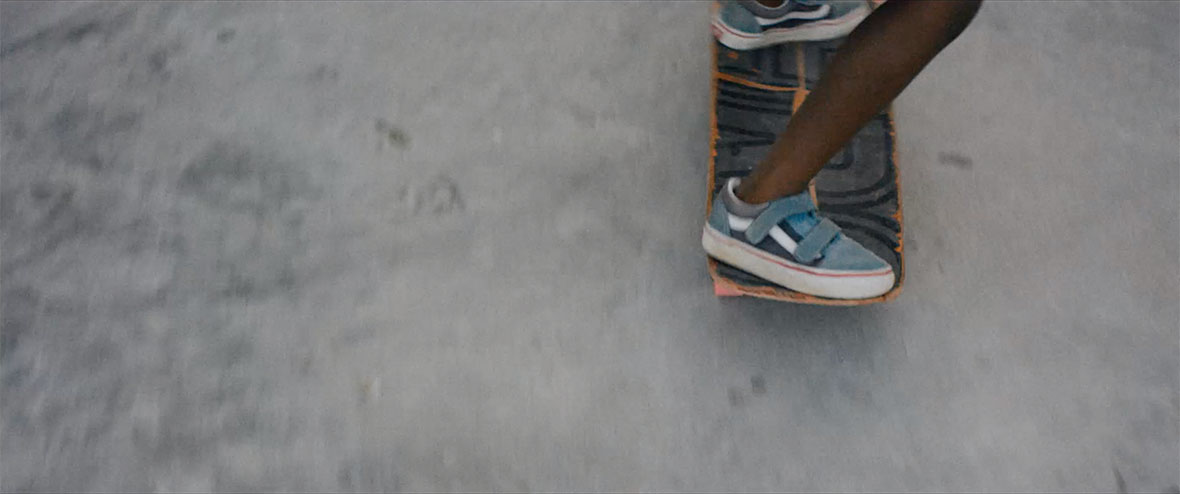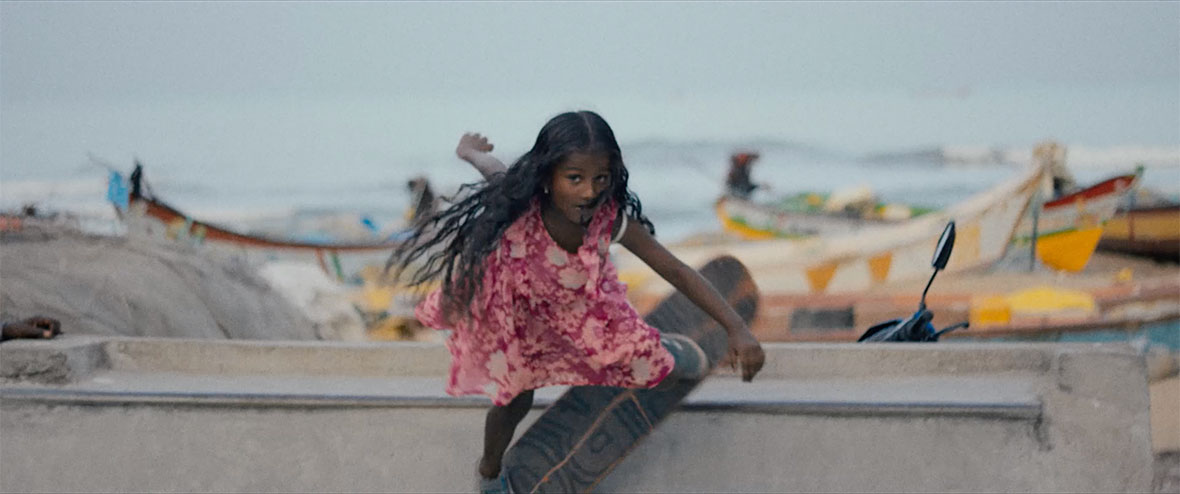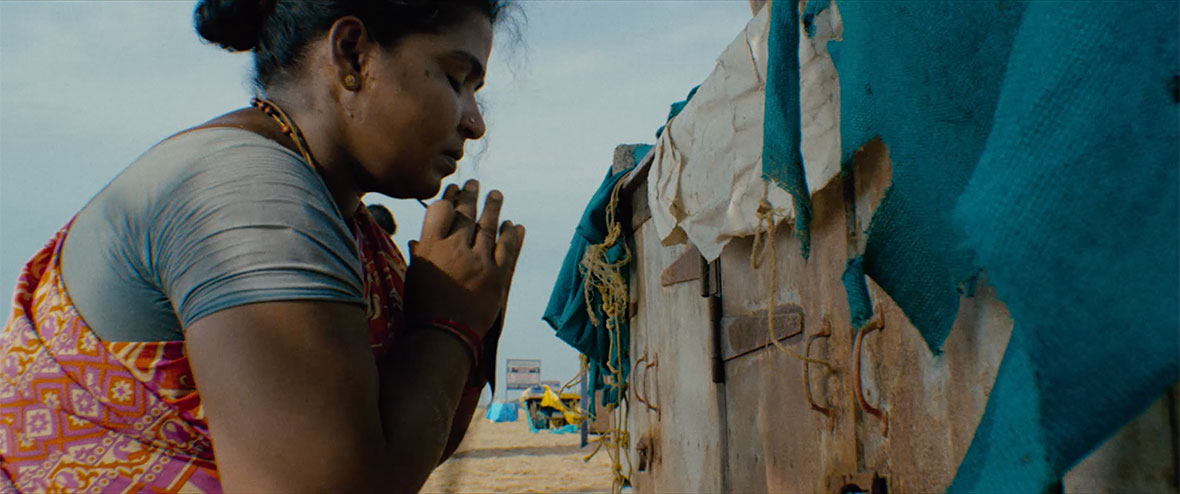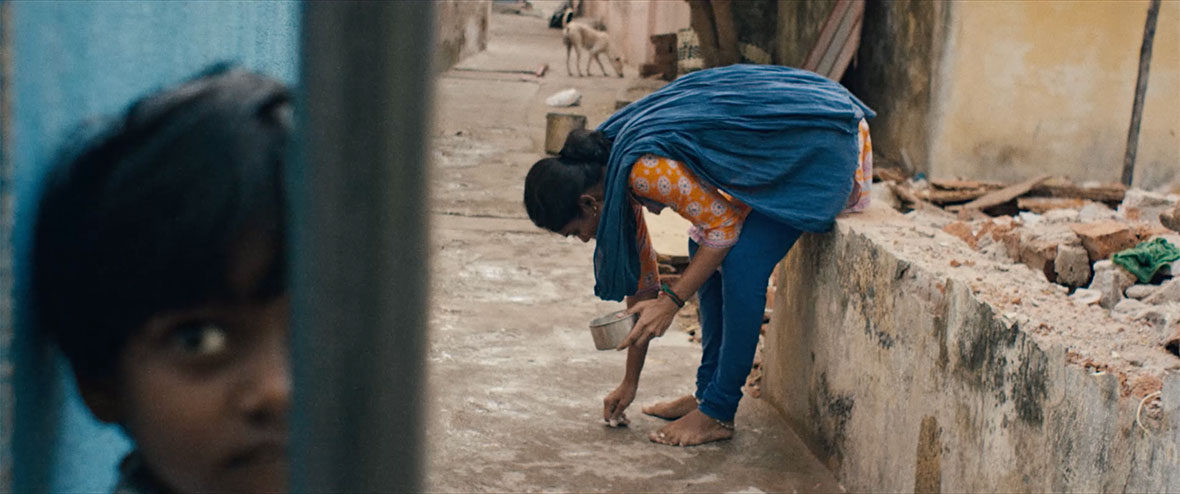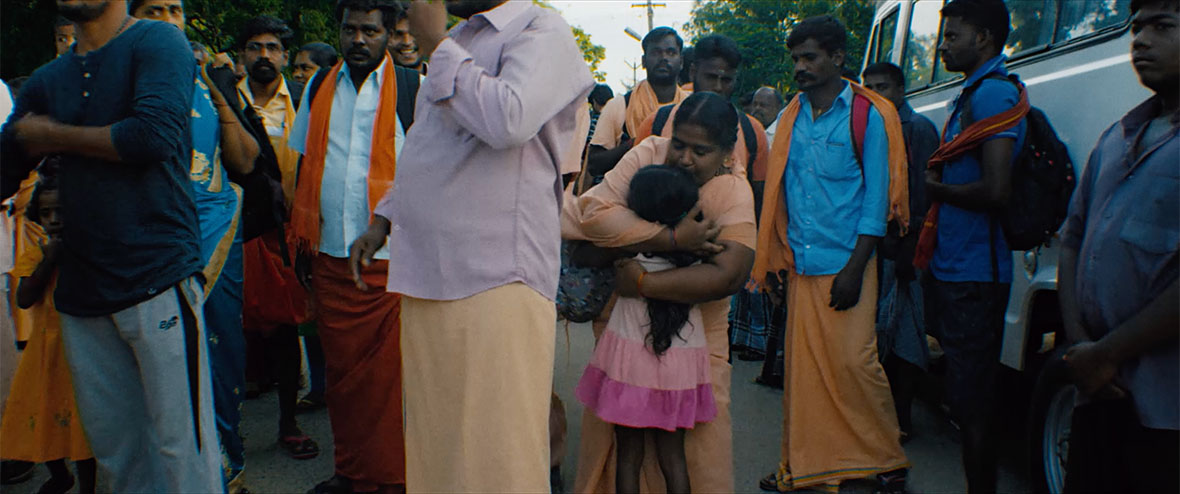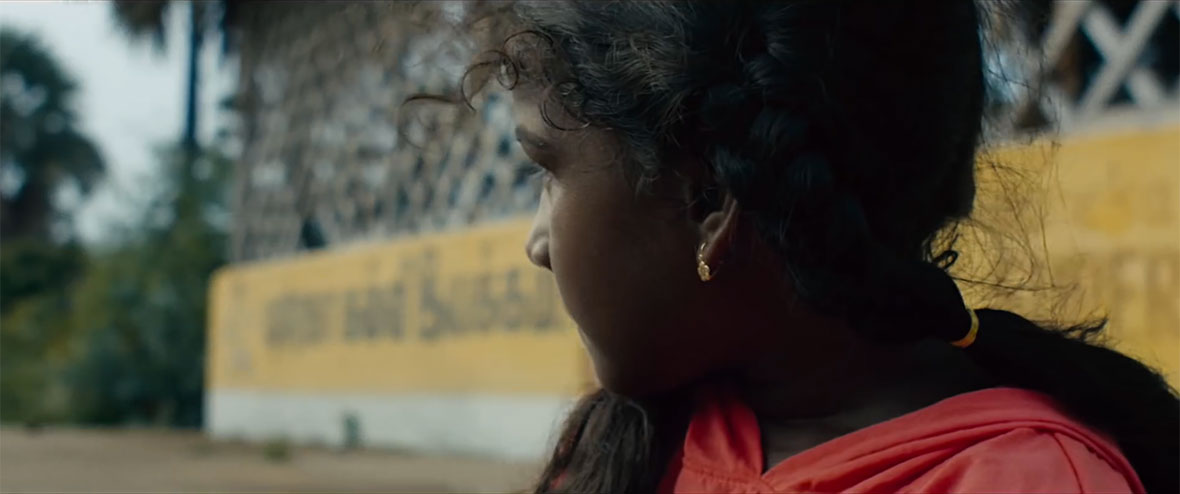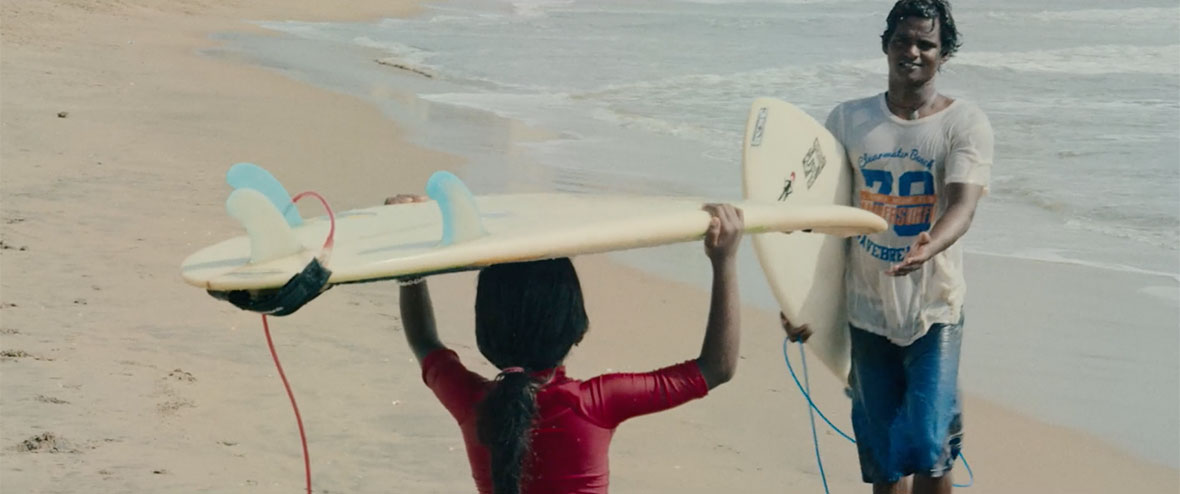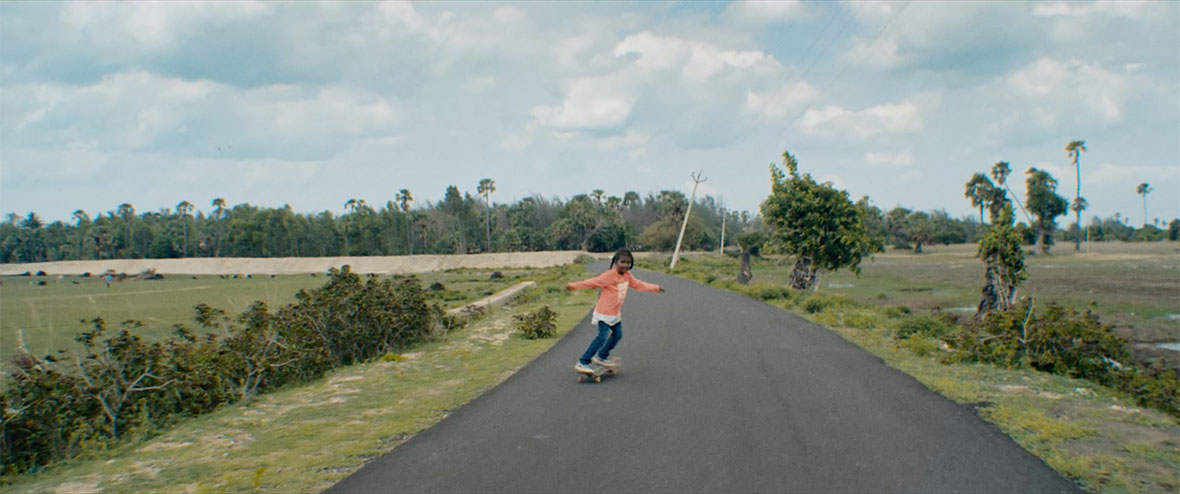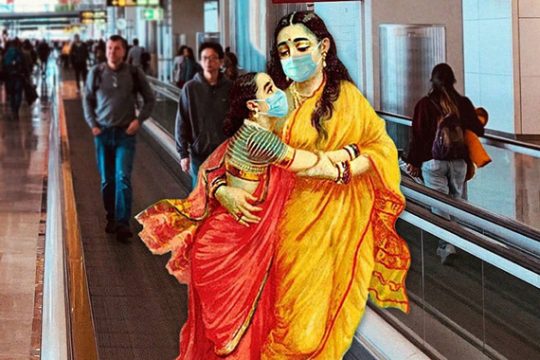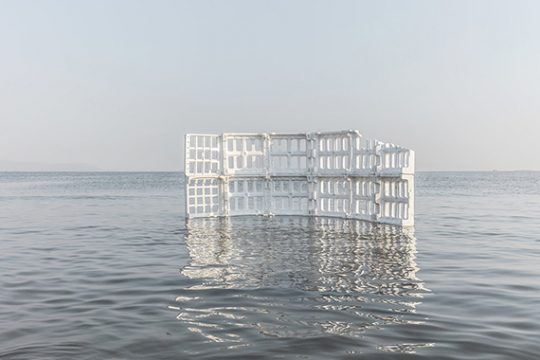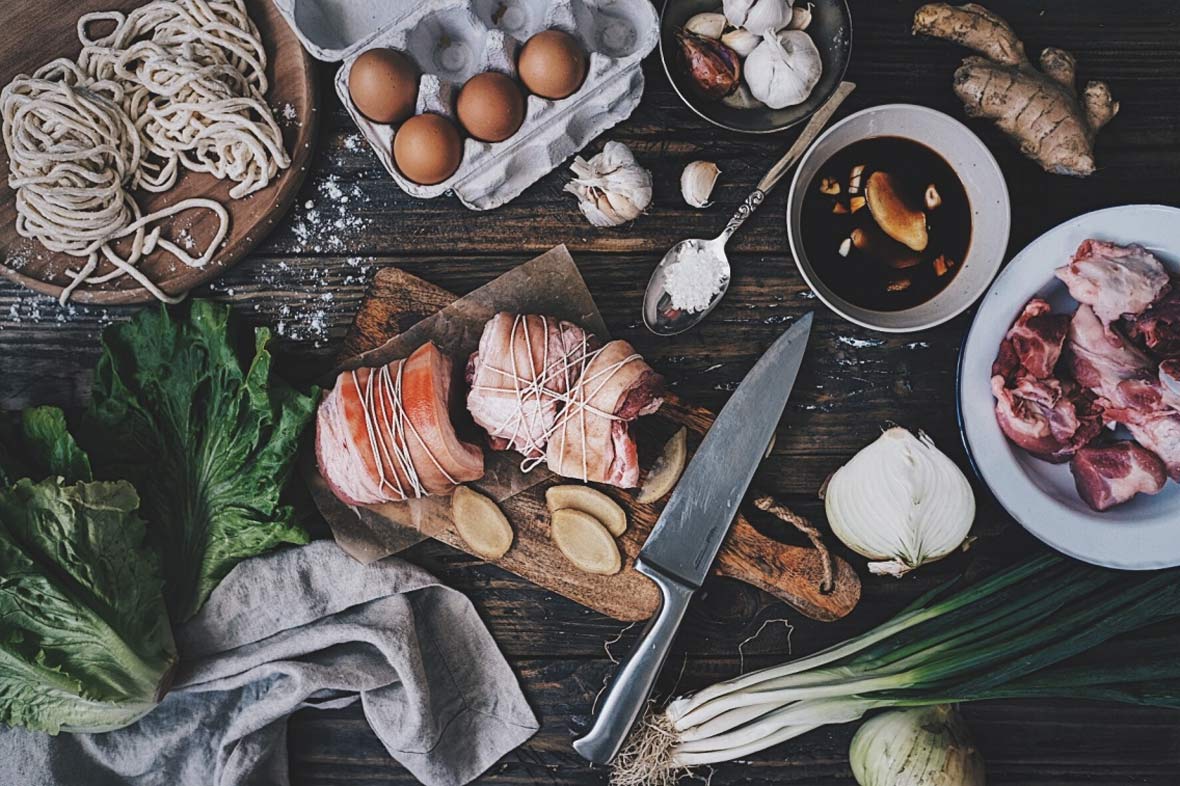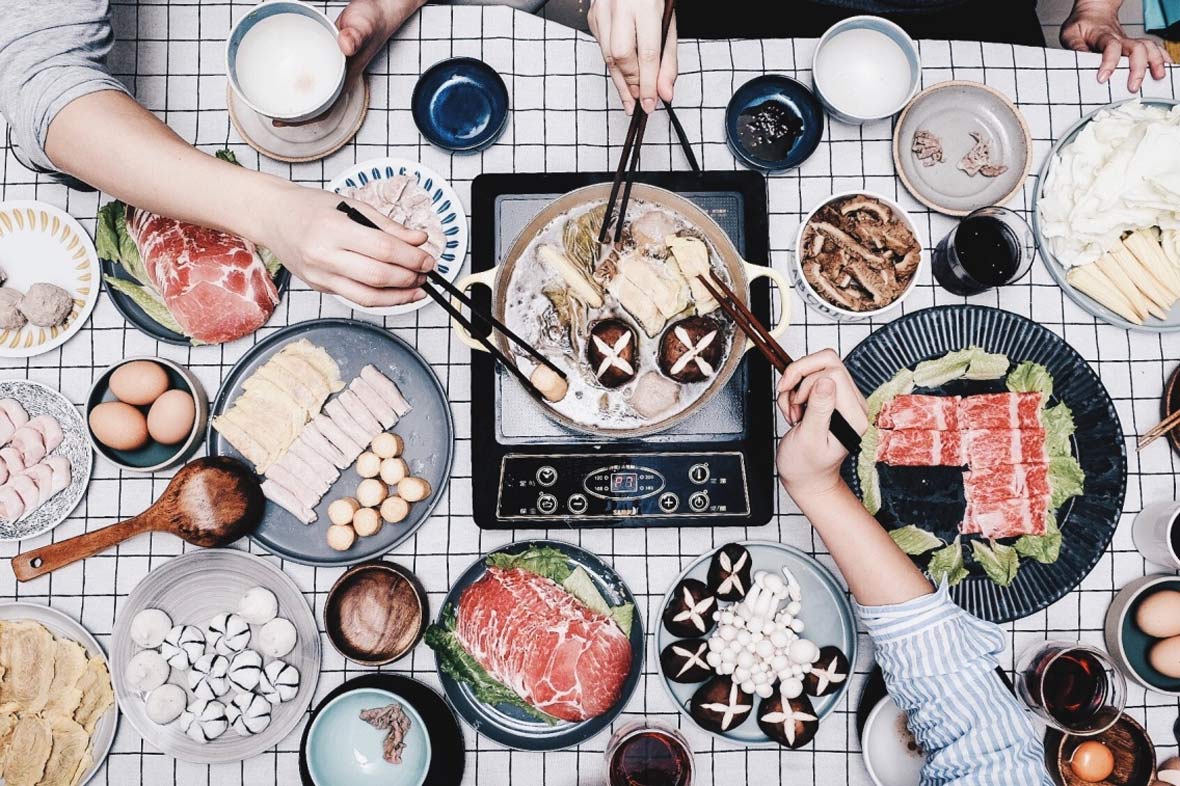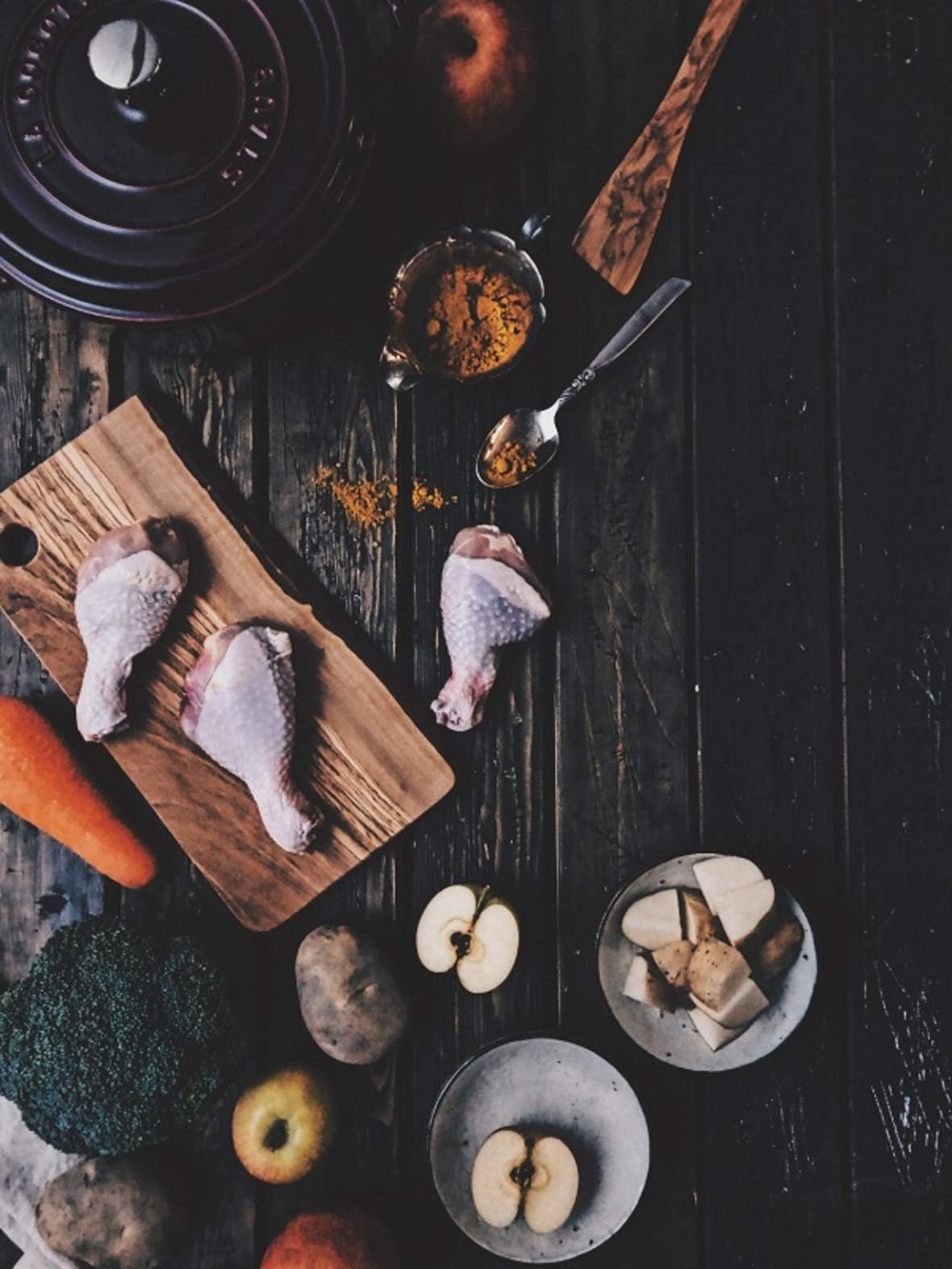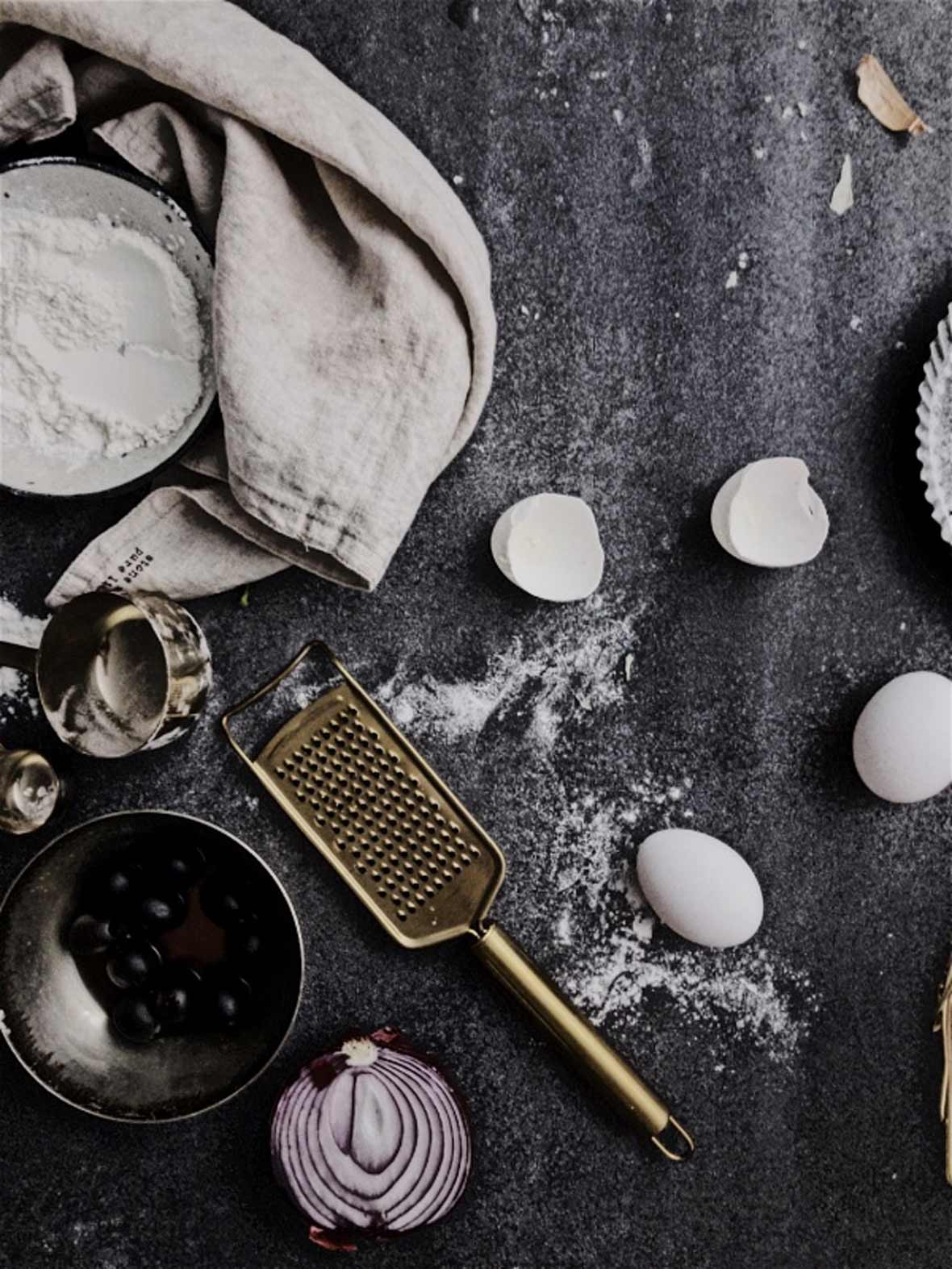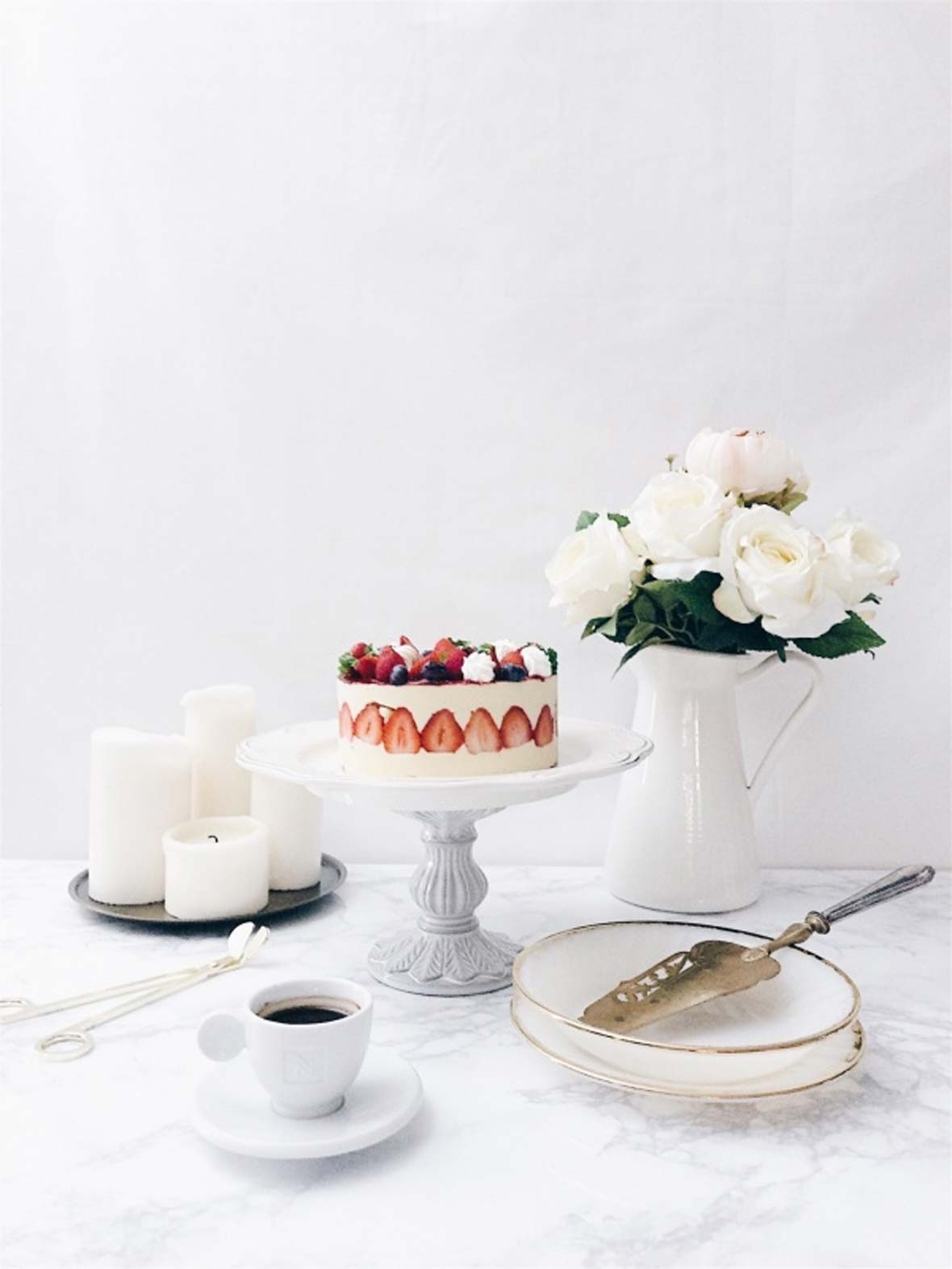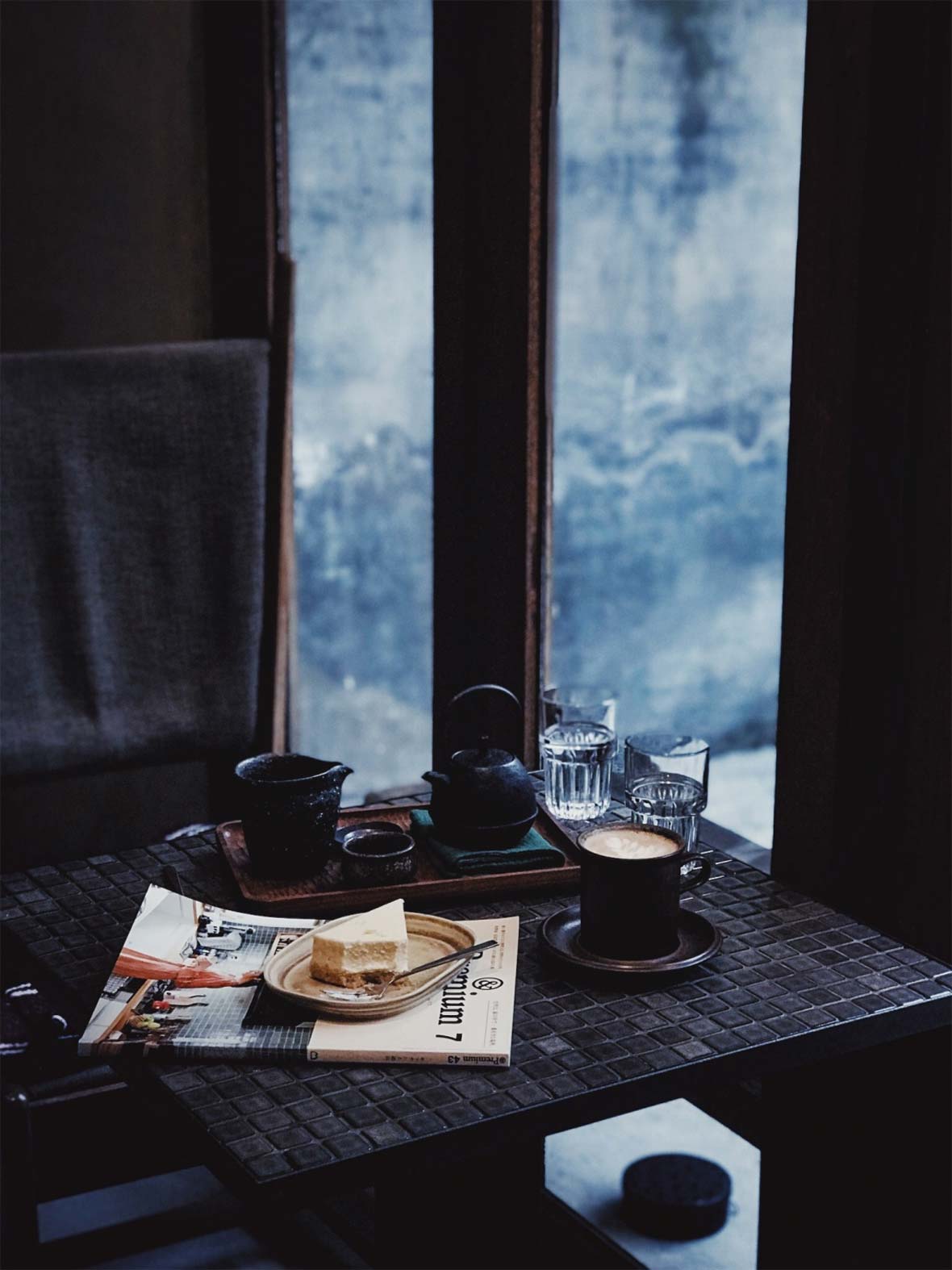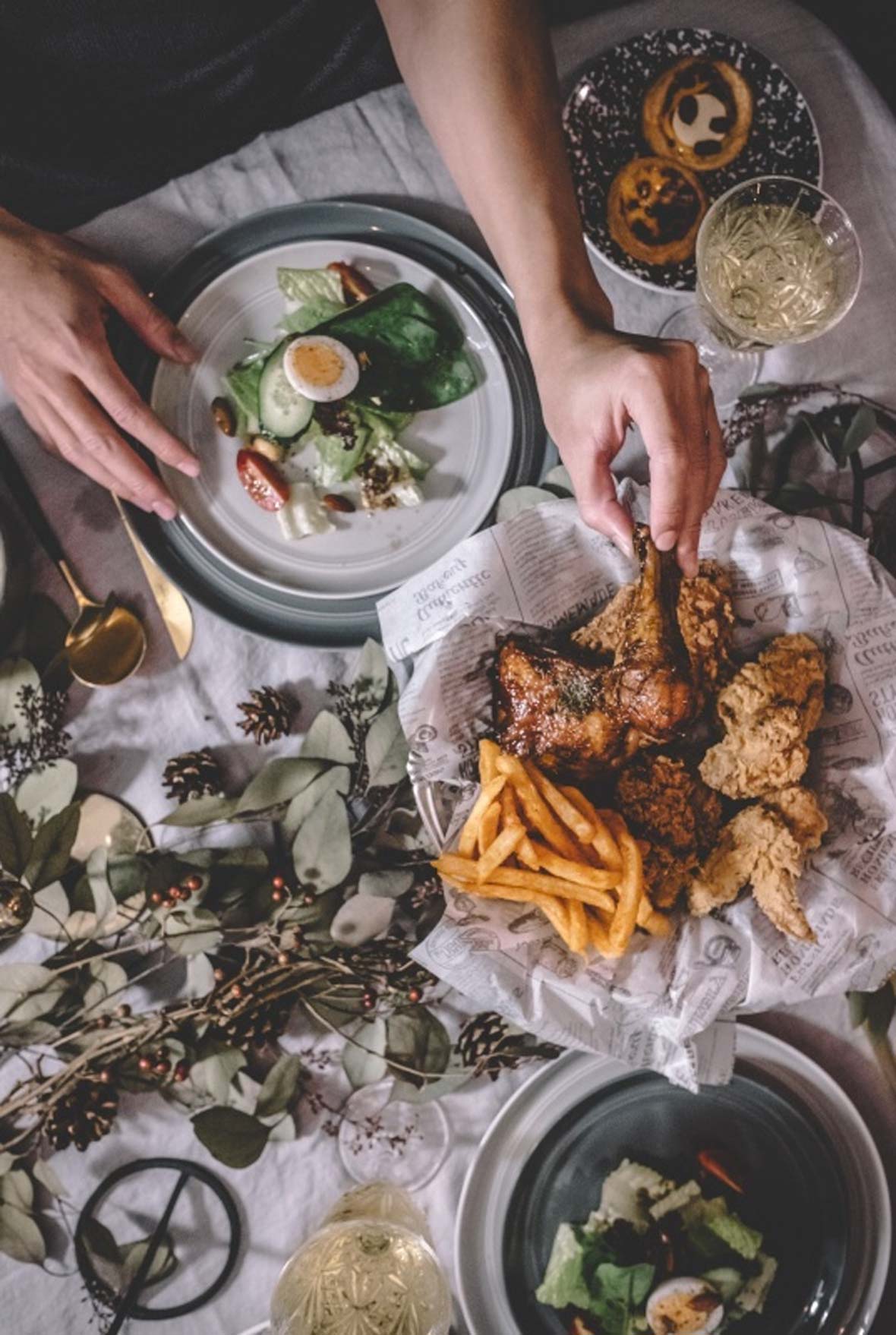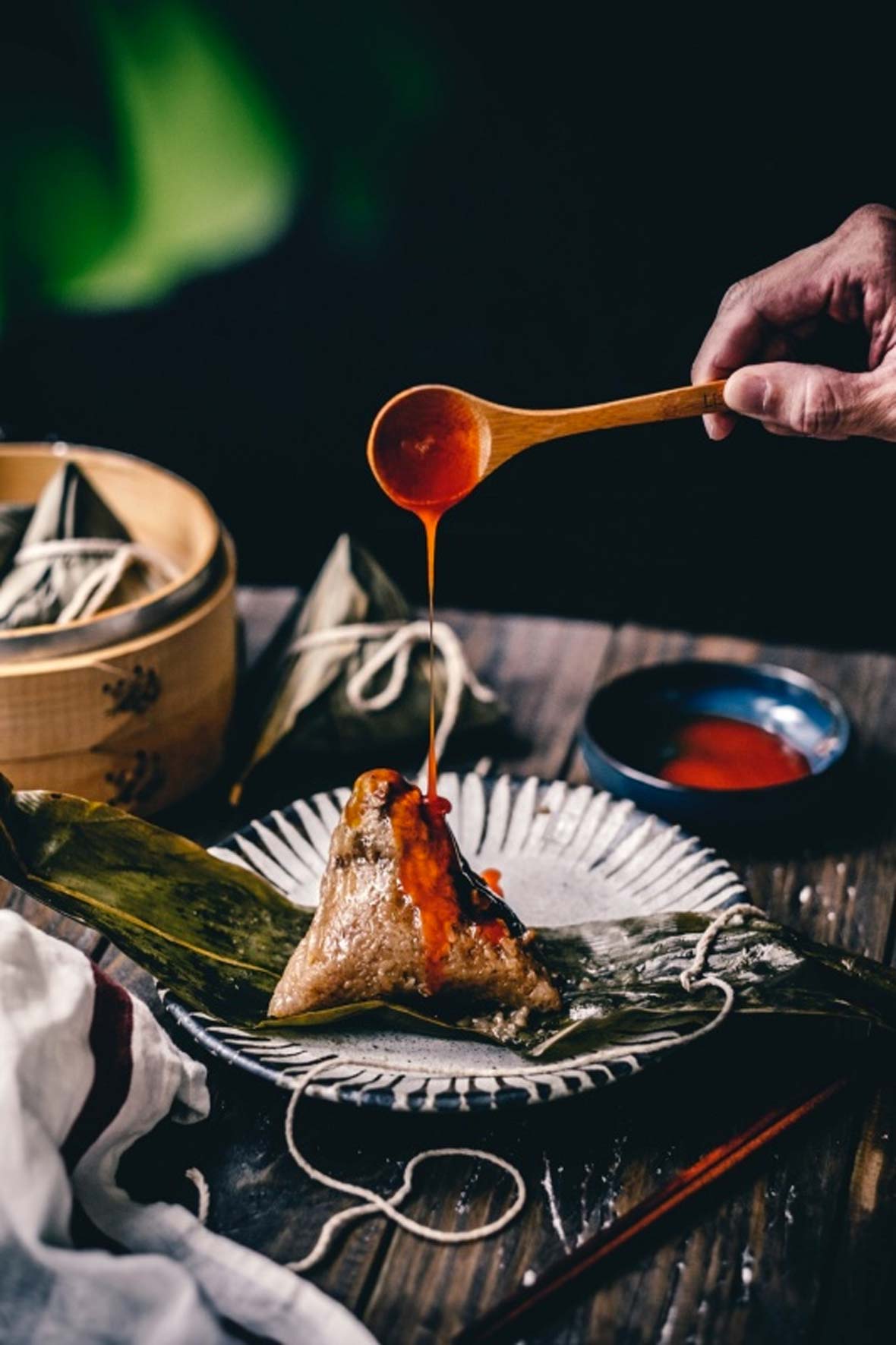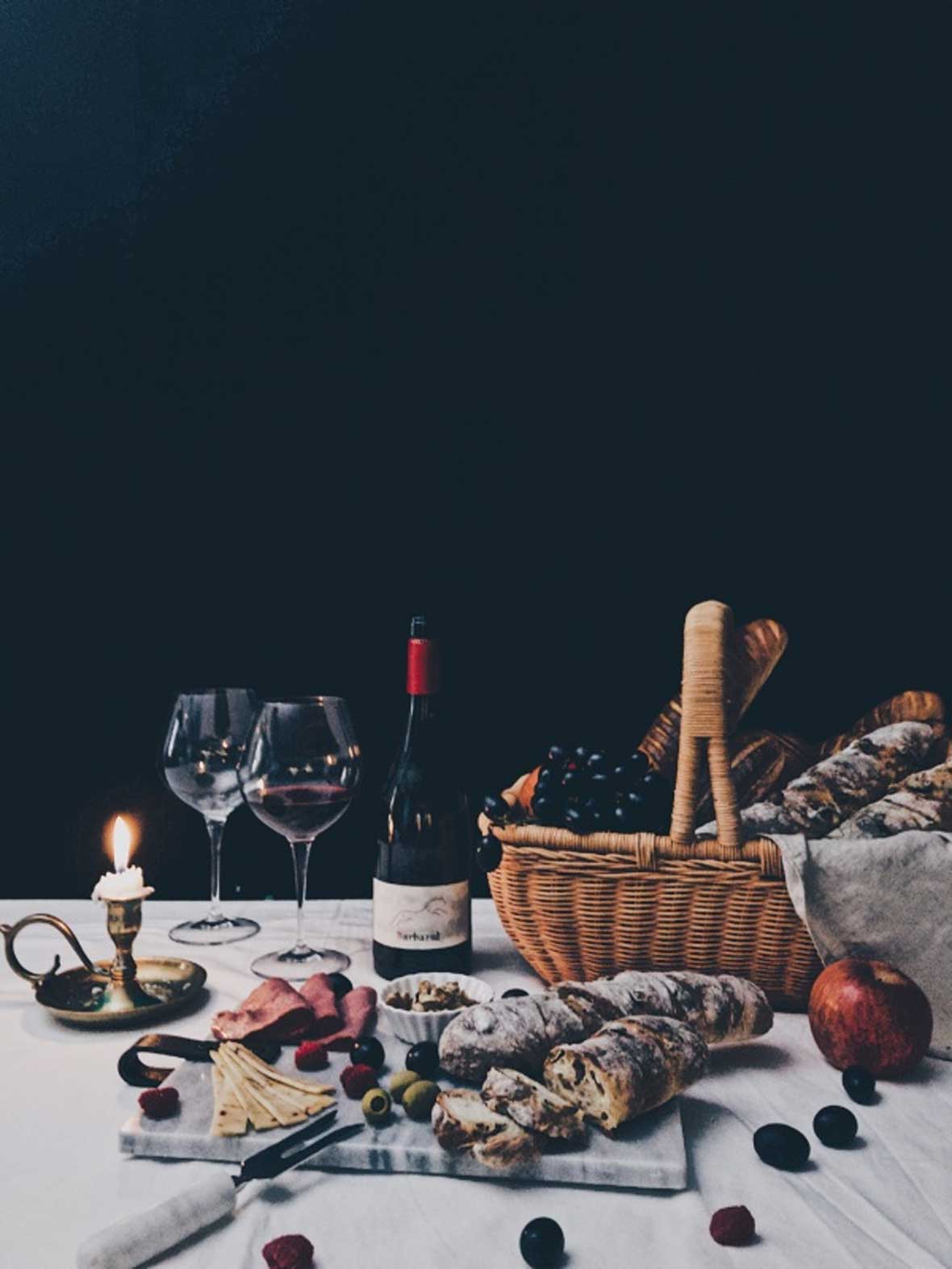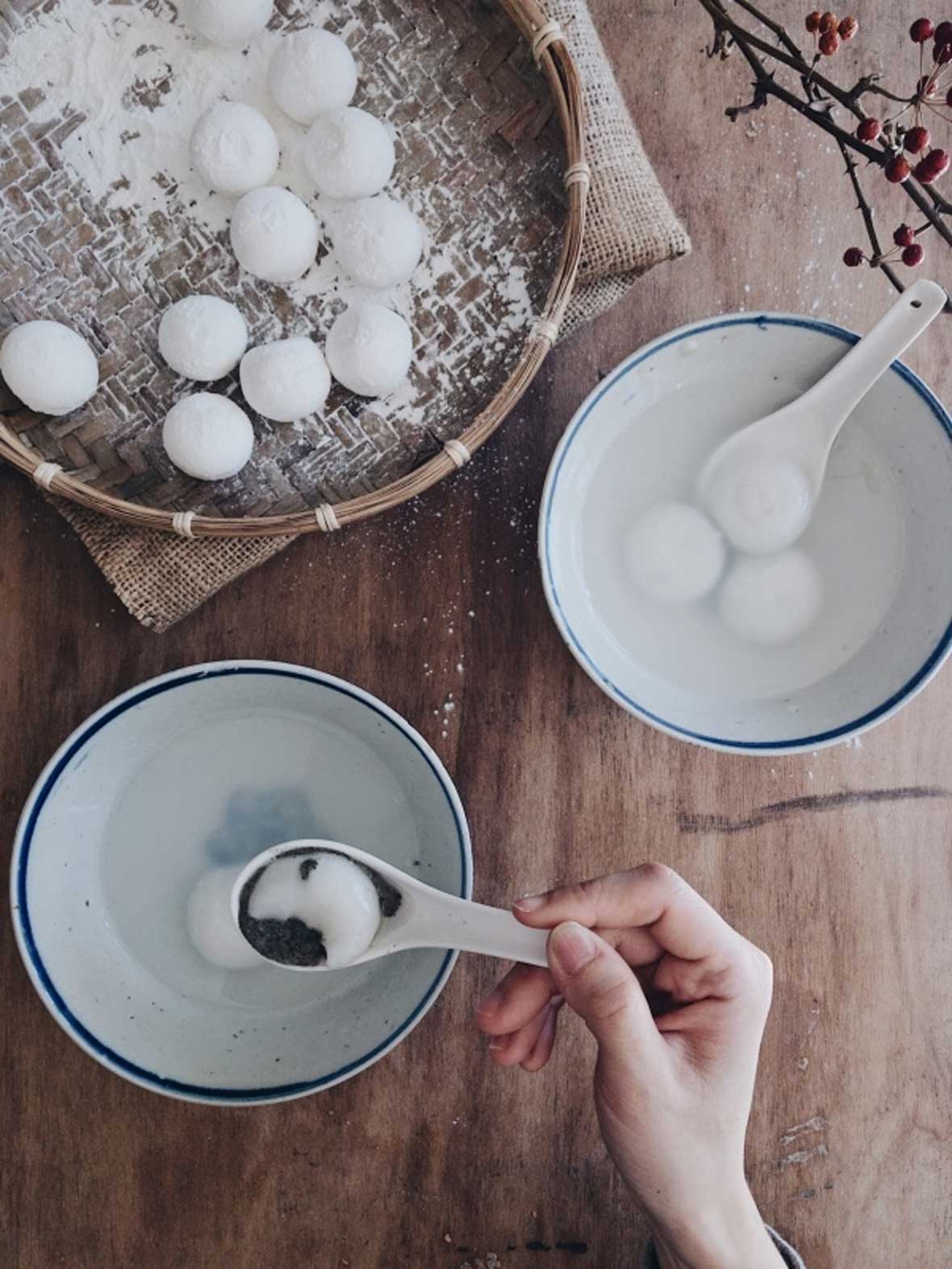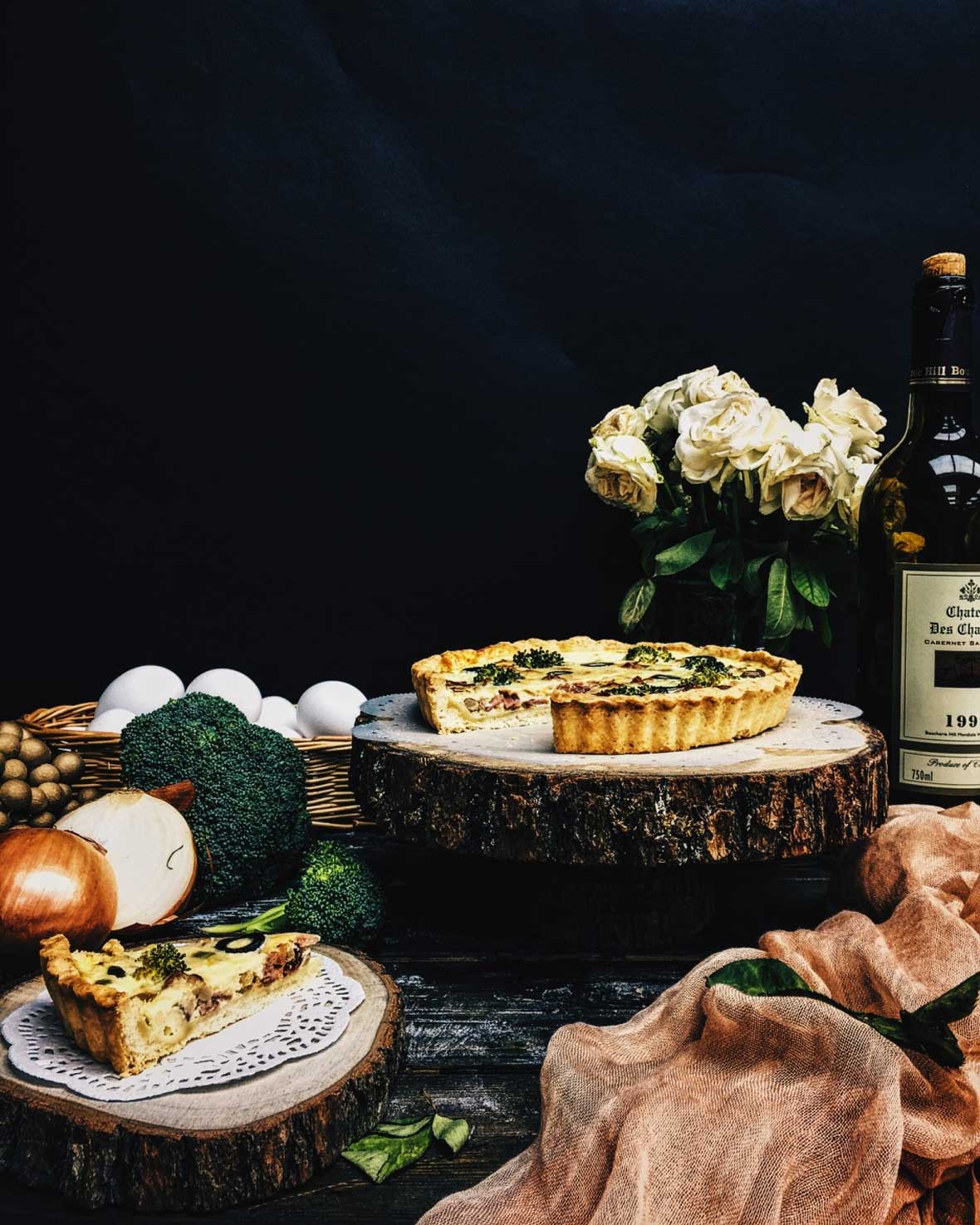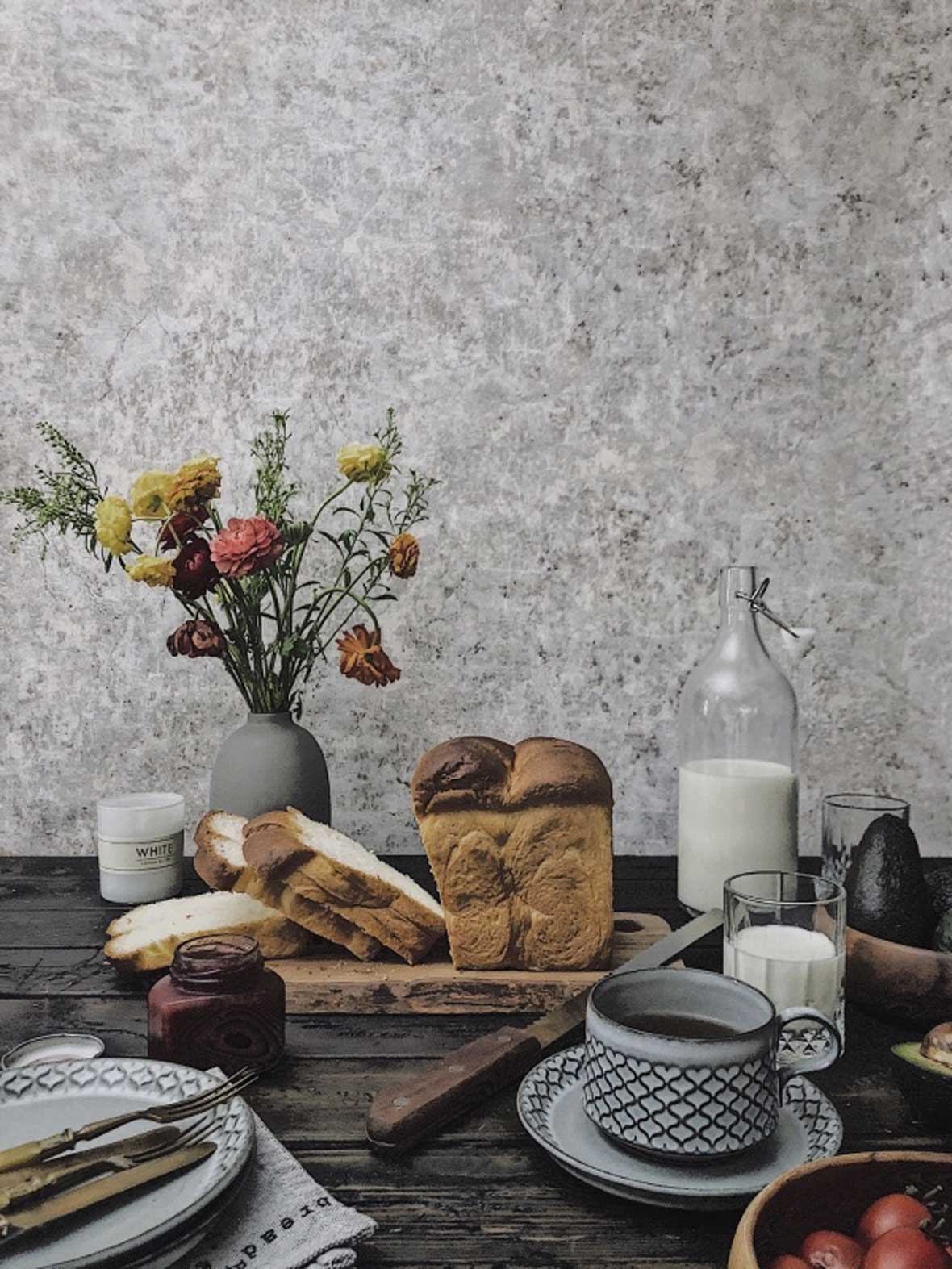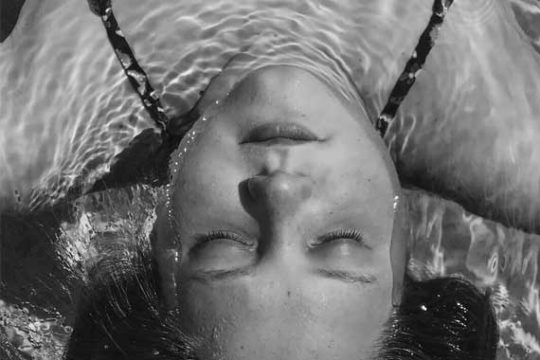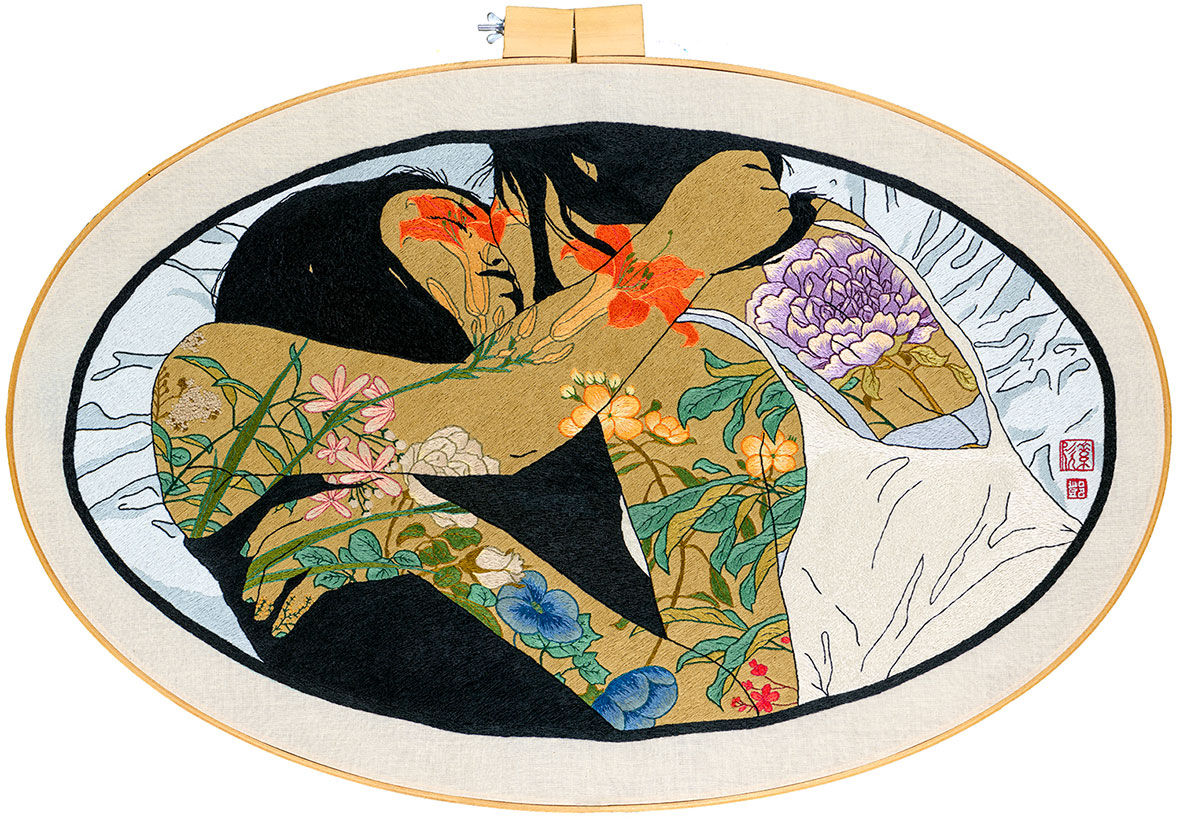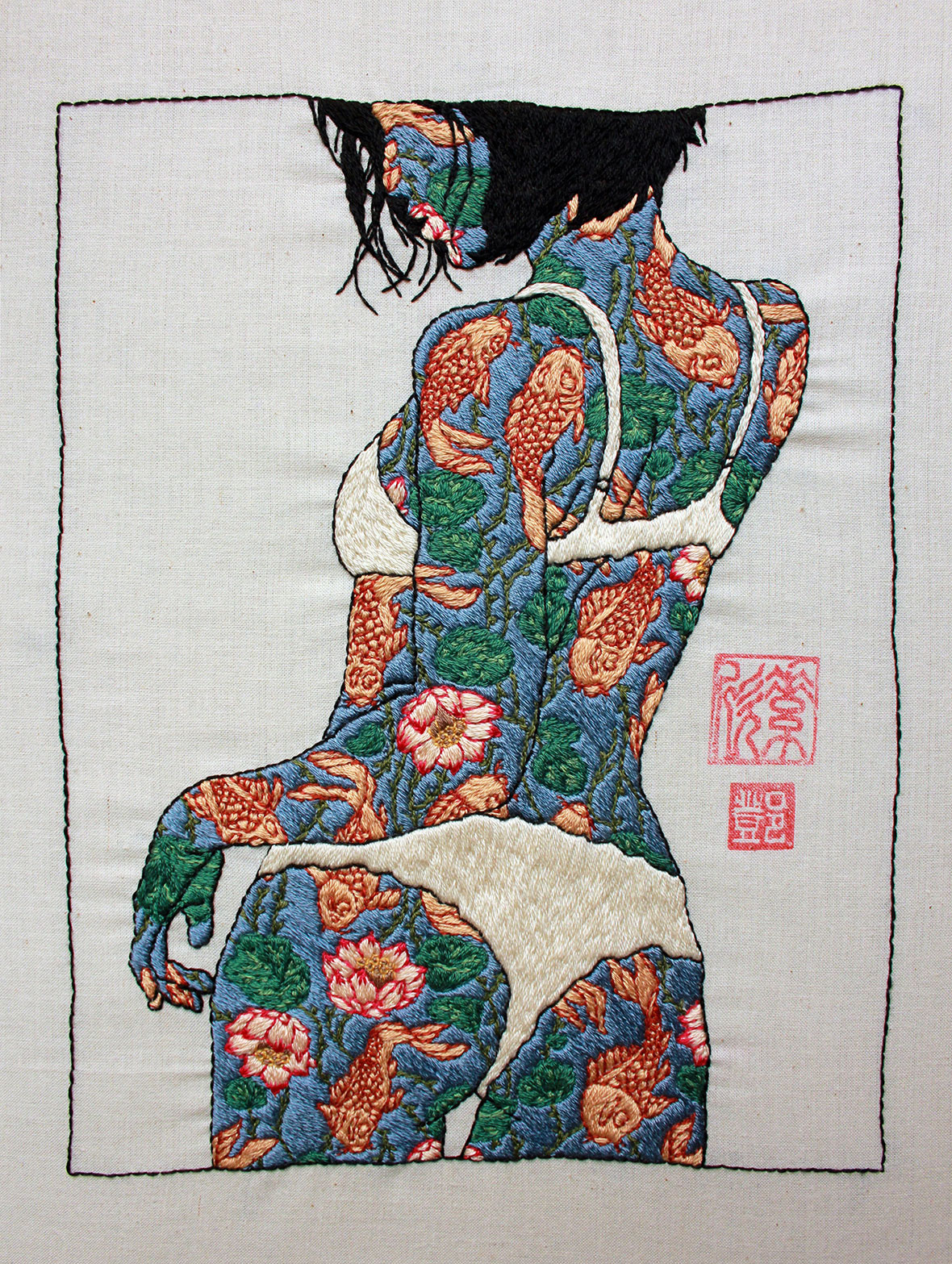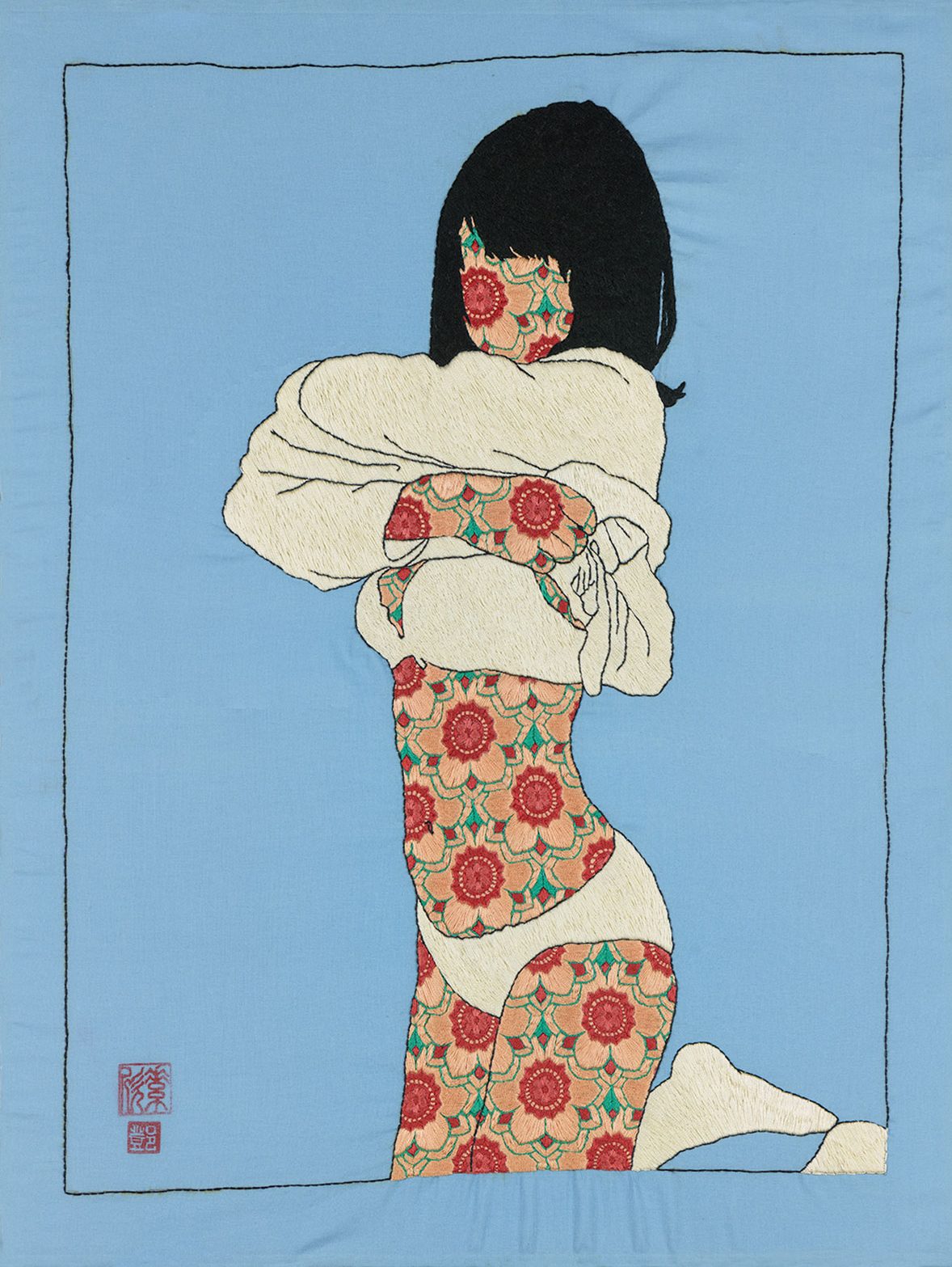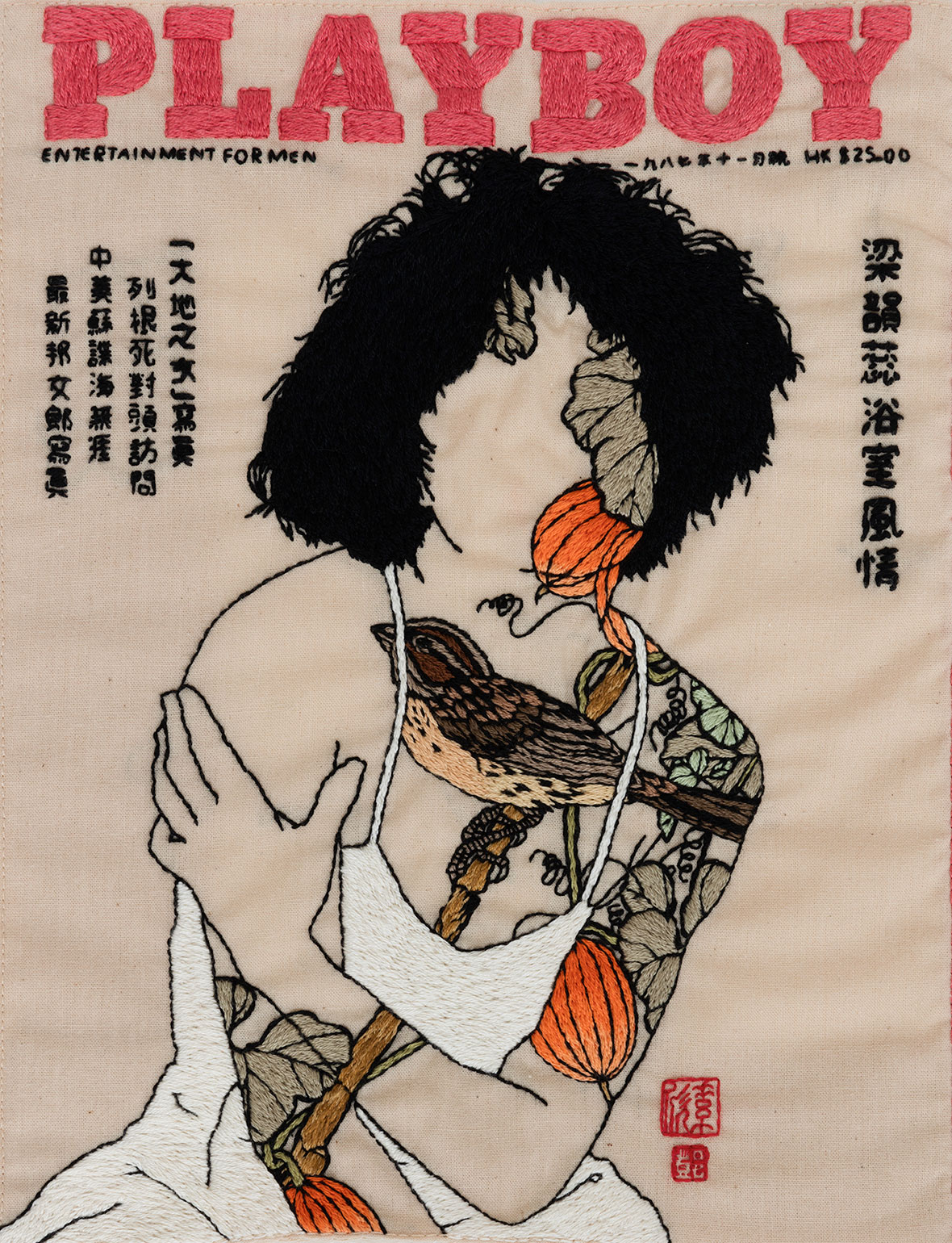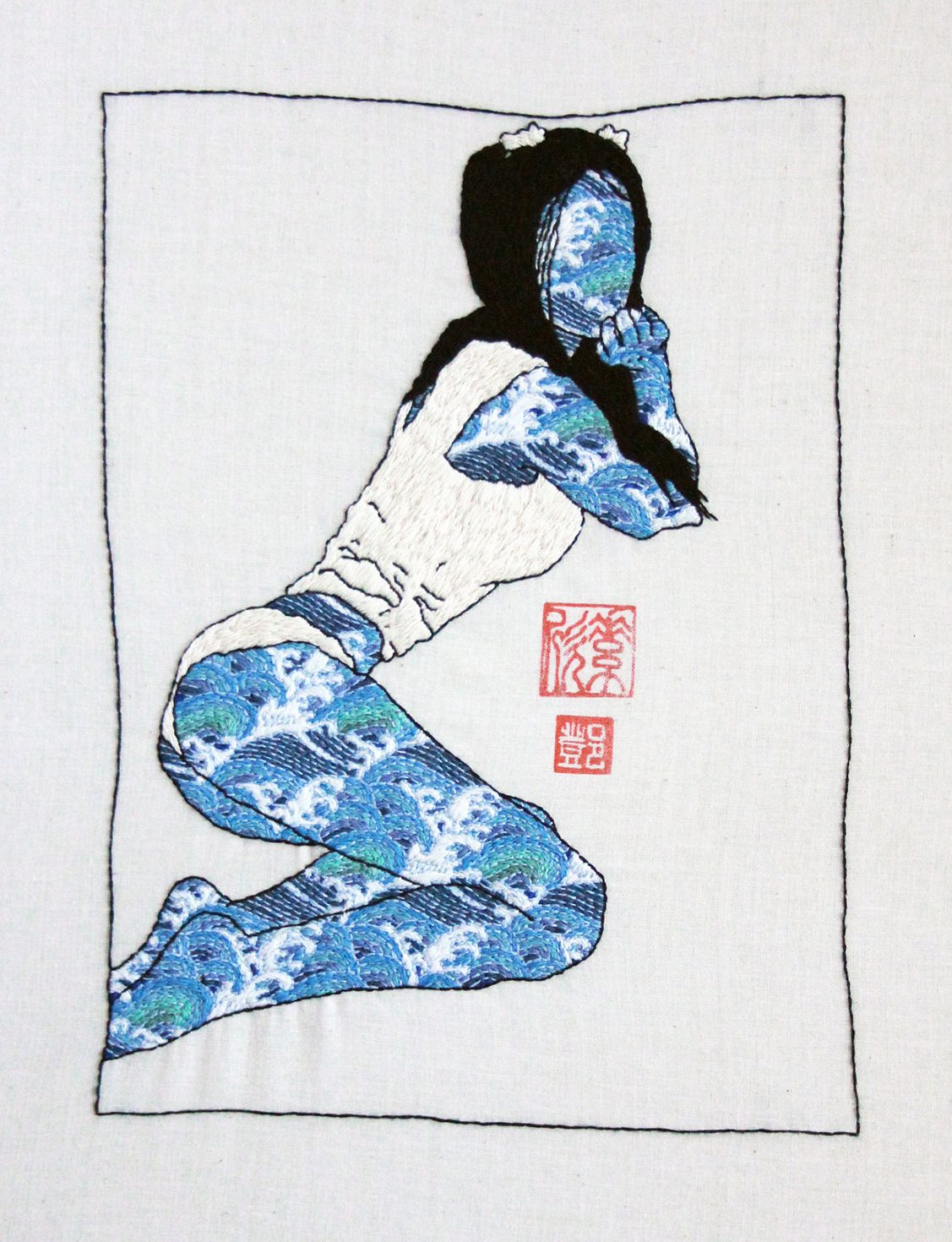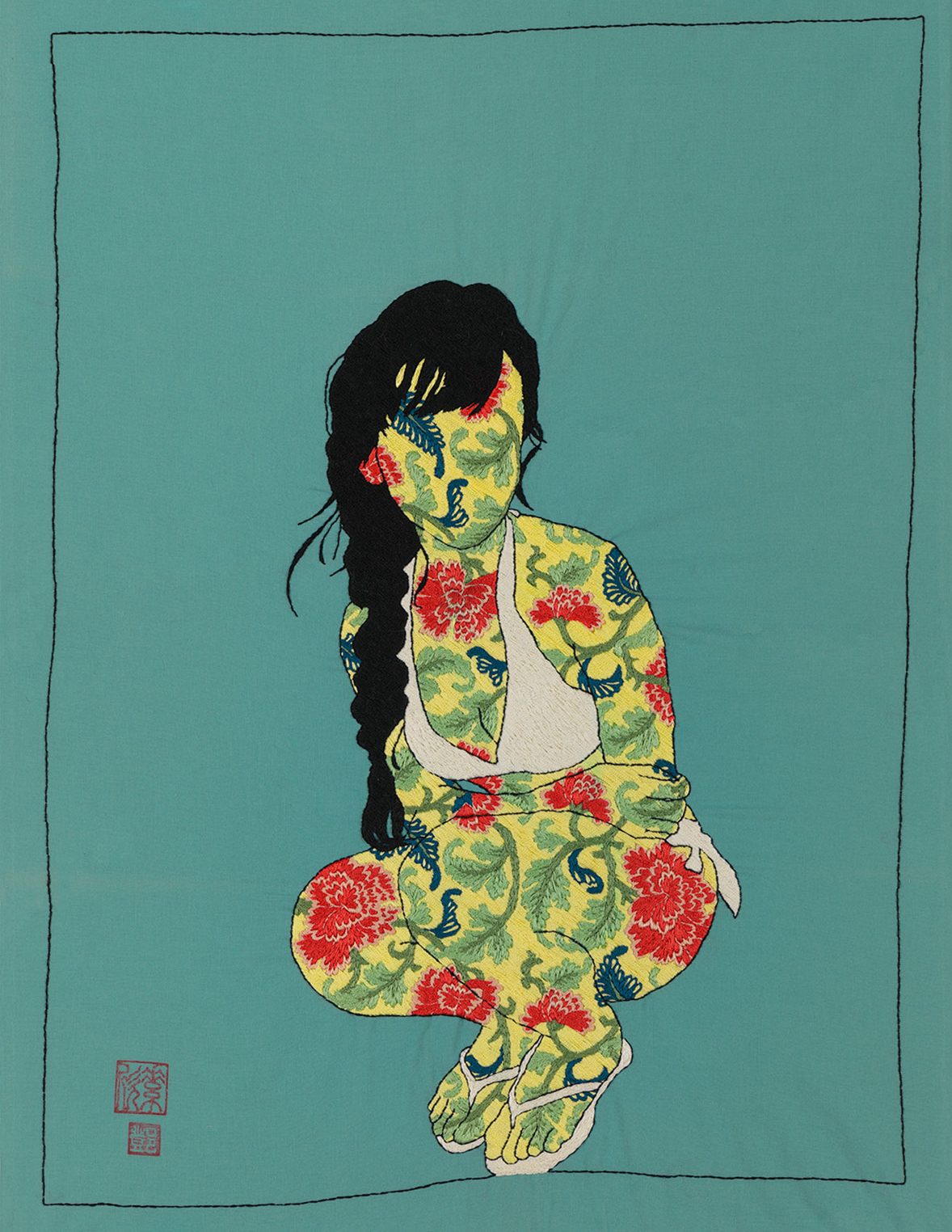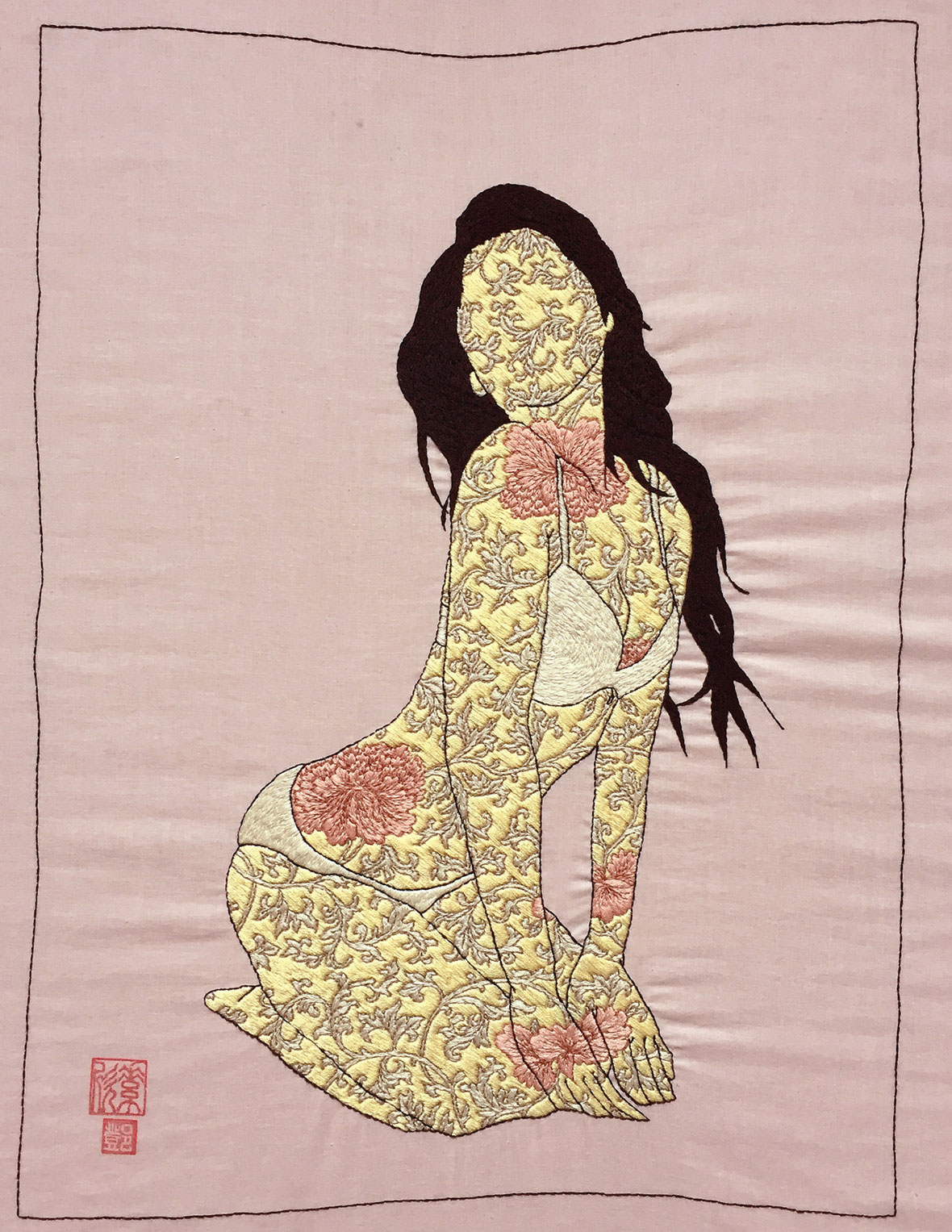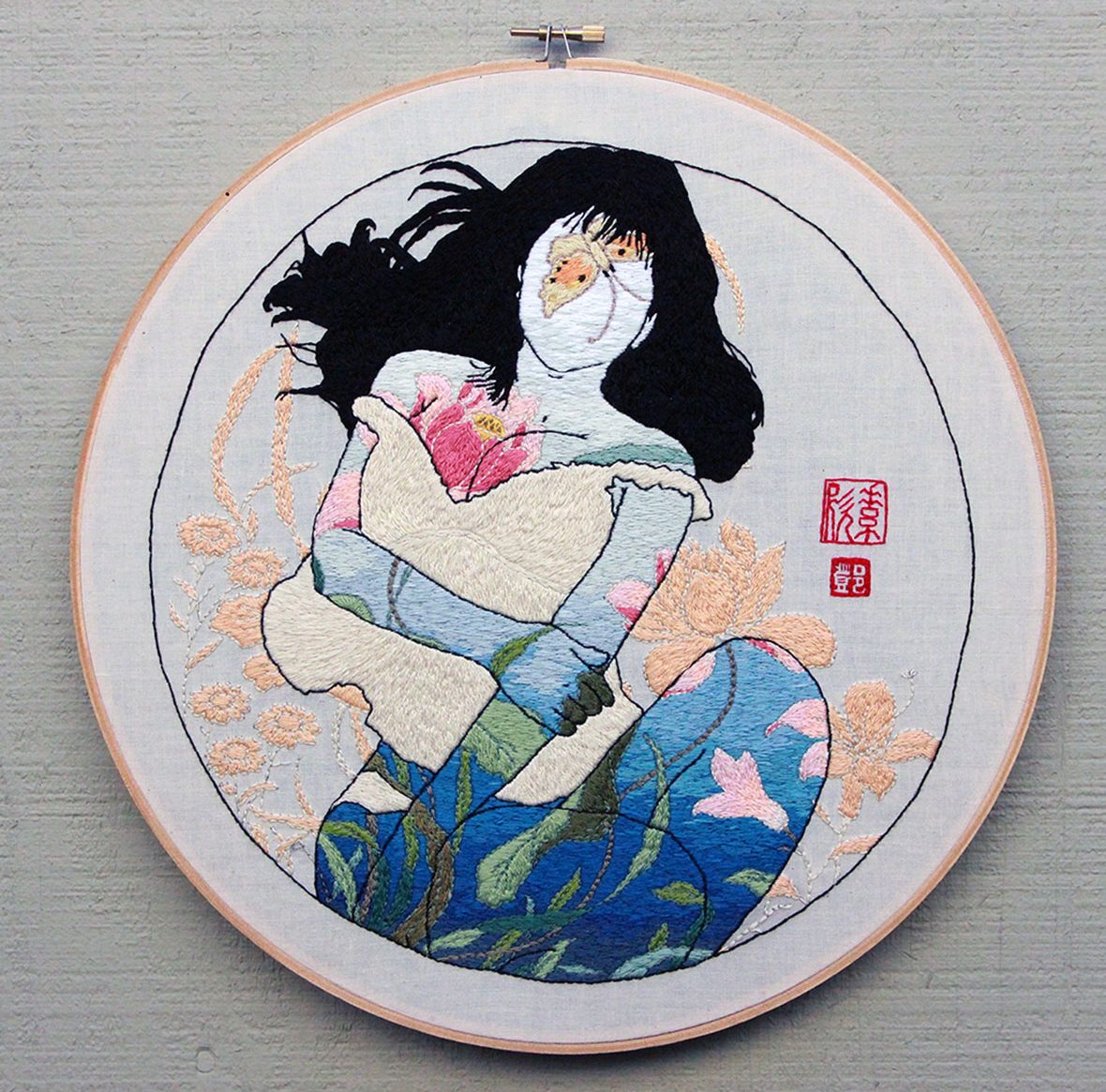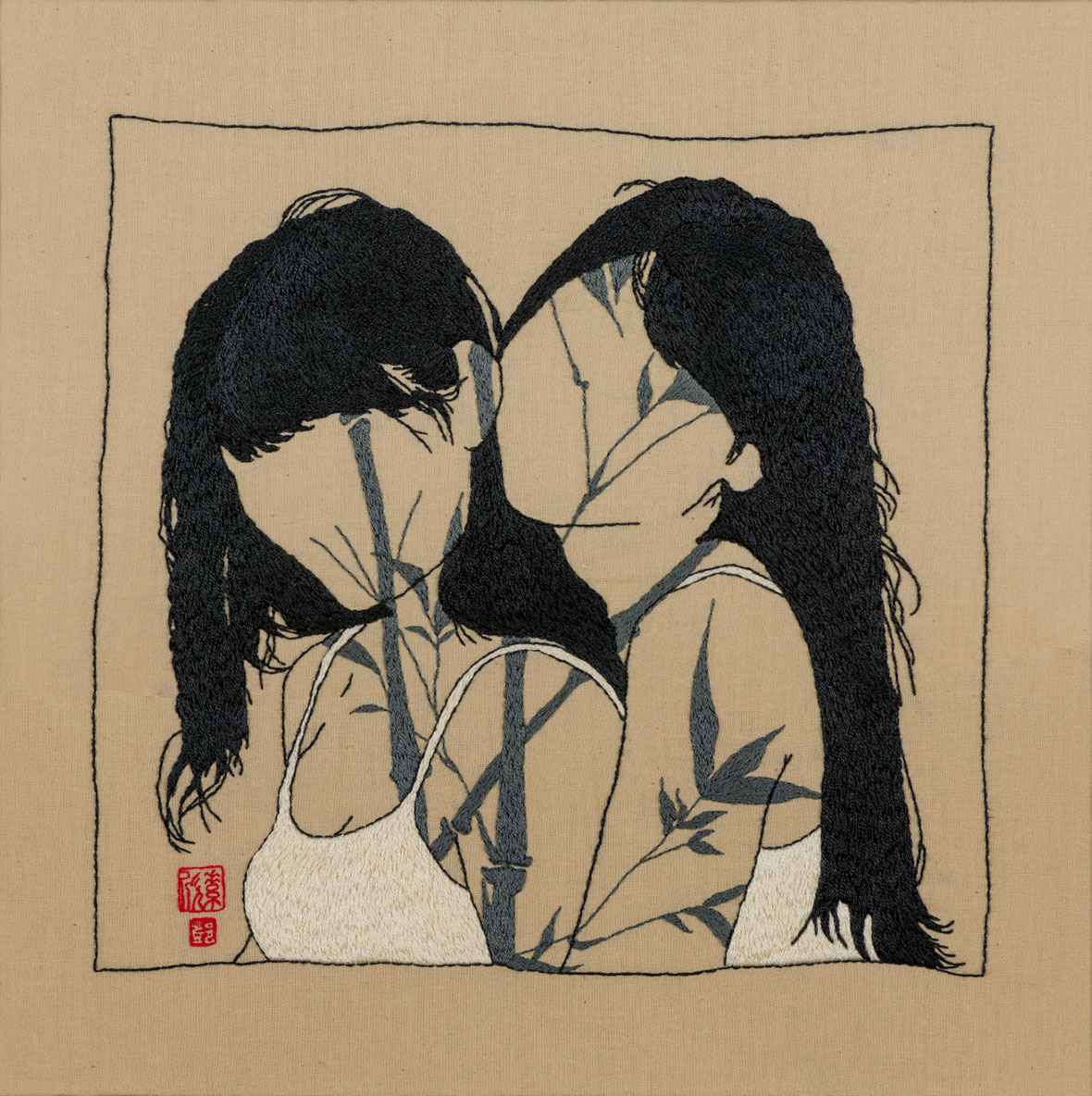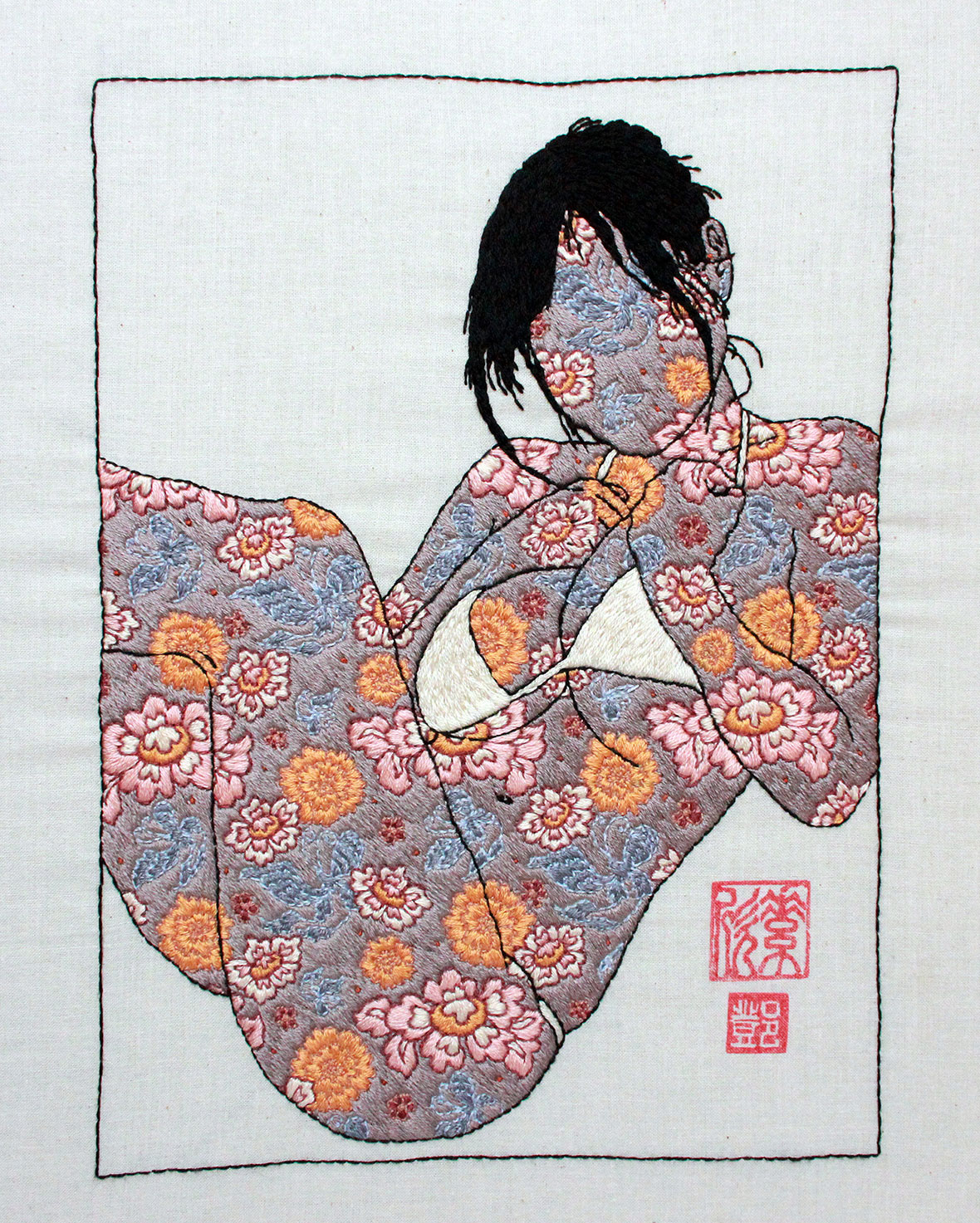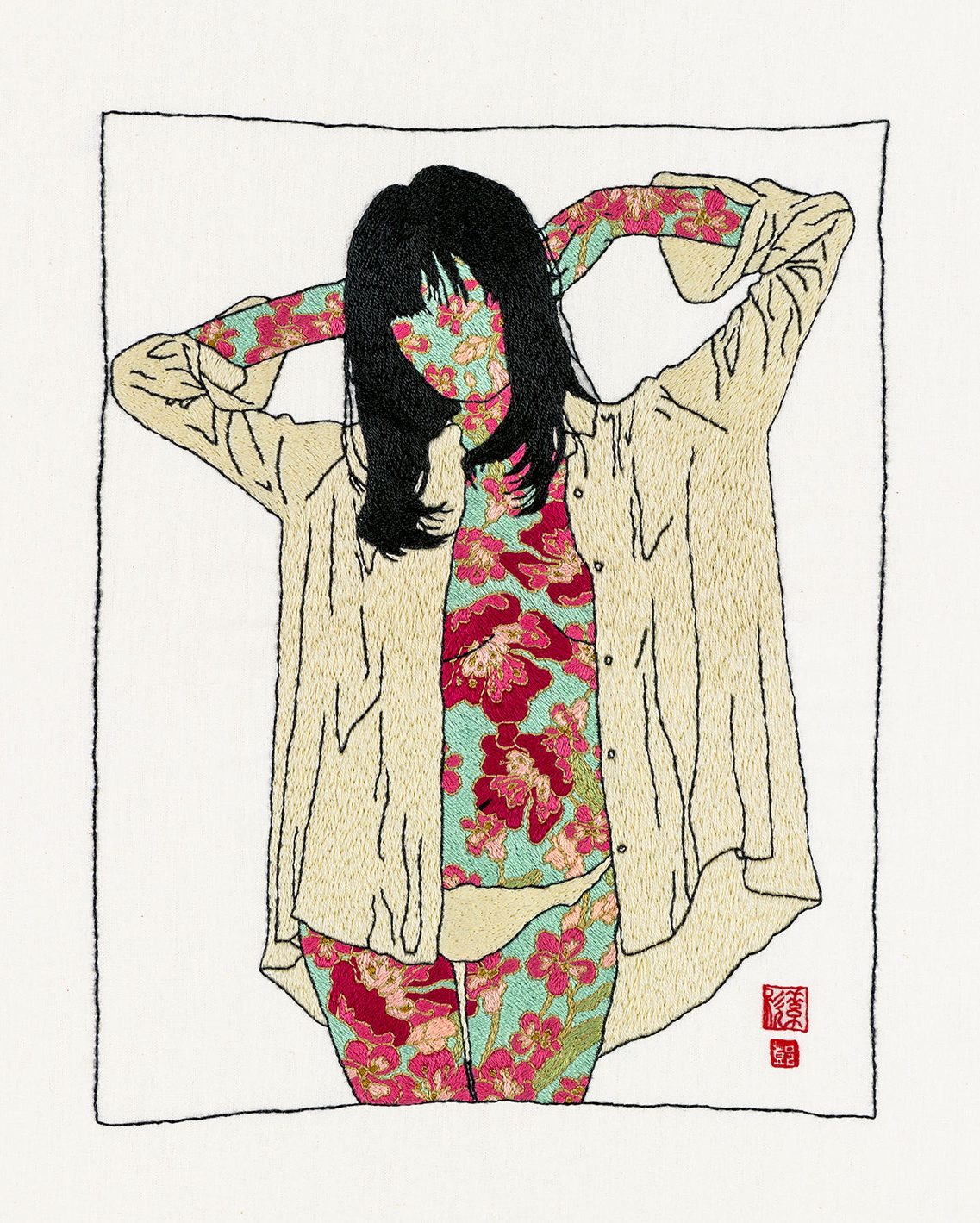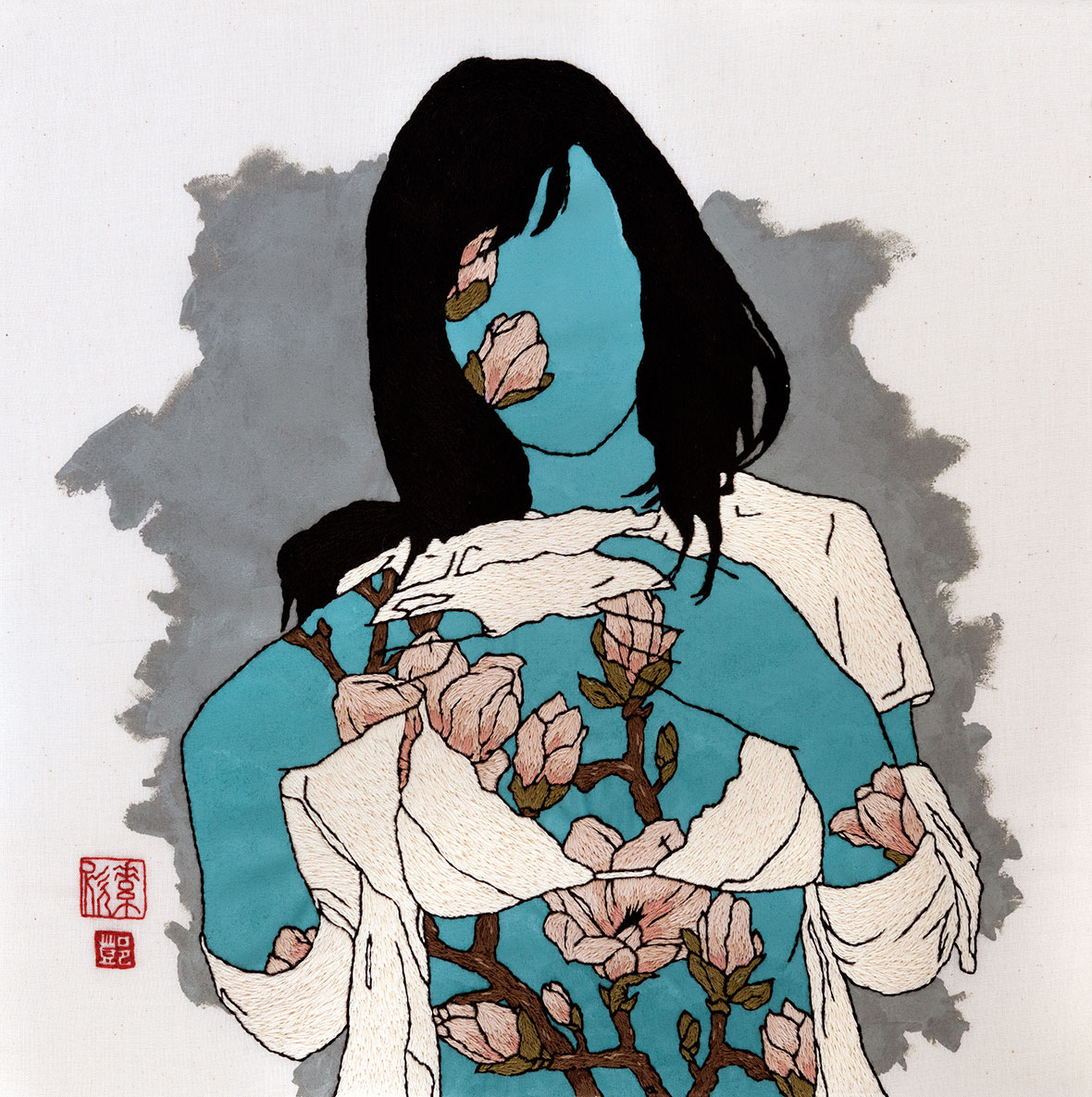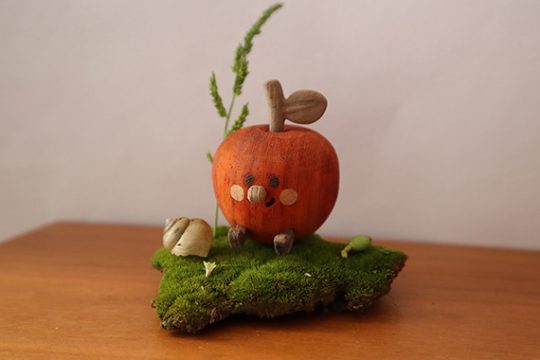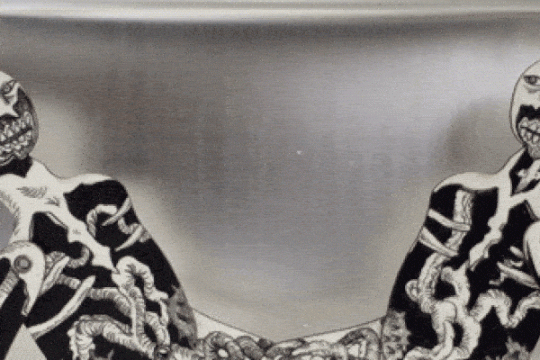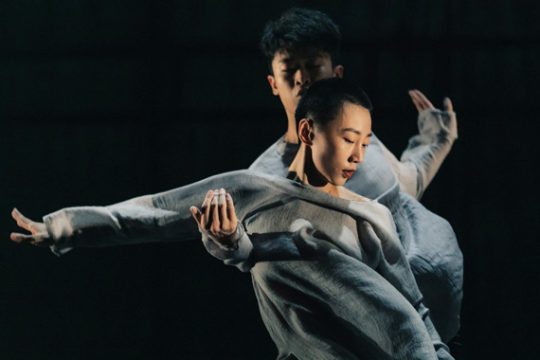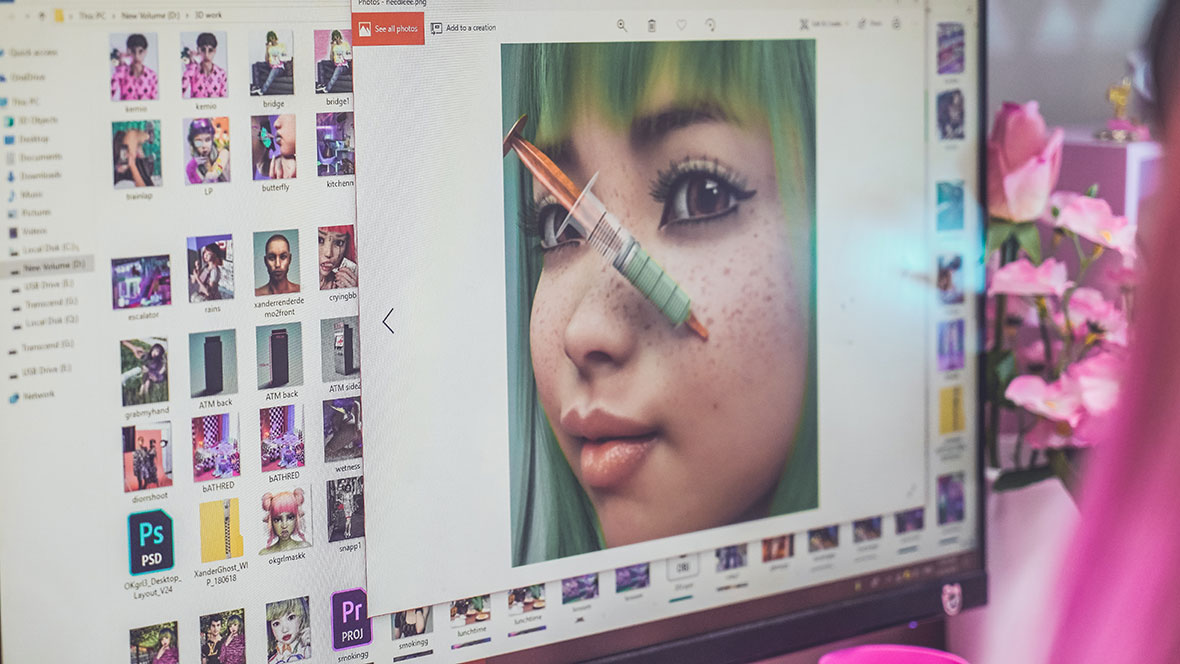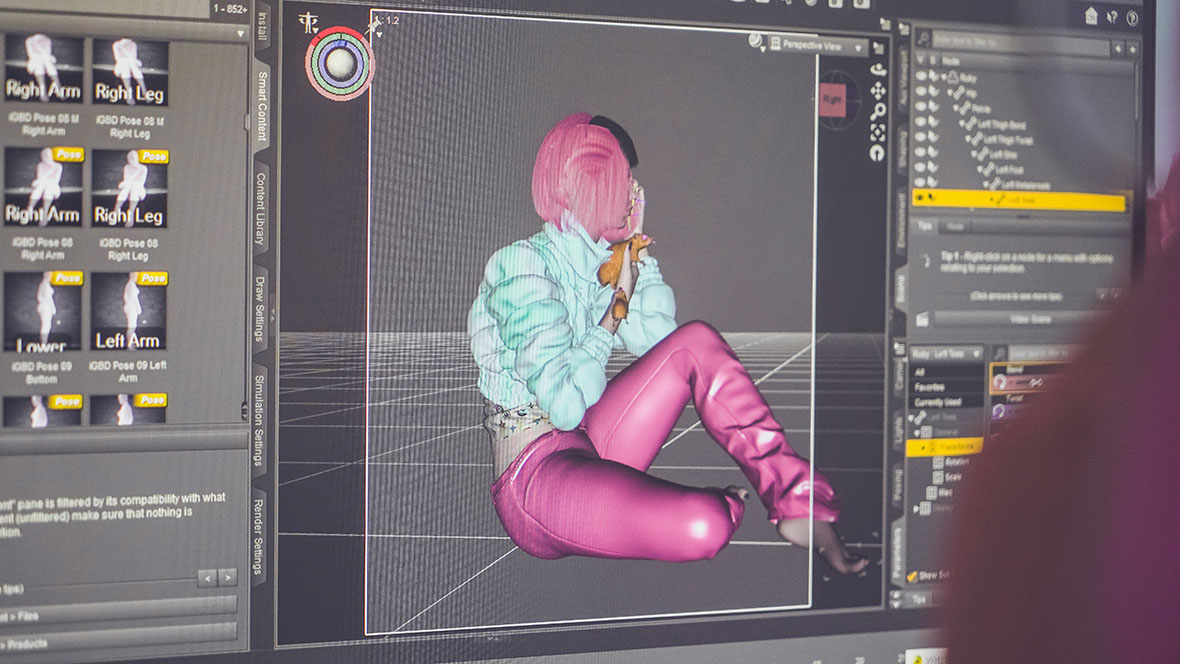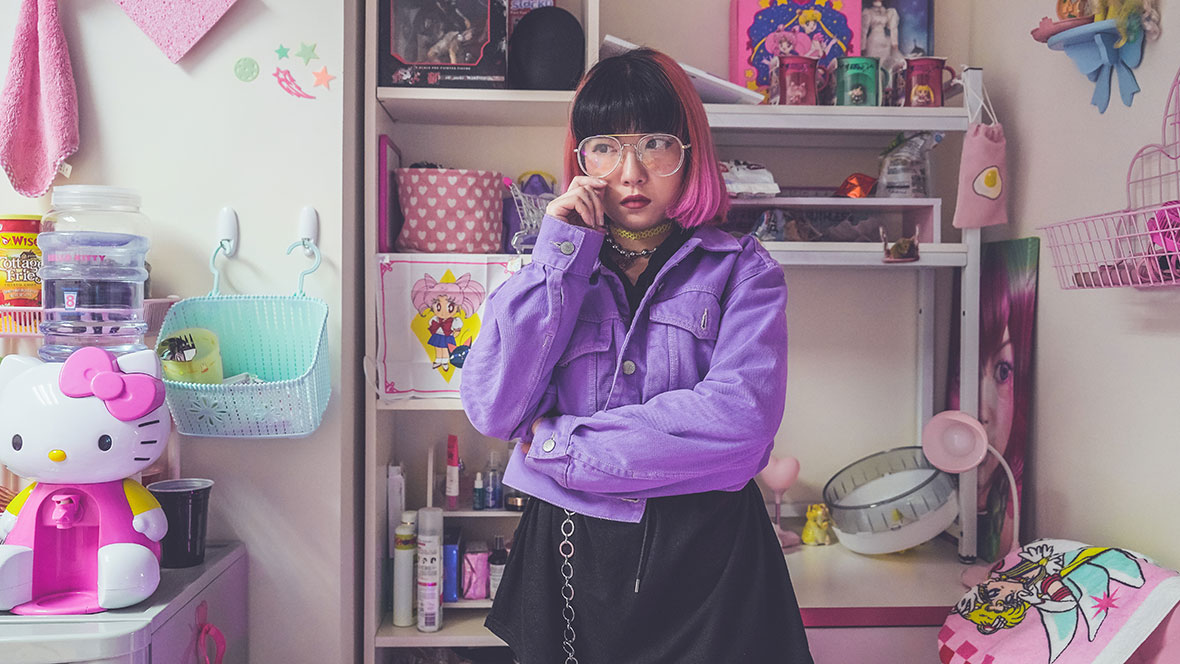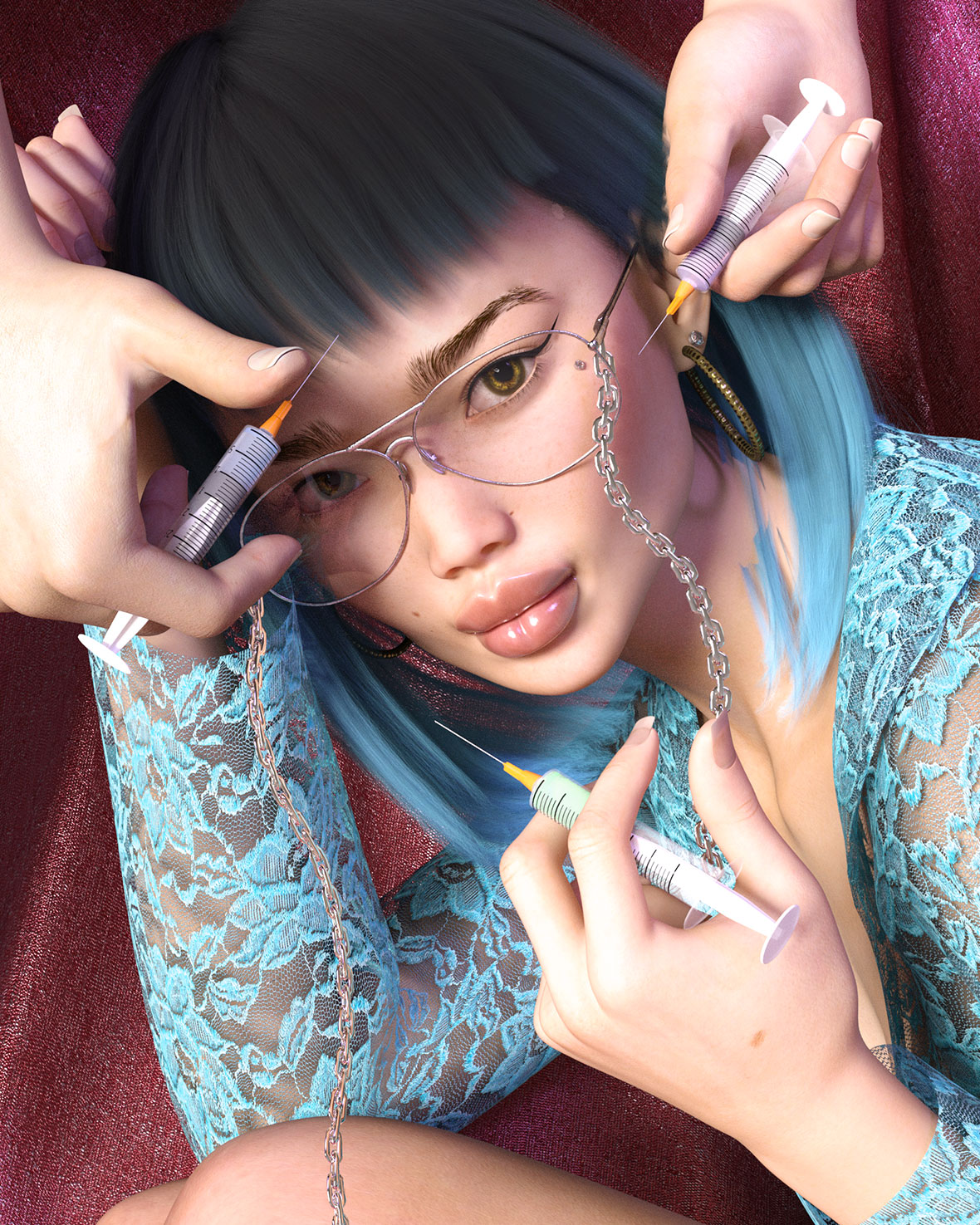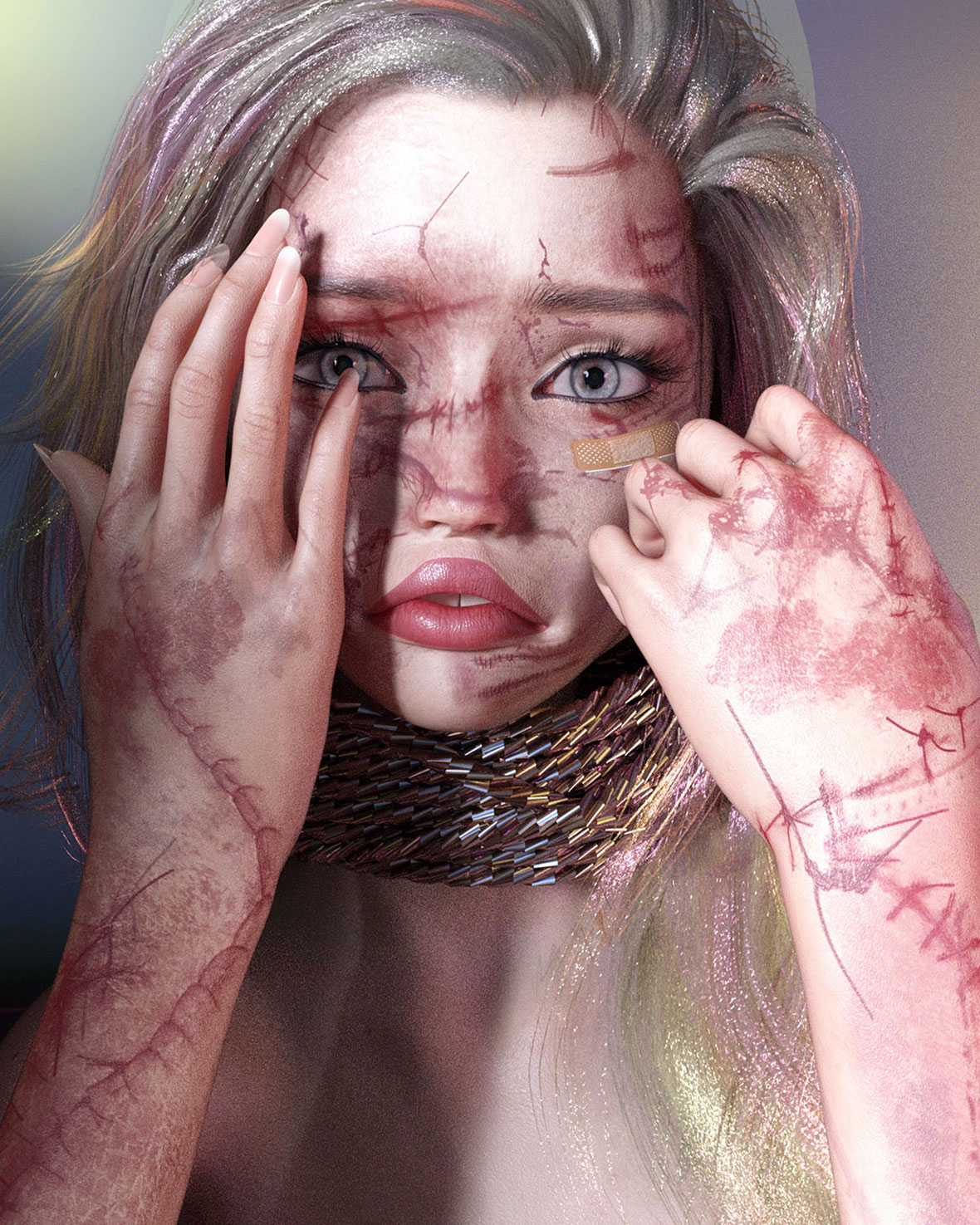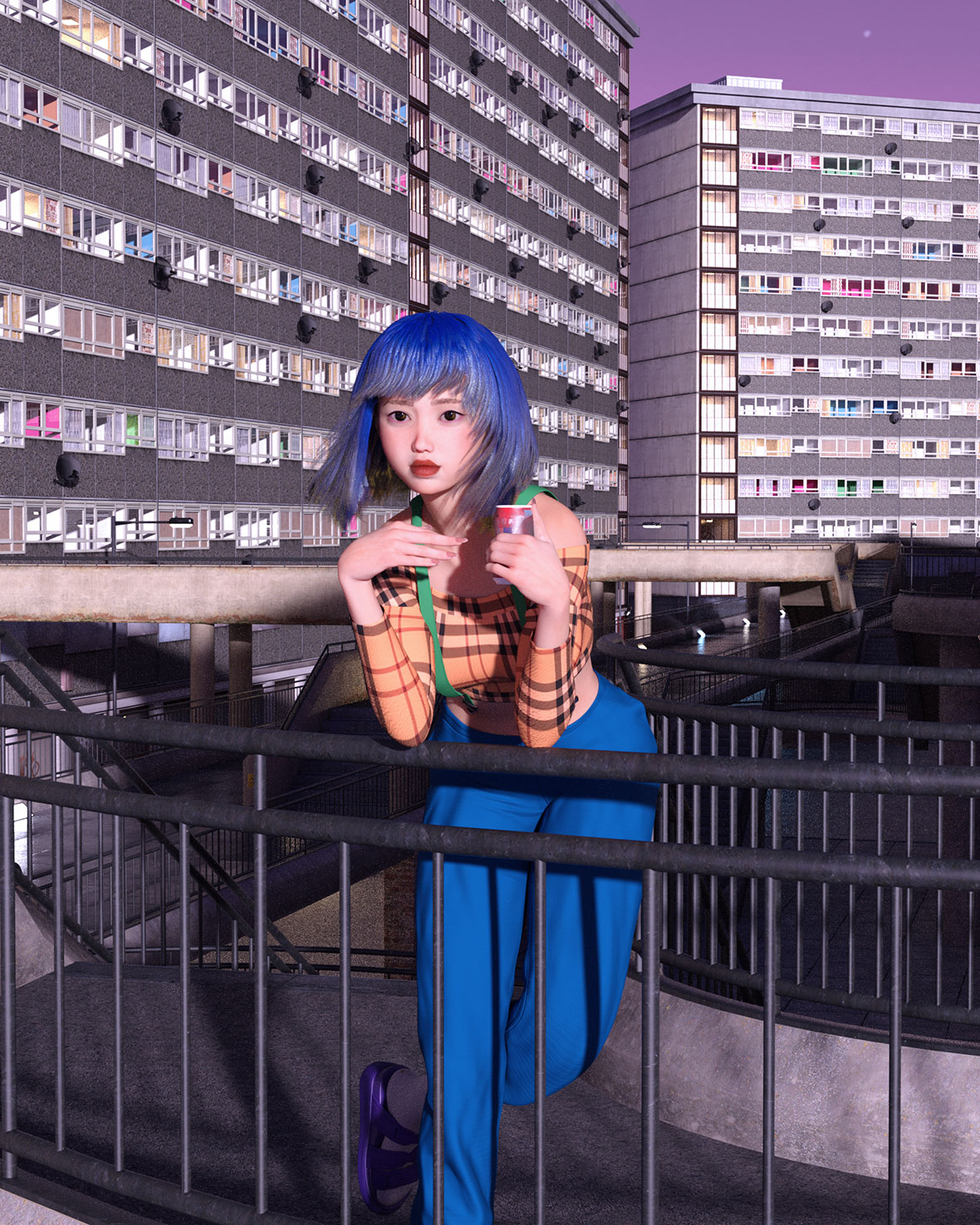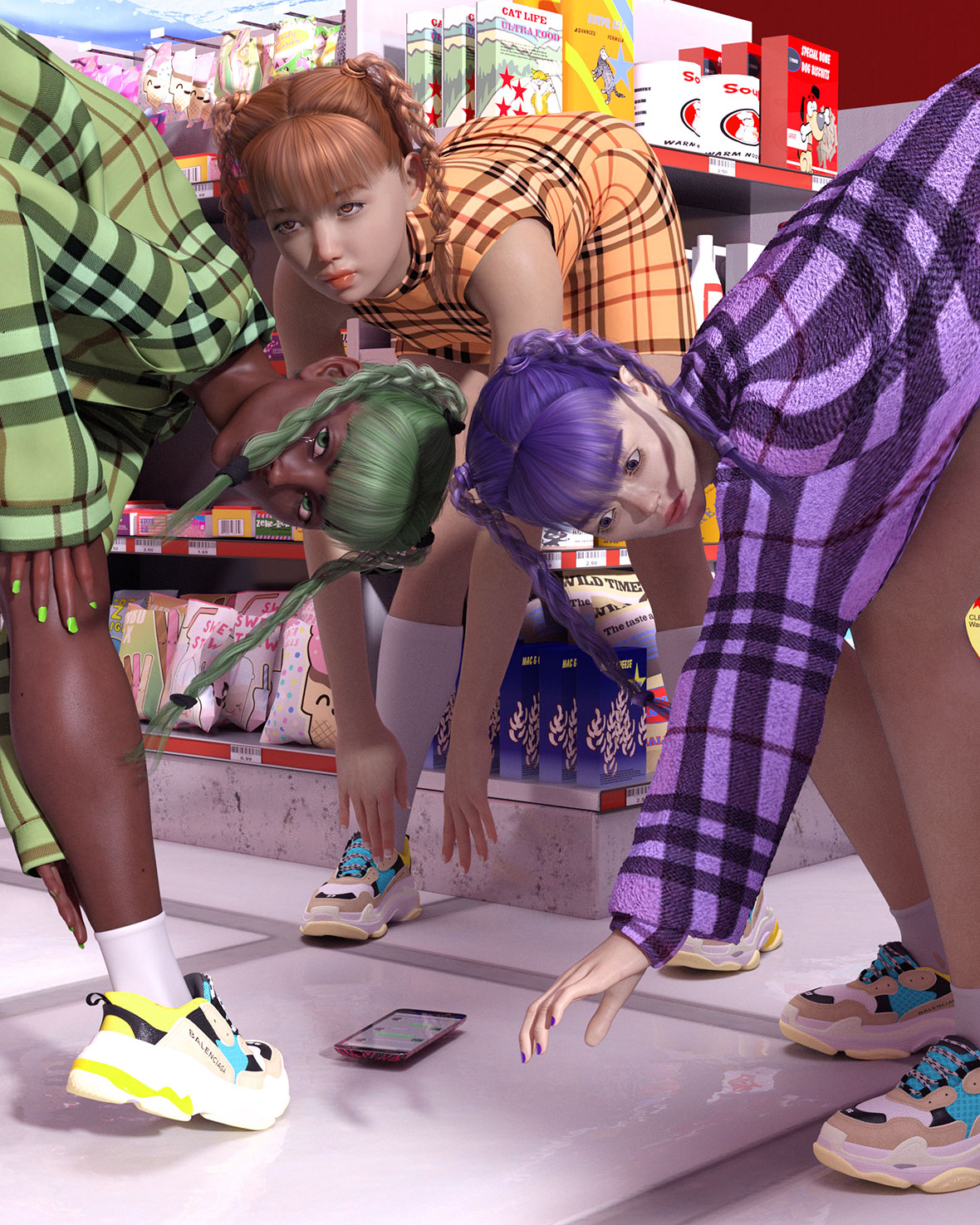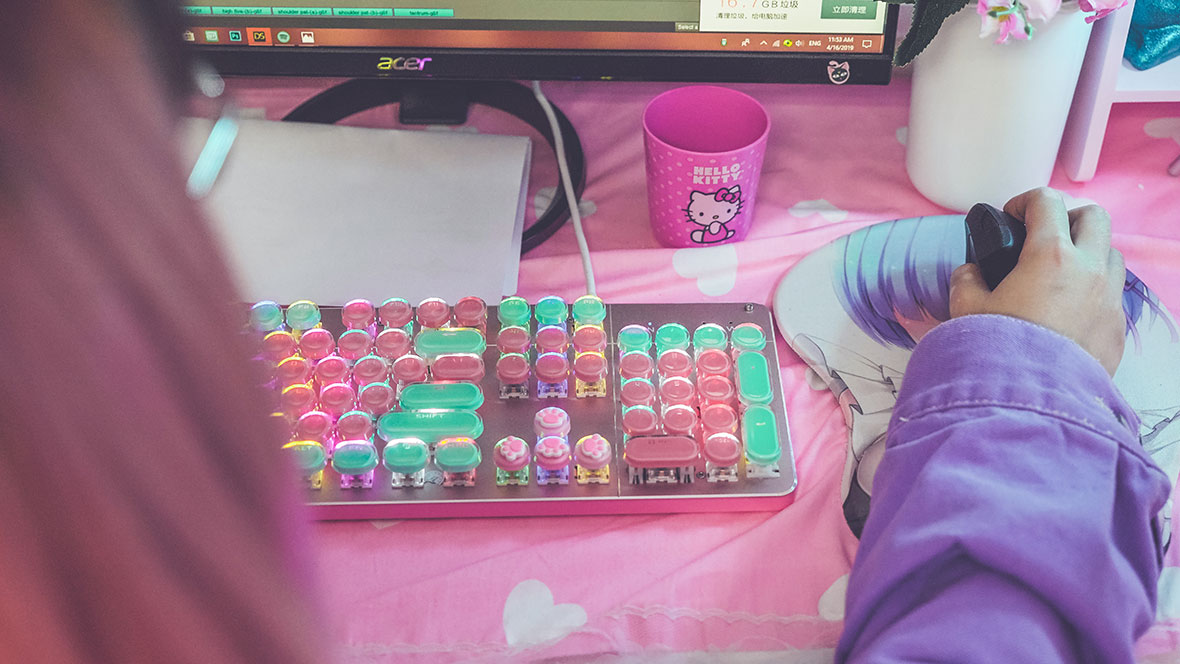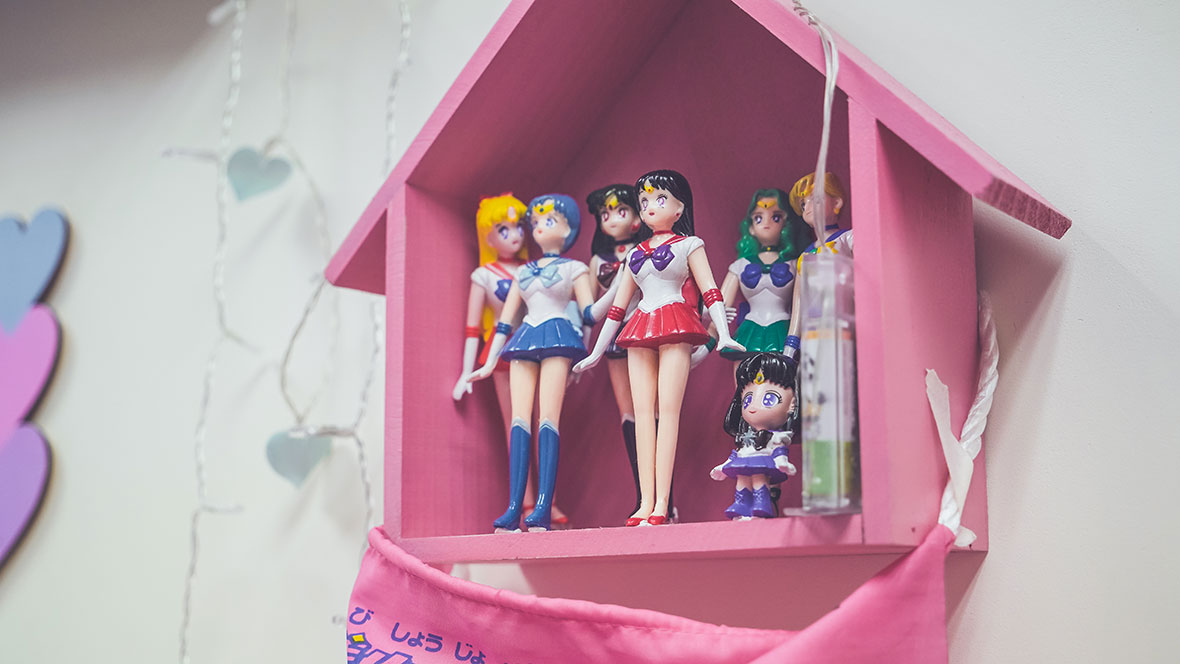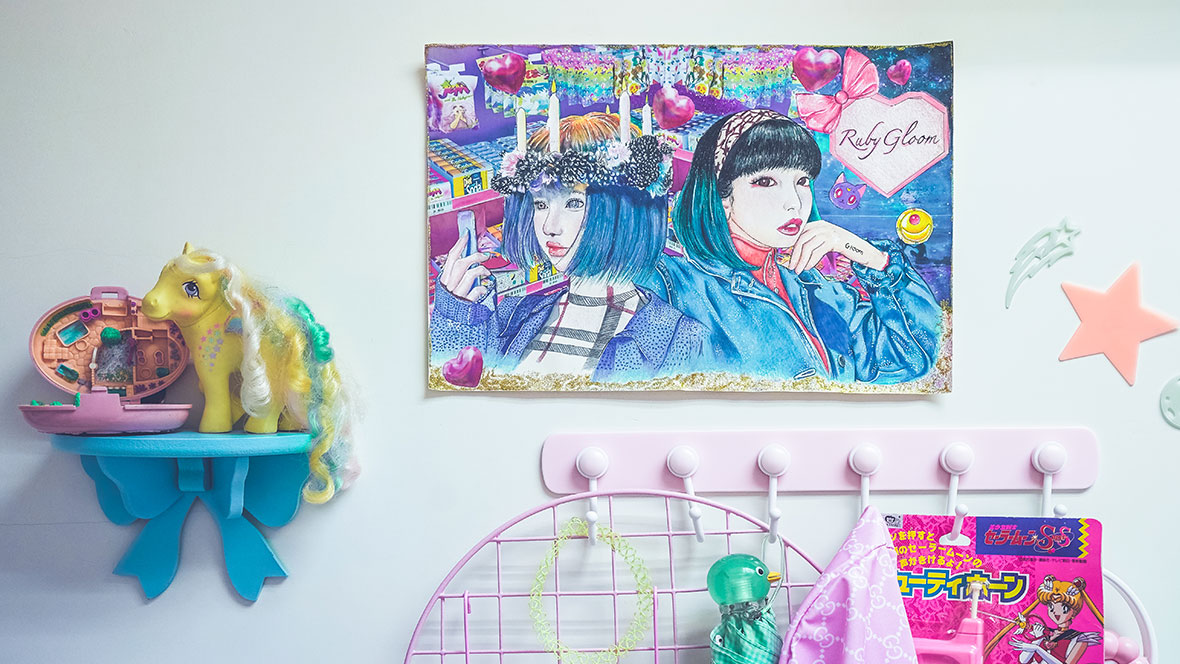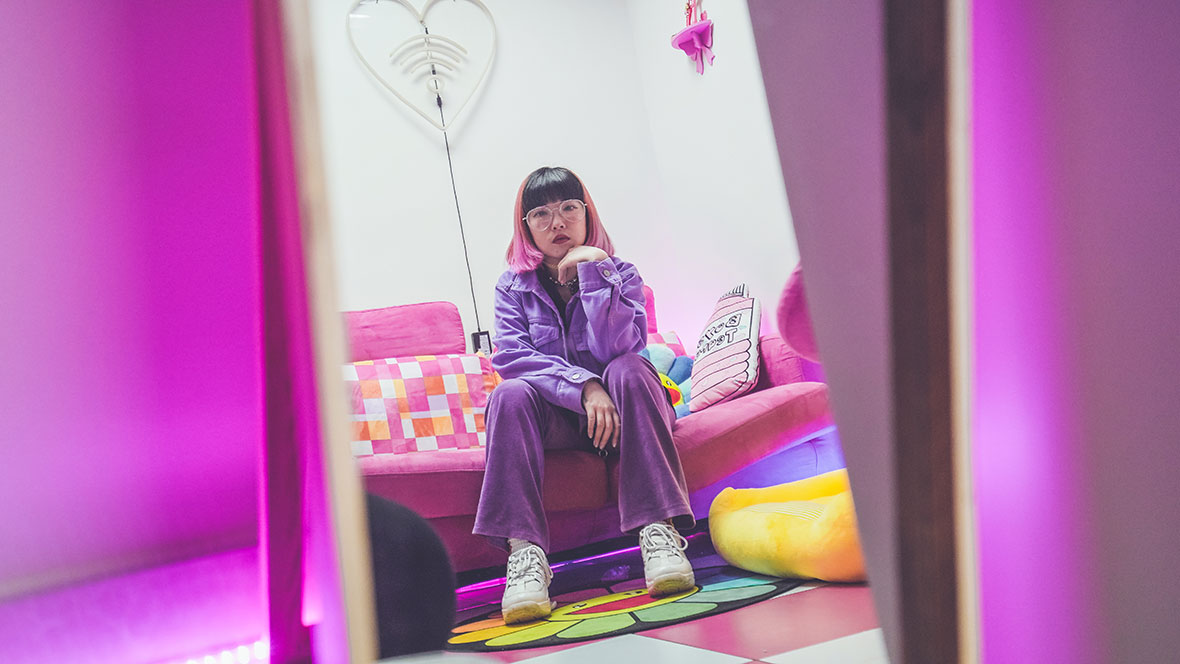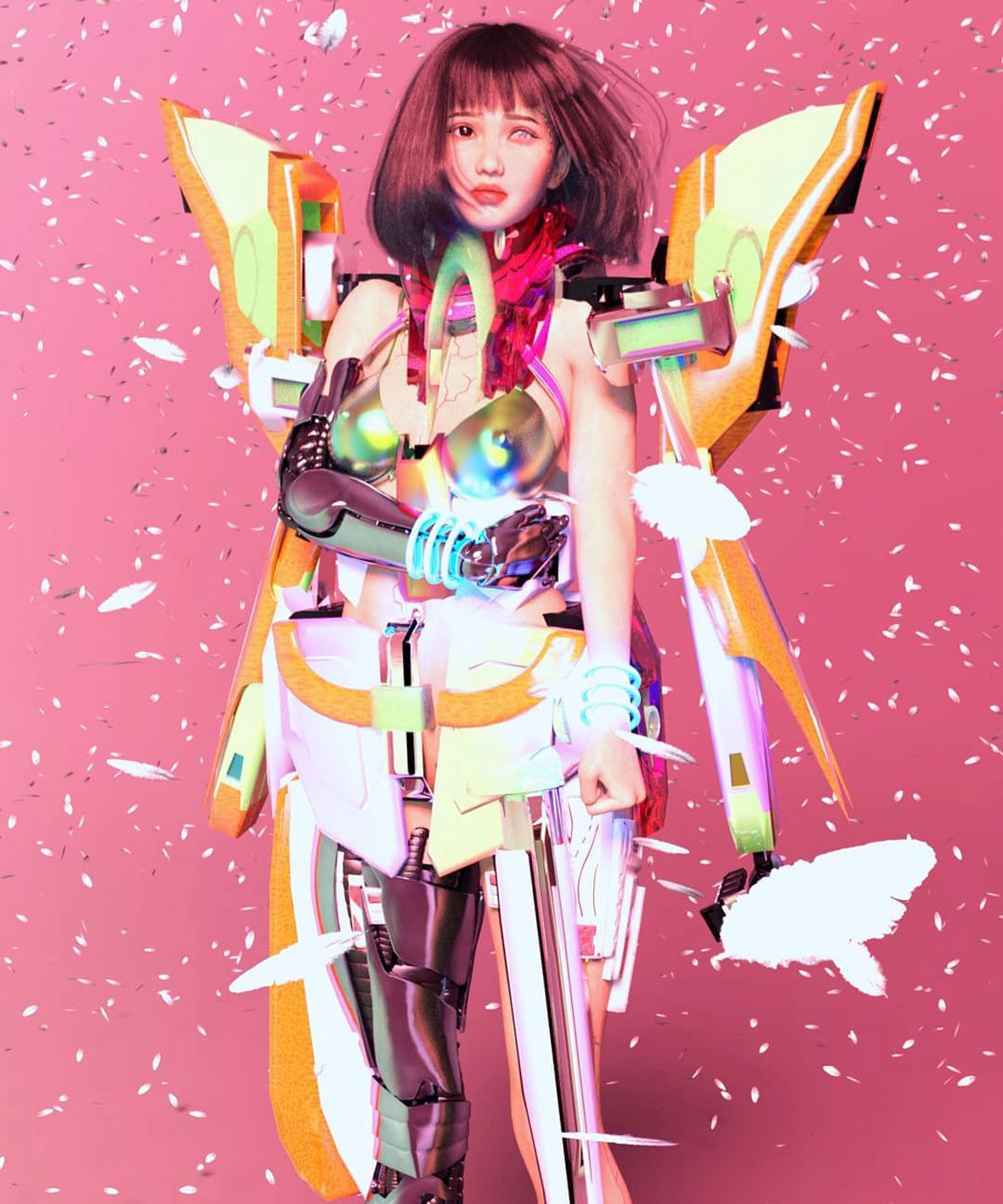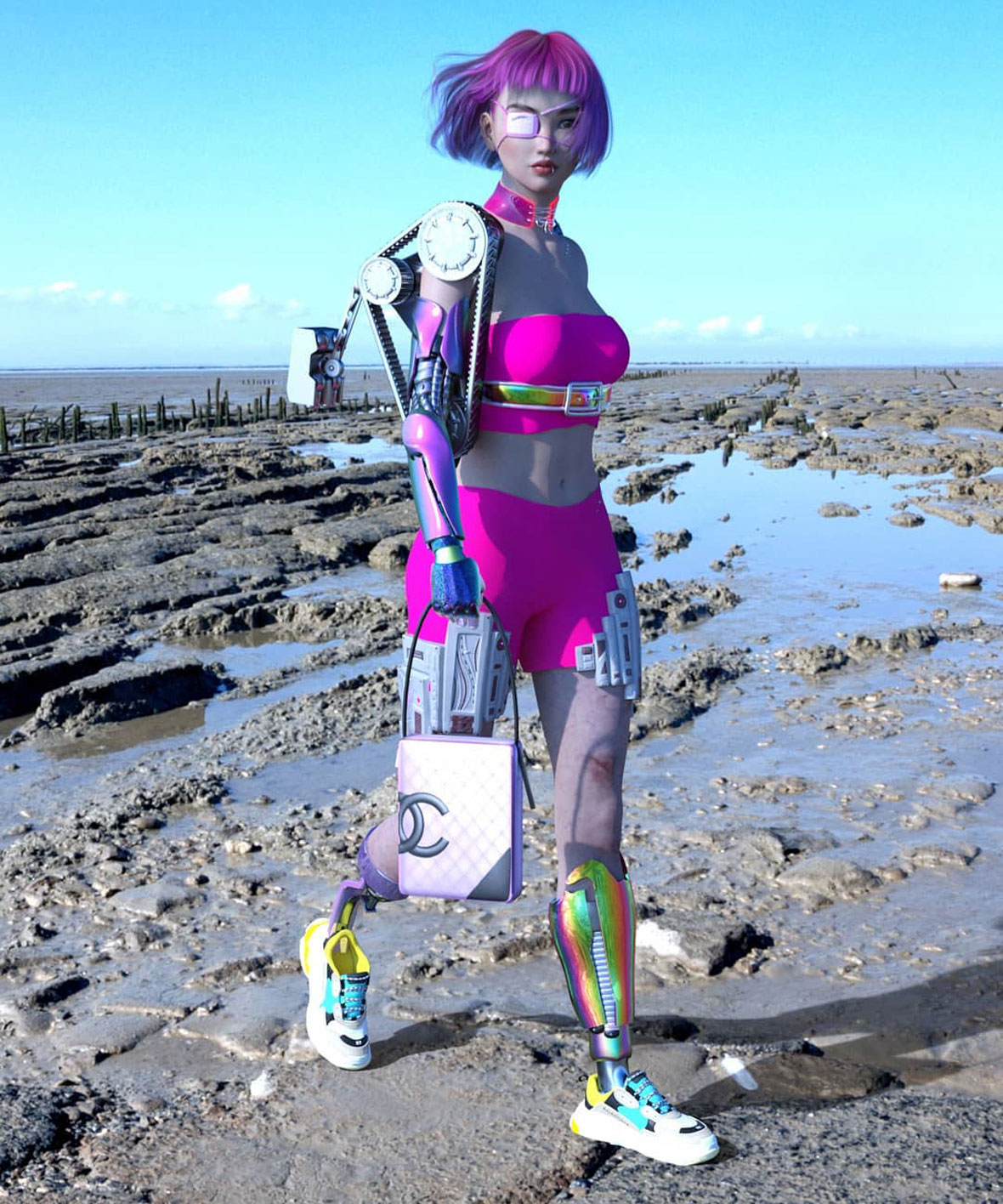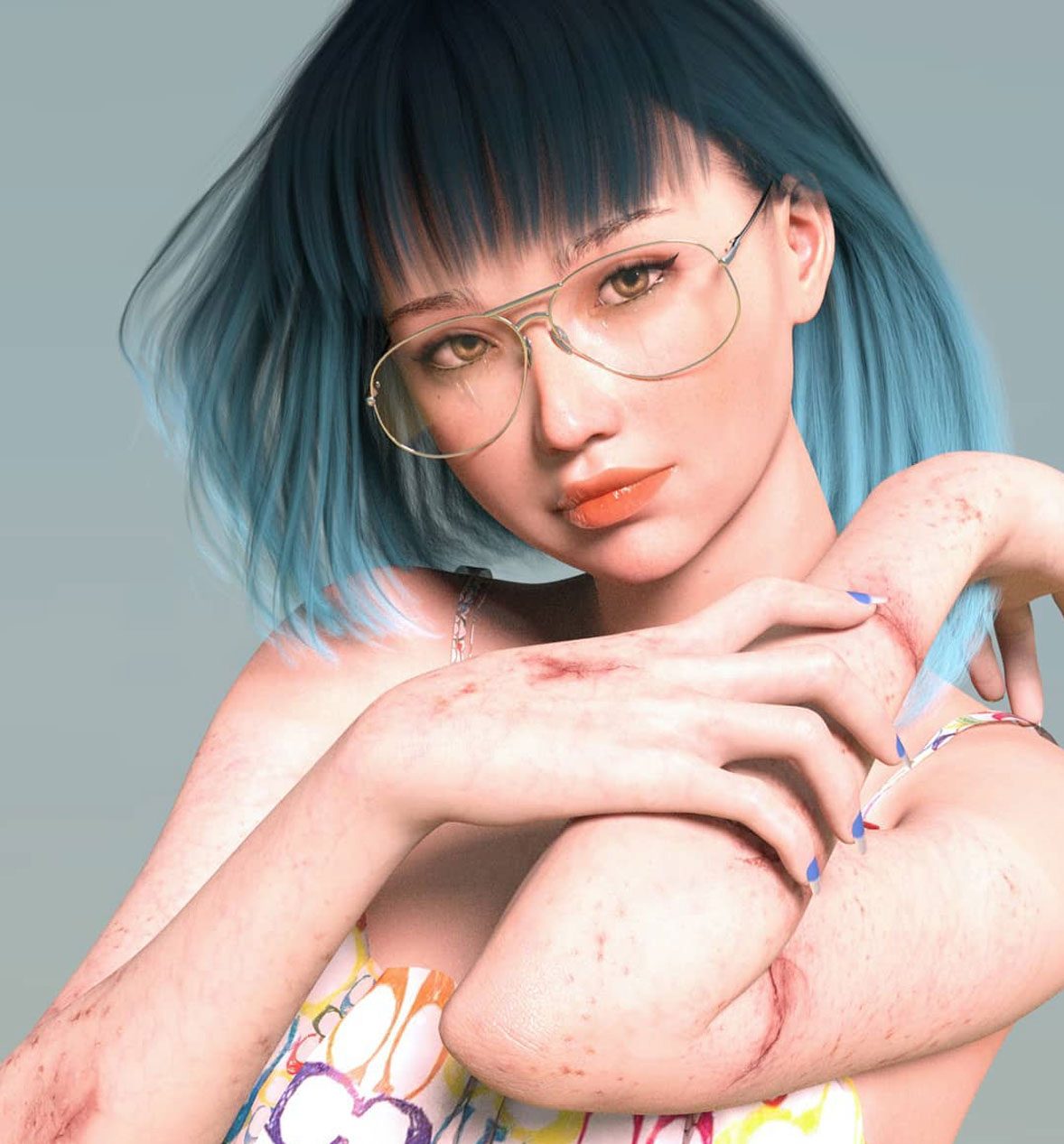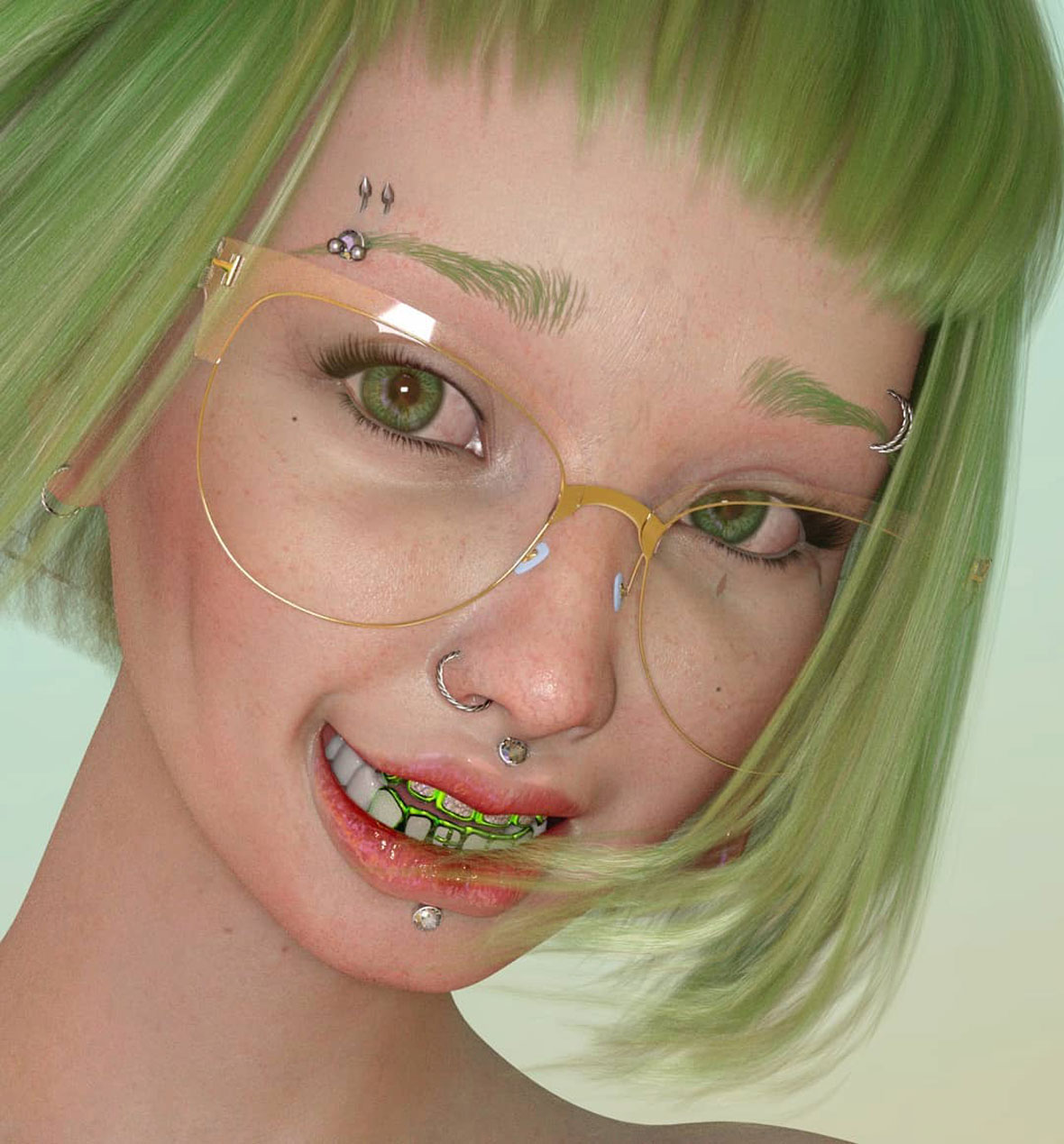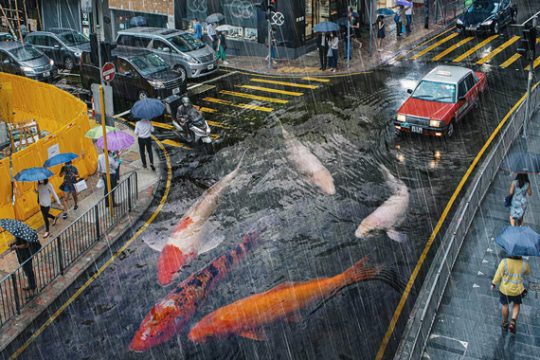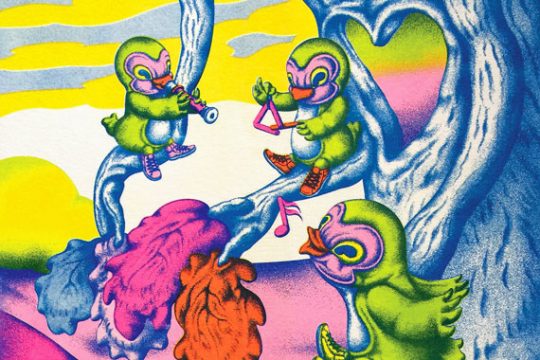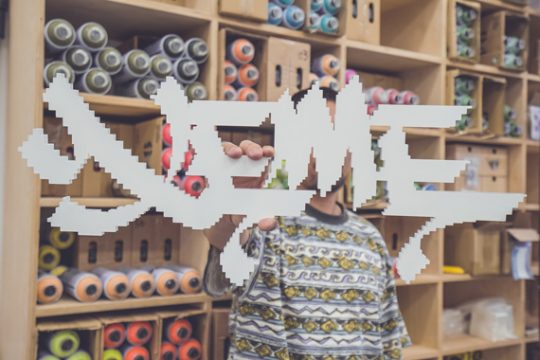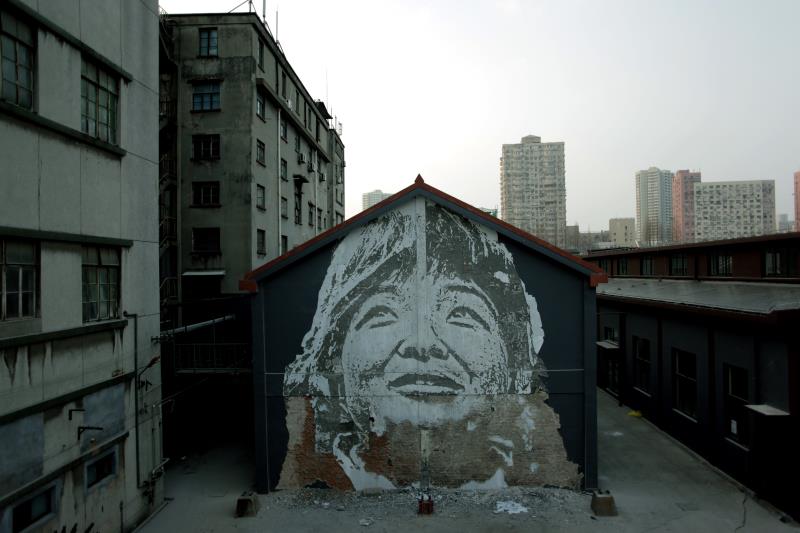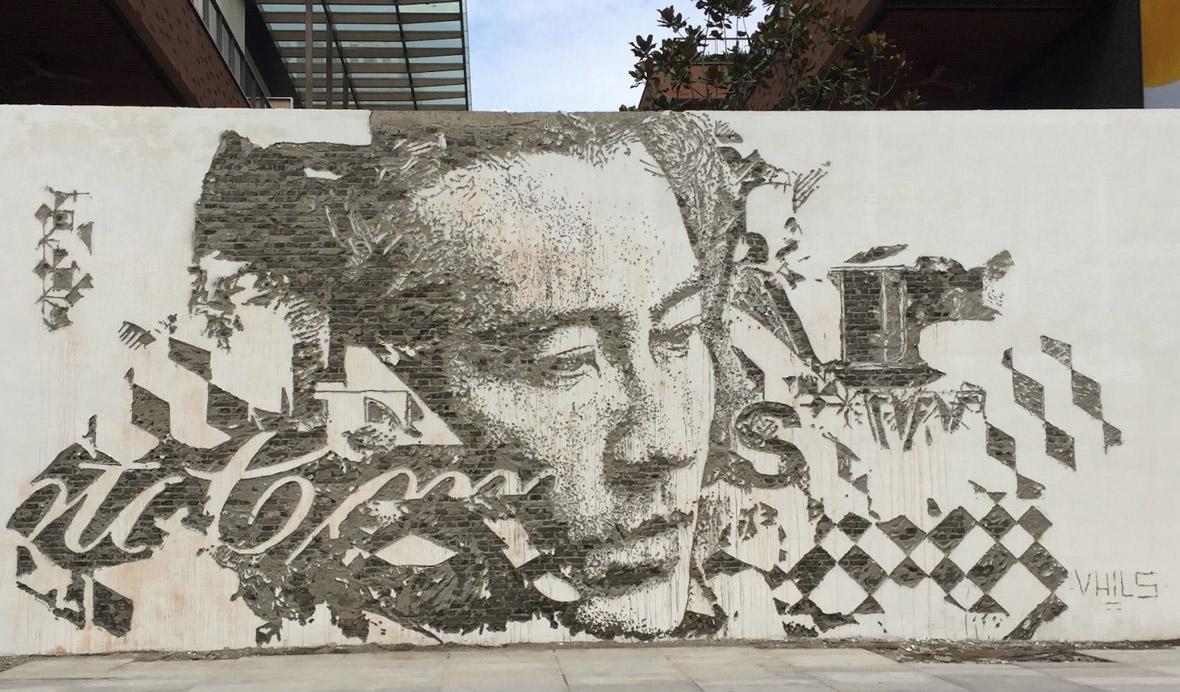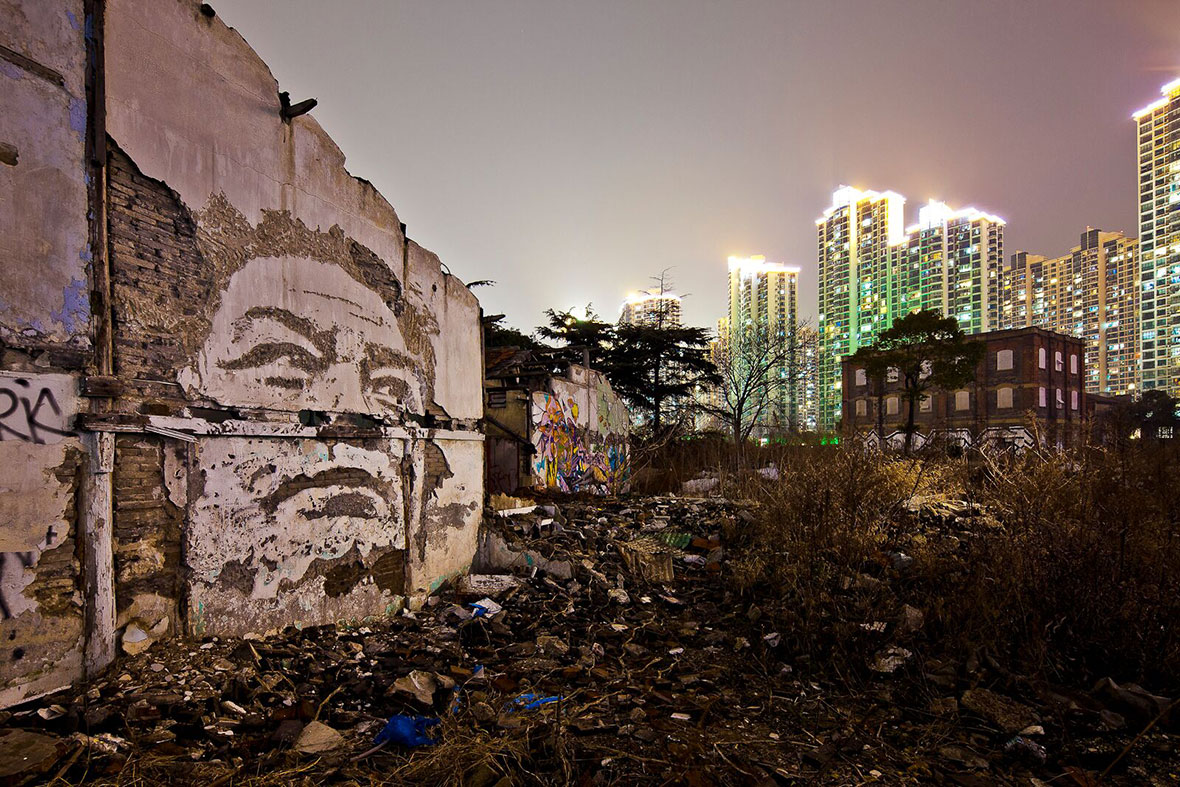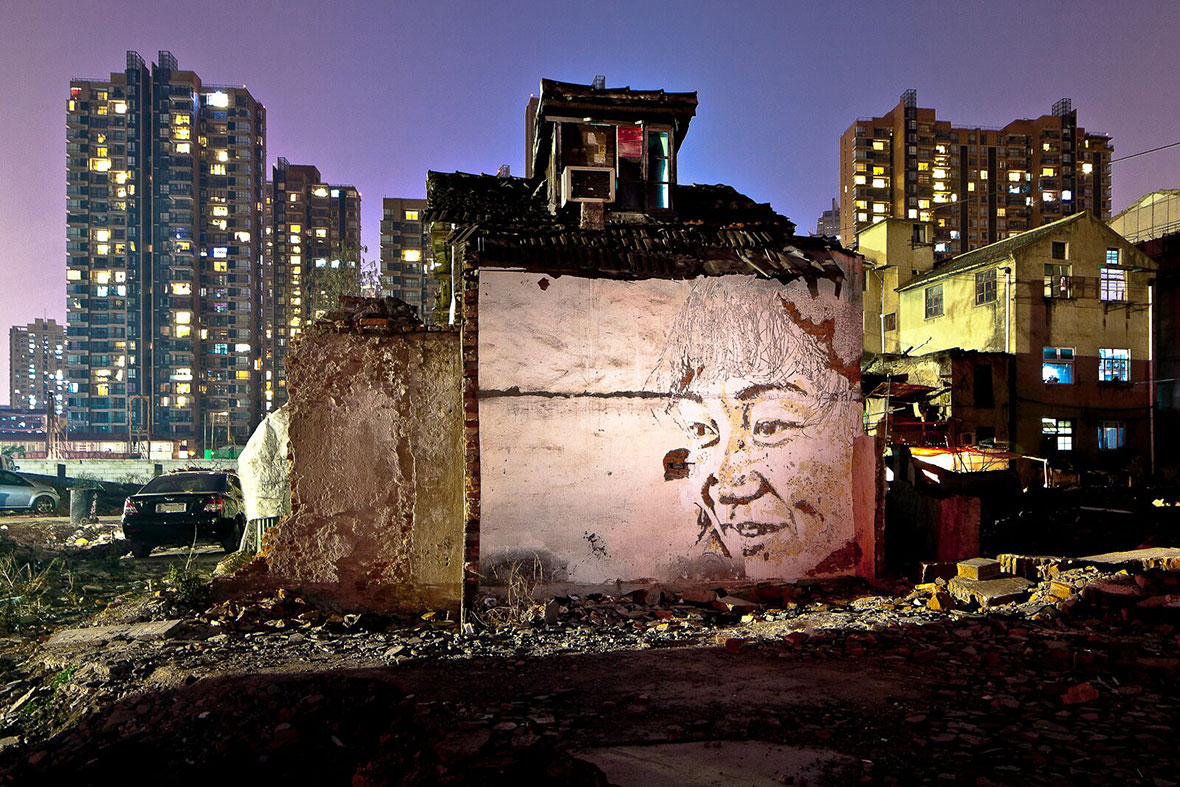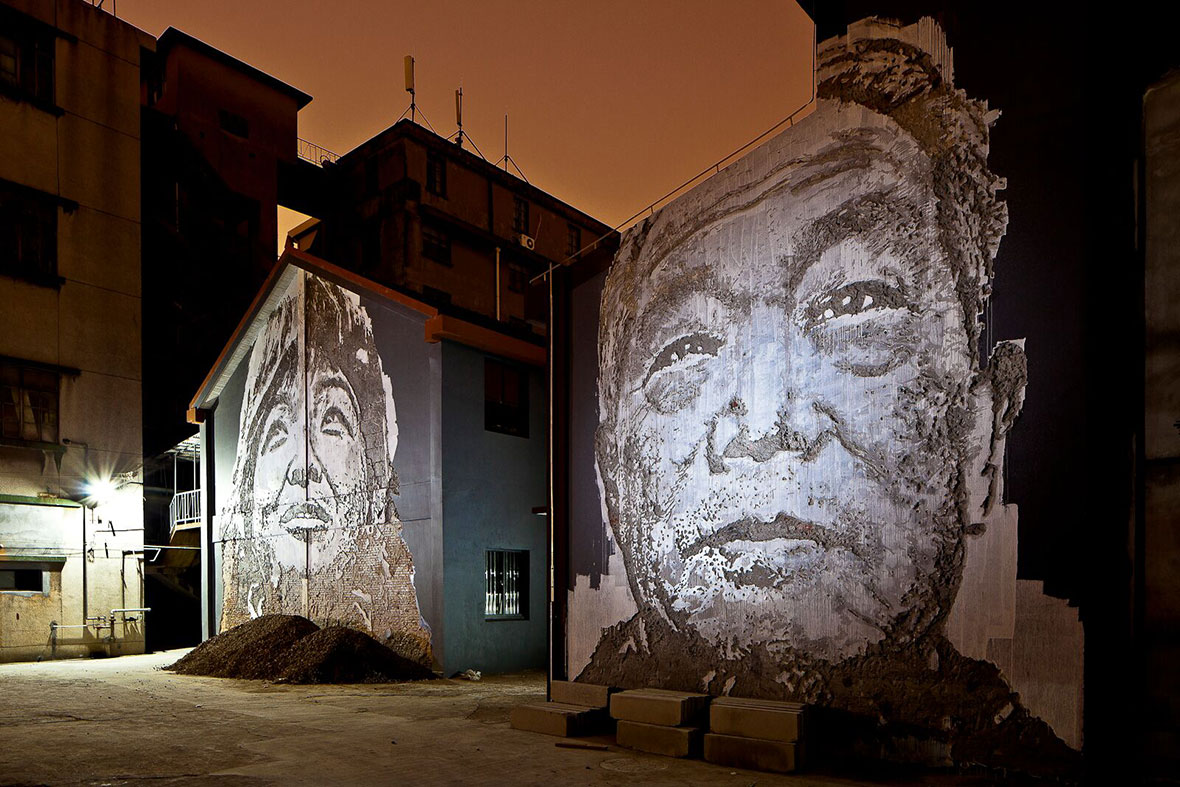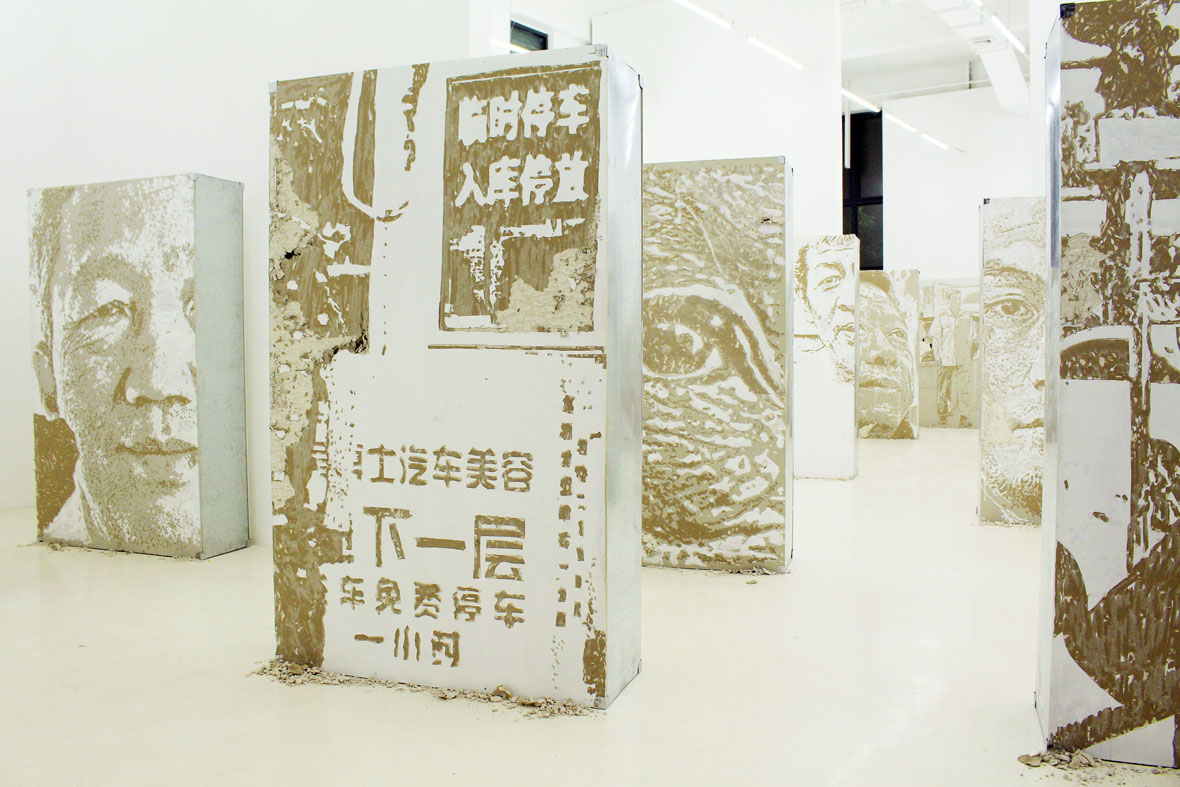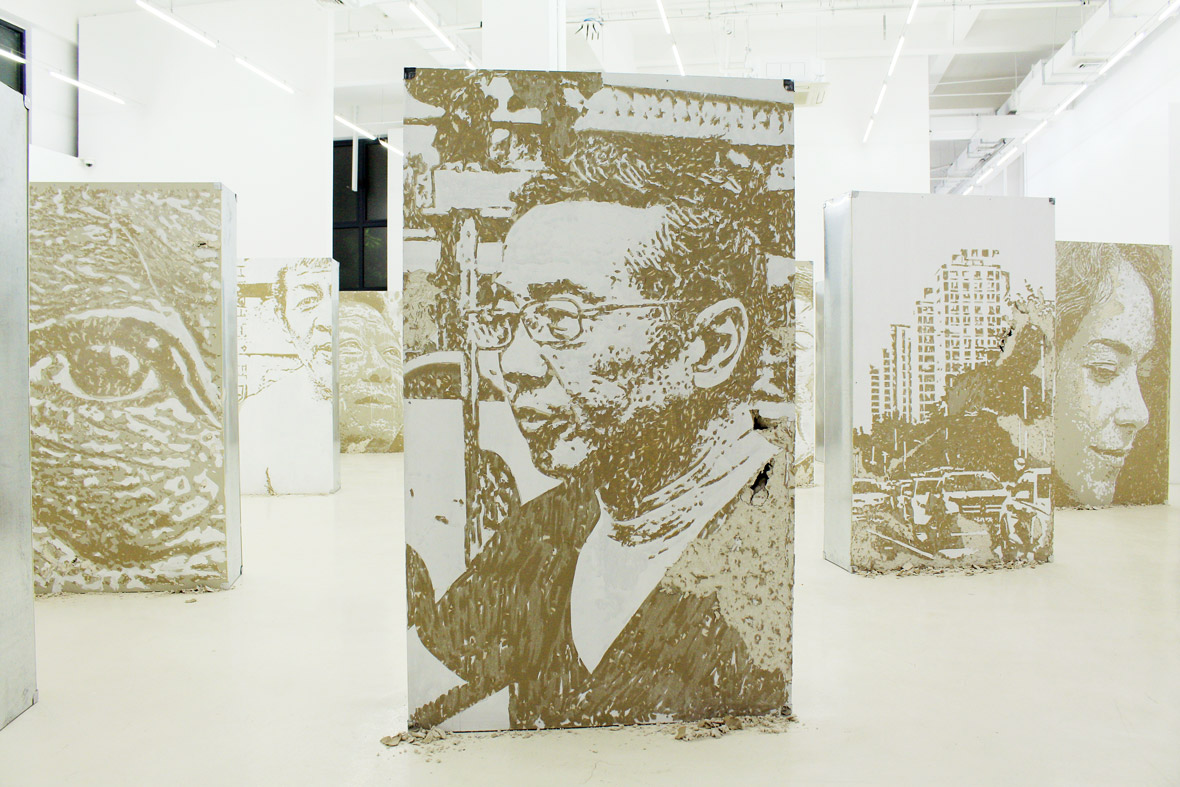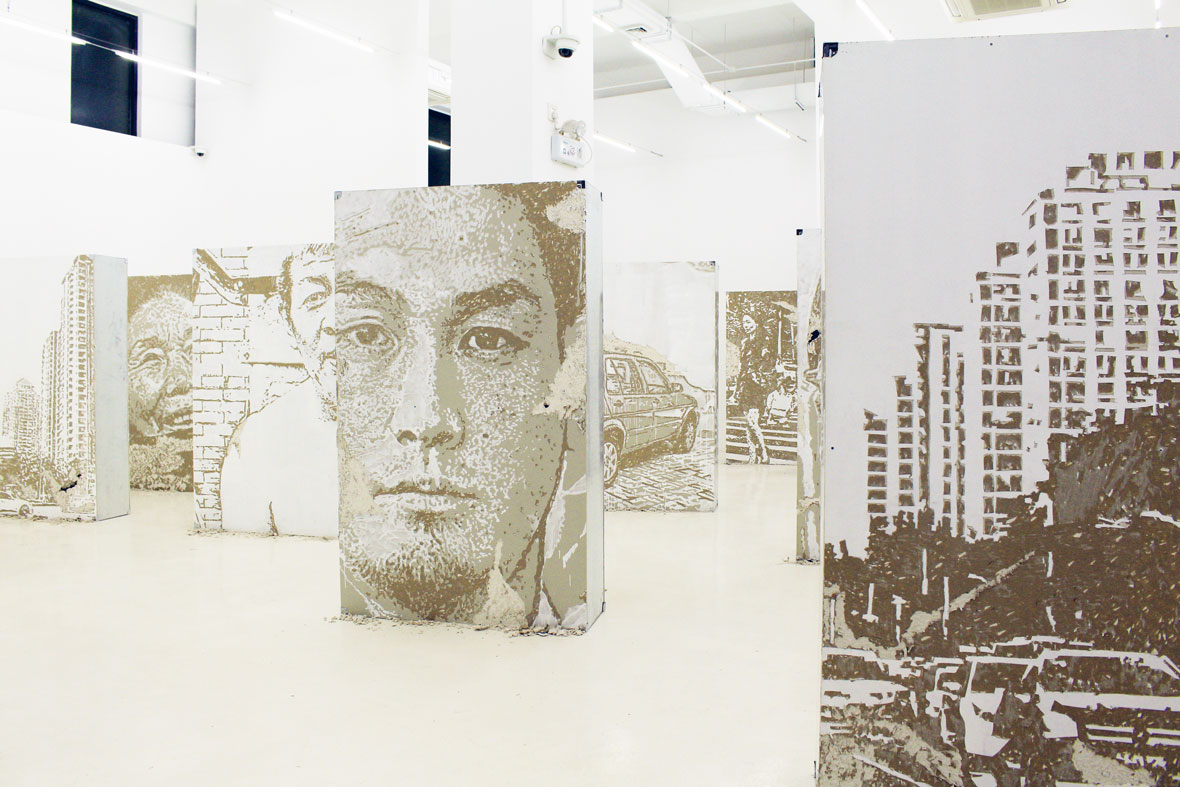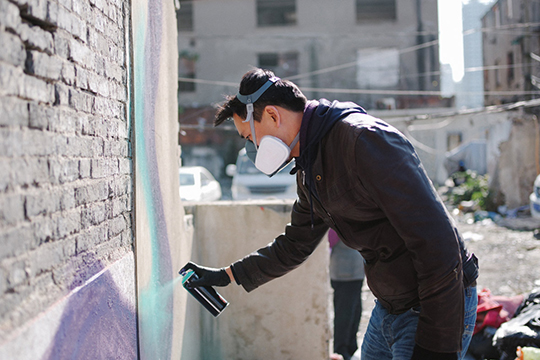In 2016, in Berlin, Heji Shin was hanging out anywhere pregnant women might go: prenatal yoga classes, hospitals, and birth houses. The German-Korean photographer would introduce herself to the women and ask if she could capture the most vulnerable moments of their lives: giving birth. She wasn’t successful.
But she found a solution to what felt like an impossible challenge: midwives, who over the course of a pregnancy become very close to the expectant mothers they work with.“I even had midwives calling me and saying, I have a birth—a woman agreed while she was in labor,” she recalls. “And I was like, we haven’t even met before!”
2016 年的柏林,韩裔德国摄影师 Heji Shin 的身影总是出没在孕妇出现的地方:产前瑜伽课、医院和产房。她向孕妇介绍自己,然后问她们自己能不能用相机拍摄下她们生命中最脆弱的时刻:分娩的过程。她被一一拒绝了。
这是一个看似不可能实现的事情,但她最终找到了解决办法:助产士。在孕妇怀孕期间,助产士往往会成为准妈妈非常亲密的人。“曾经有助产士打电话给我说,我这边有位妈妈在分娩时同意拍摄了。当时我就想,我们之前甚至都没见过面!”她回忆道。
Through the help of midwives, Shin was able to photograph 14 births during 2016 and 2017. She wanted to challenge the public’s perception of birth and babies. “Birth is a very violent and brutal process, and it’s very much excluded from public life, just as death is,” she says.
Through her lens, newborns are anything but cute. They look suffocated while being squeezed by their mothers’ vulvas, their oval-shaped heads covered with blood and their faces purple and black. “When you see a picture of birth, it shows a very harmonious and beautiful process,” she says, “which is not what the reality is.”
在助产士的帮助下,Heji 在 2016 和 2017 年期间一共拍摄了 14 次的分娩。通过这些照片,她希望挑战公众对出生和婴儿的看法。“出生是一个非常暴力和残酷的过程,而这个过程几乎是被排除在公众视野之外。”她说,“就像死亡一样。”
在她拍摄的照片中,新生儿一点也不可爱。当他们被母亲的阴道挤压着出来的时候,看起来就像窒息了一般,椭圆形的头部布满血丝,脸上一片紫色和黑色。Heji 说:“你所看到在大多数新生婴儿照片,基本上都是非常和谐和美好的画面。但这不是事实的情况。”
Born in Seoul in 1976, brought to Germany at two, and now based in the U.S., Shin doesn’t completely identify as German, Korean, or American. “It’s an advantage to have different cultural influences in your upbringing,” she says, “my Korean family on one side, Germany on the other side. It is an advantage to be different.”
While studying in Hamburg, Shin started working as a commissioned photographer for magazines and cosmetic companies. She knew early on that her approach didn’t align well with commercial photography. “At some point, you have to decide whether you should reorientate yourself or reconcile yourself to what you want to do. I just reorientated myself, and it was a very natural thing for me to go into art photography.”
Now she works on both commercial and art projects. Many of them feature individuals’ most private and intimate moments. How does she feel when she’s shooting? “I don’t always feel very comfortable,” she admits. “But the idea is to leave my comfort zone.”
Heji 于 1976 年出生于首尔,两岁时被带到德国生活,现定居美国。Heji 并不完全认为自己是德国人、韩国人或美国人。“在成长过程中能够体验不同的文化,这是好事。”她说,“一边是我的韩国家庭,另一边是我的德国家庭。有这样不同的生活经历是一种优势。”
在汉堡读书的时期,Shin 开始担任杂志和化妆品公司的摄影师。她很快就意识到,自己的创作方式与商业摄影并不一致。“某些时候,你必须要决定到底是要重新定位自己,还是要让自己适应想要做的事情。我选择了重新定位自己,对我来说,进入艺术摄影是很自然的事情。”
现在她的创作兼备了商业和艺术项目。其中许多题材都是个人比较私密和亲密的时刻。当她拍摄时,她会有什么感觉?“我有时候也会觉得不太舒服。”她说,“但我的想法是走出我的舒适区。”

With complete creative freedom for the Eckhaus Latta’s Spring ’17 campaign, she wanted to combine the idea of fashion advertising with porn, she said. The eight real couples featured in the campaign are half-dressed in the season’s clothes and lost in each other’s eyes as they engage in explicit sexual acts. It struck her a logical step for her after she provided photography for a German sex education book for teens.
Several media outlets called the shoot the most provocative fashion campaign of 2017. Although the overall images are suggestive, the couples’ intimate parts are pixelated. “The images display less what of viewers think they’re looking at,” she says. To her, that’s the most interesting aspect of it.
在她为 Eckhaus Latta 2017 春夏系列拍摄的一组广告片中,她有了将时尚广告与色情片相结合的想法。在该系列的广告片中,八对现实生活中的情侣穿着当季新款服装,半裸着身体,在镜头前沉迷于两人的性爱中。此次的摄影灵感正是源于她之前为青少年拍摄的一本畅销的性爱教科书。
一些媒体将这组广告大片称为 2017 年最具挑衅性的时尚广告。虽然整组照片充满大胆的性爱,但情侣的隐私部位都加了马赛克。“这些照片原来的画面其实并没有观众想像的那么大胆。”她说,而这也是这组照片的有趣之处。
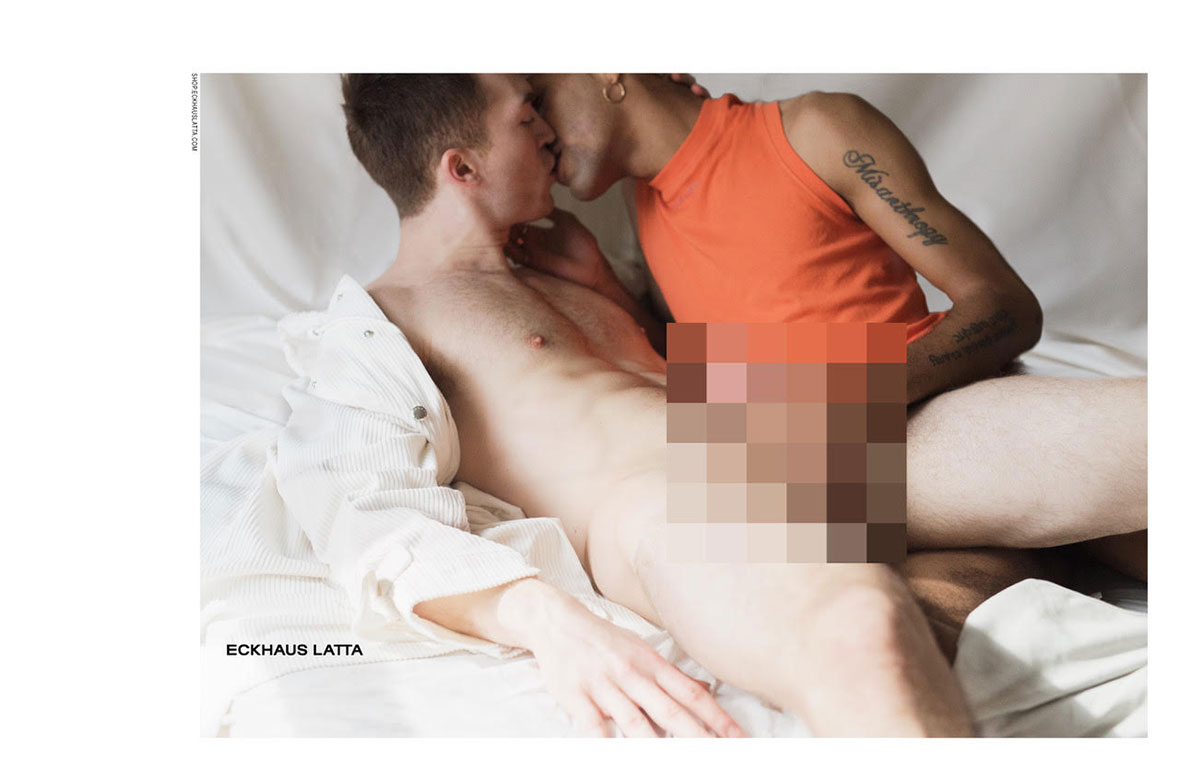

Shin is also drawn to the idea of depicting gay culture as a female artist, and she explored her fascination in Men Photographing Men, a series of pornographic gay photos shot in the very gallery where they were exhibited. “The viewer becomes the witness, but in an alternate time,” Shin explains. “The mere idea of witnessing what happened is stimulating.” These photos lack the pixelated blurring of the previous series.
Featuring handsome men she found through Craigslist and model agencies, Men Photographing Men is a humorous approach to the policing and surveillance of masculinity. One photo depicts a naked man lying on a black sofa, sword in one hand, his own erect penis in the other. Another photo captures the intense gaze between two men in police uniforms, one leaning on the other’s shoulders.
作为一名女性艺术家,Heji 也对描绘同性恋文化特别感兴趣,并创作了《Men Photographing Men》(男人拍摄男人)来展现这种迷恋。这是一系列同性恋的情色照片,拍摄地正是这些照片所展出的画廊。“观众变成证人,只是在不同的时空中。” Heji 说,“目睹正在发生的事情,单是这种想法就令人兴奋。”整个系列的照片都没有在网络上发表过。
她通过 Craigslist 和模特经纪公司来找英俊的男模特来拍摄《Men Photographing Men》,以一种幽默的方式来展现社会对男性气质的监督和审视。在一张照片中,一个裸体男子躺在黑色沙发上,一只手拿着剑,另一只手则握着自己勃起的阴茎。另一张照片则是两名身穿警服的男子,热烈地注视对方,其中一人靠在另一人的肩膀上。
“Art is not only about pure creativity alone, or manifesting your and other people’s beliefs,” Shin says, “it’s about experimenting and challenging common ideas, your own ideas.”
“艺术不仅仅是纯粹的创意,或是表达你和他人的信仰。” Heji 说,“艺术也需要试验和挑战一些人们习以为常的想法以及你自己的想法。”
Like our stories? Follow us on Facebook and Instagram.
Website: hejishin.com
Instagram: @hejishin
Contributor: Jiang Yaling
Chinese Translation: Olivia Li
Images Courtesy of Heji Shin, Reena Spaulings Fine Art (New York), and Galerie Buchholz (Berlin)
网站: hejishin.com
Instagram: @hejishin
供稿人: Jiang Yaling
英译中: Olivia Li
图片由 Heji Shin、纽约 Reena Spaulings 美术馆和柏林 Buchholz 画廊提供

